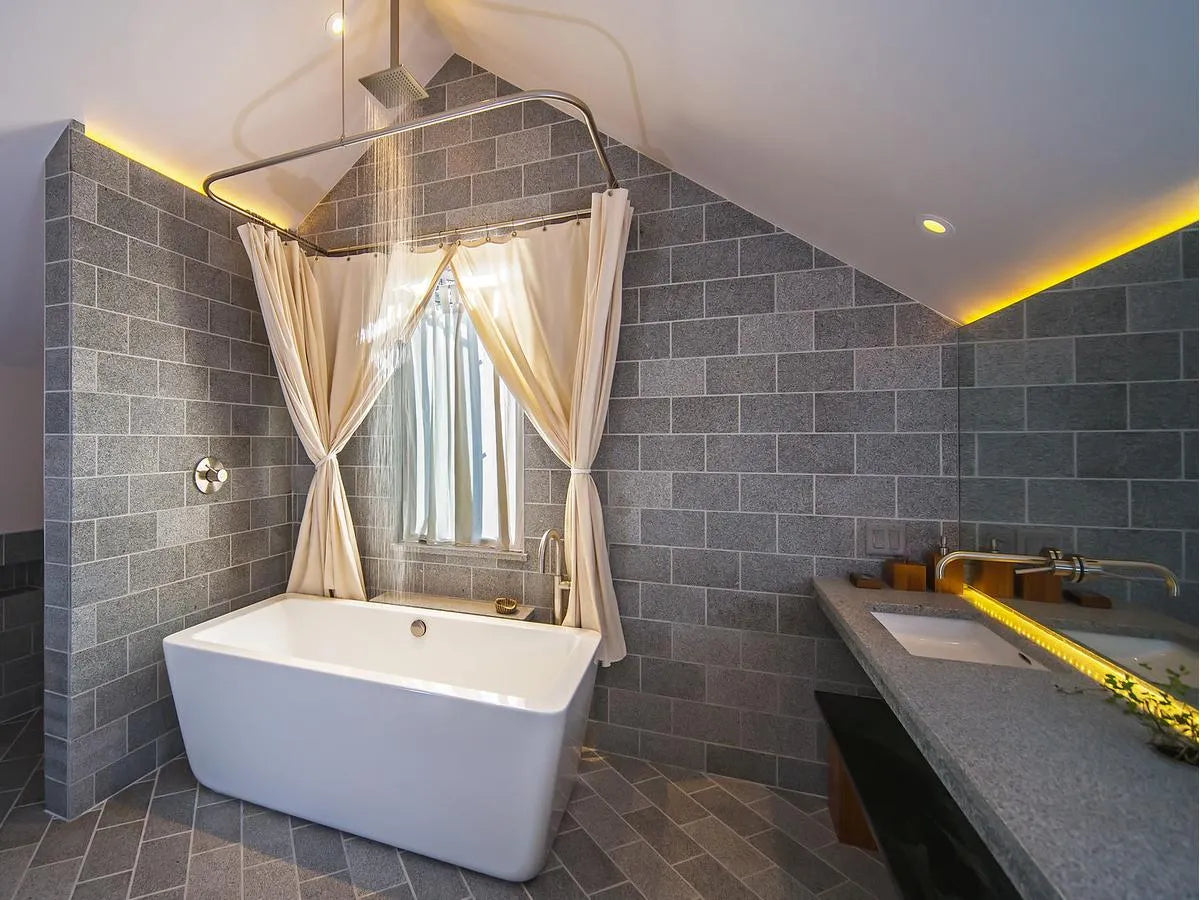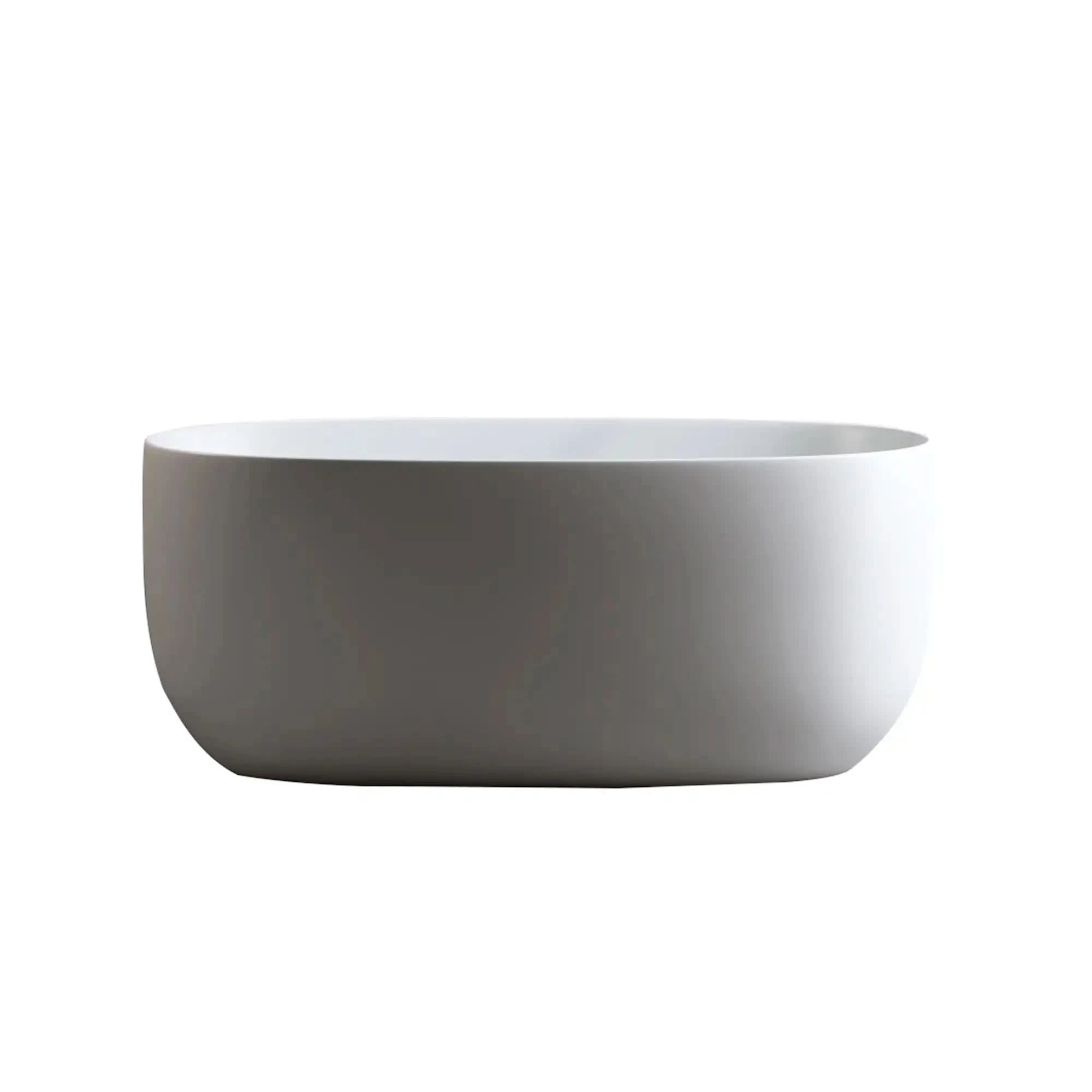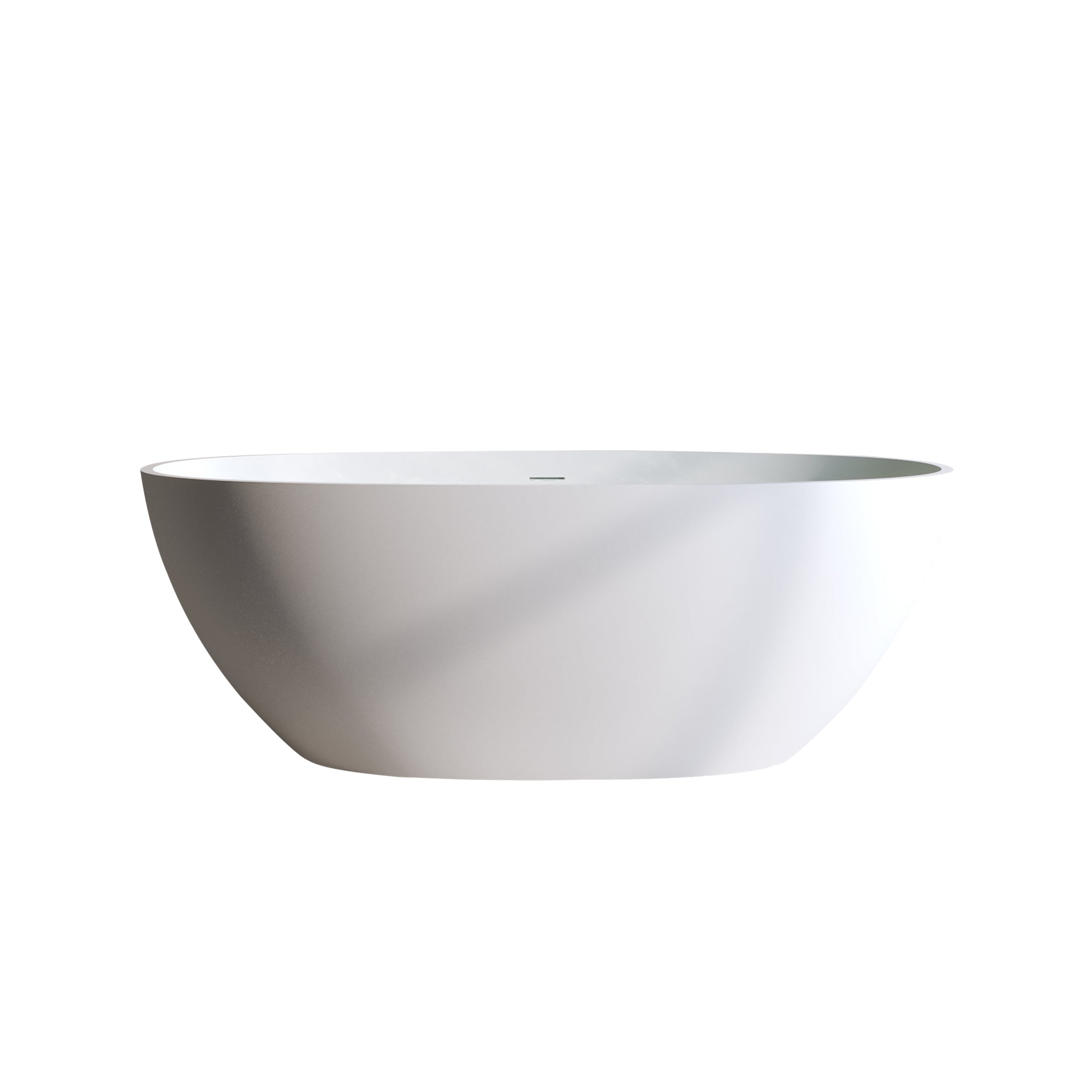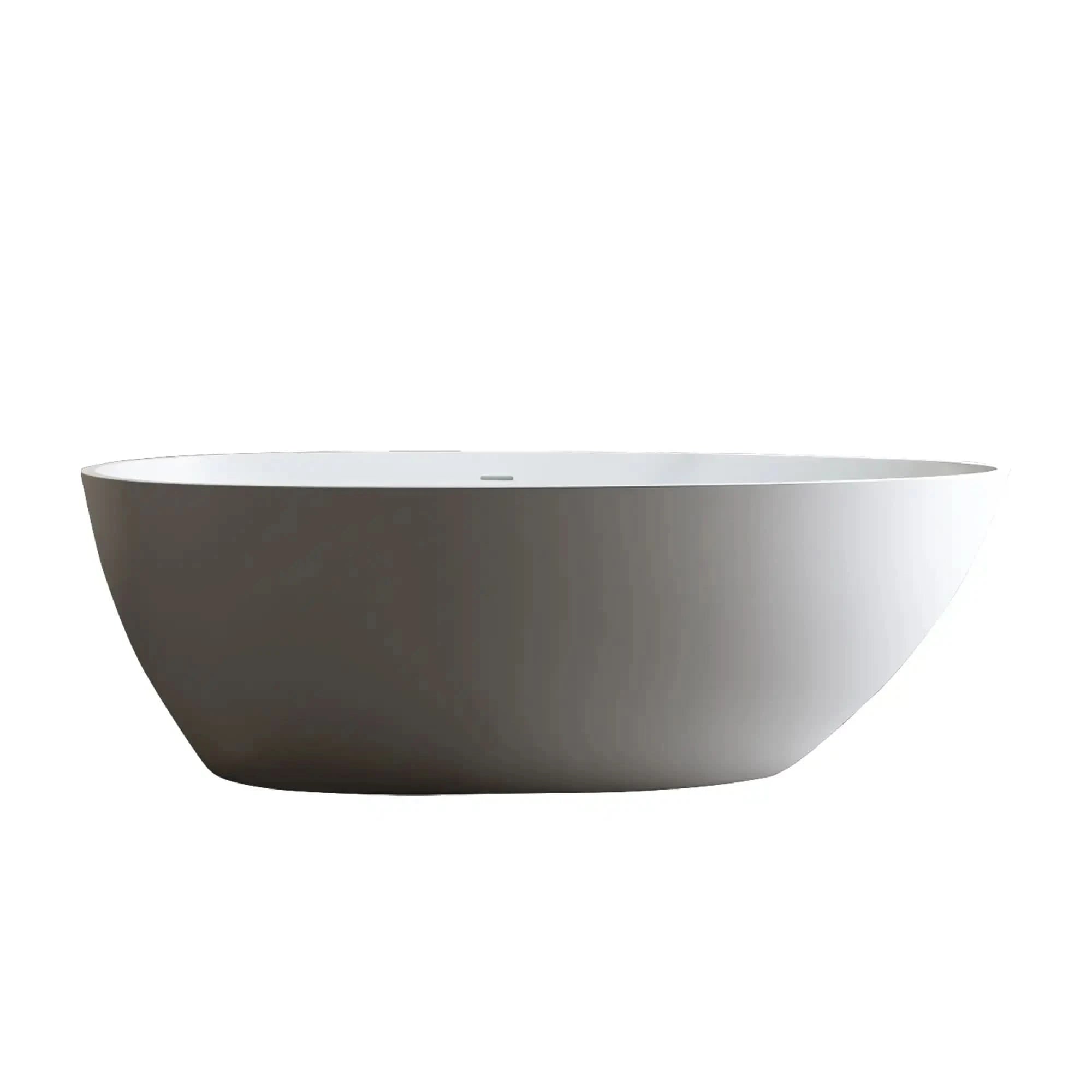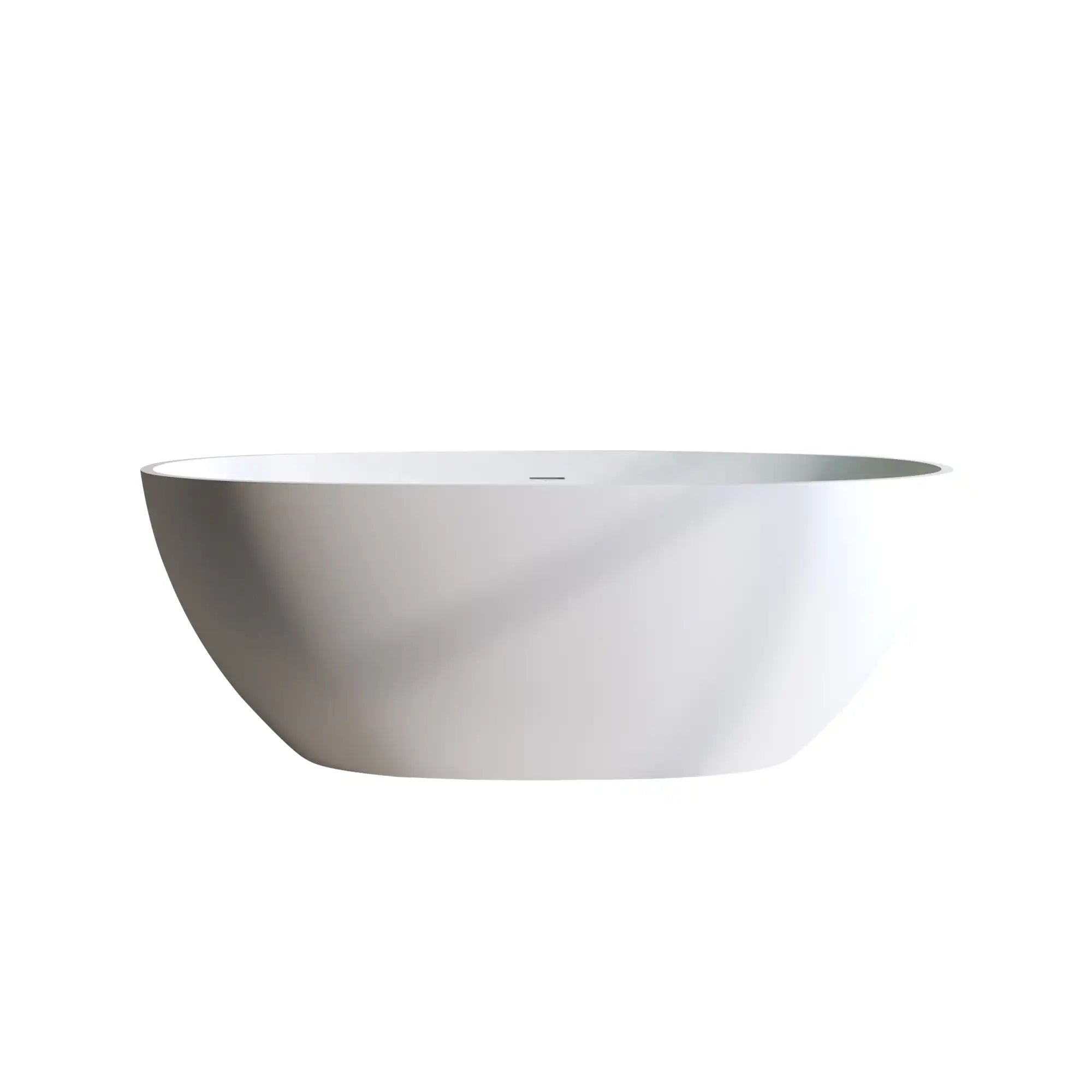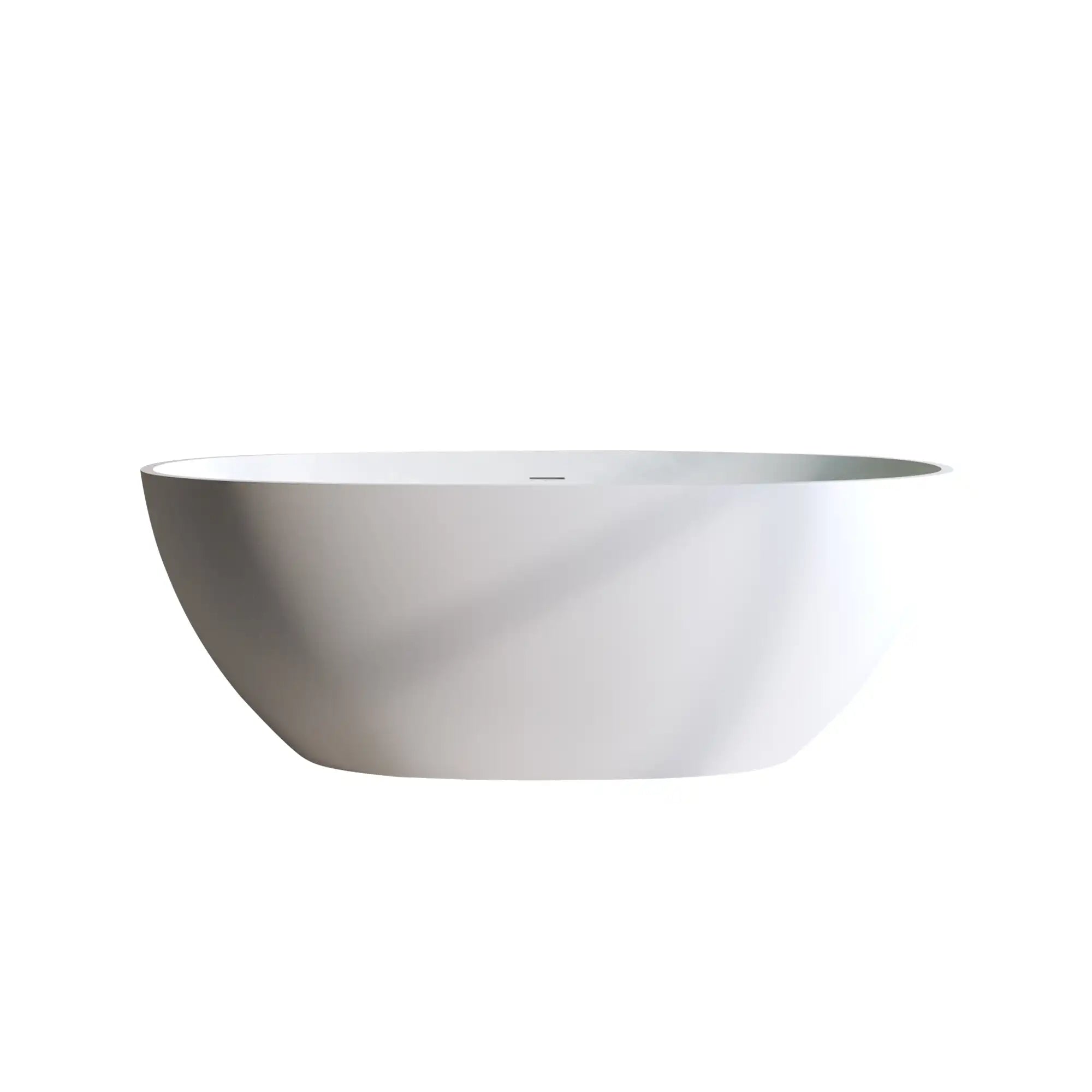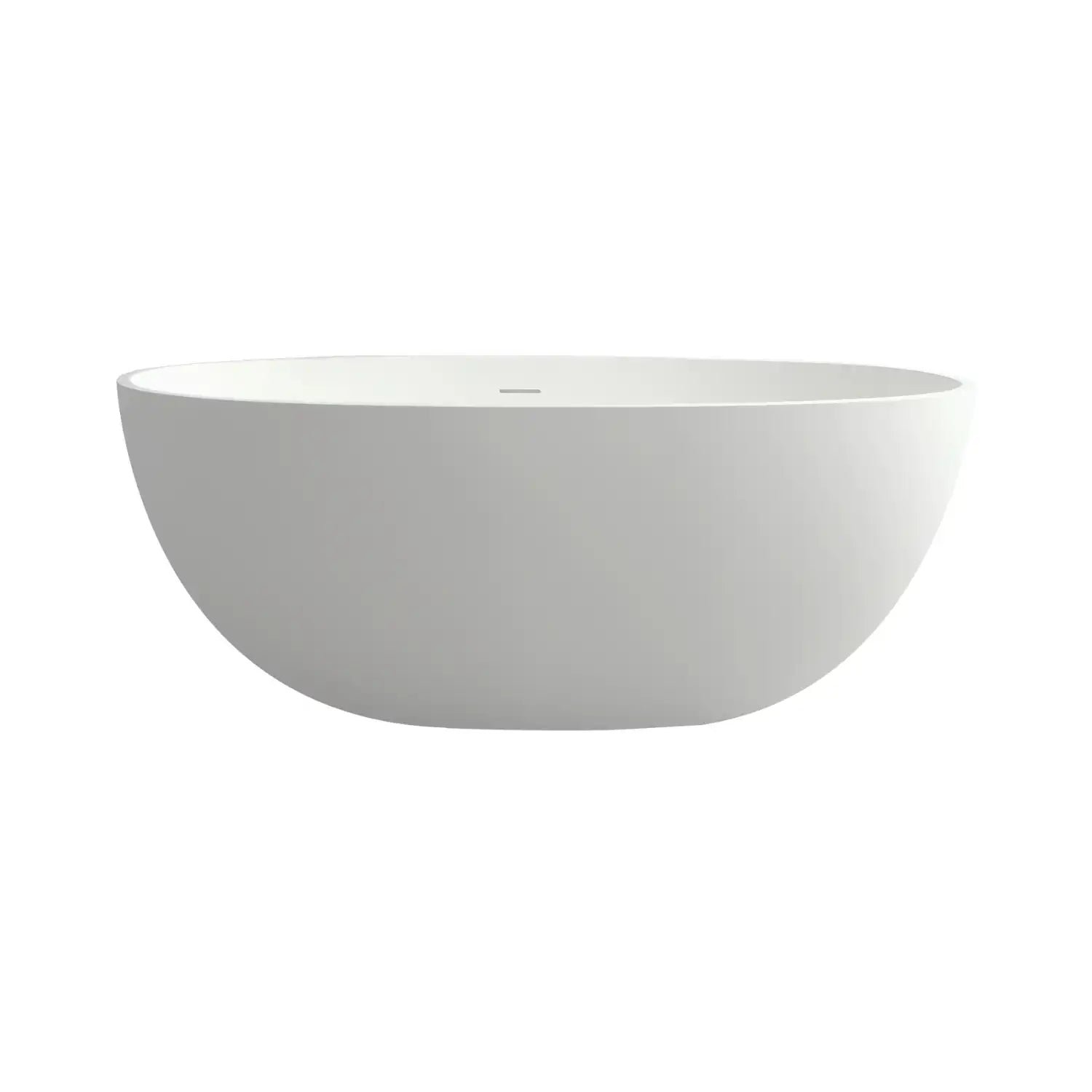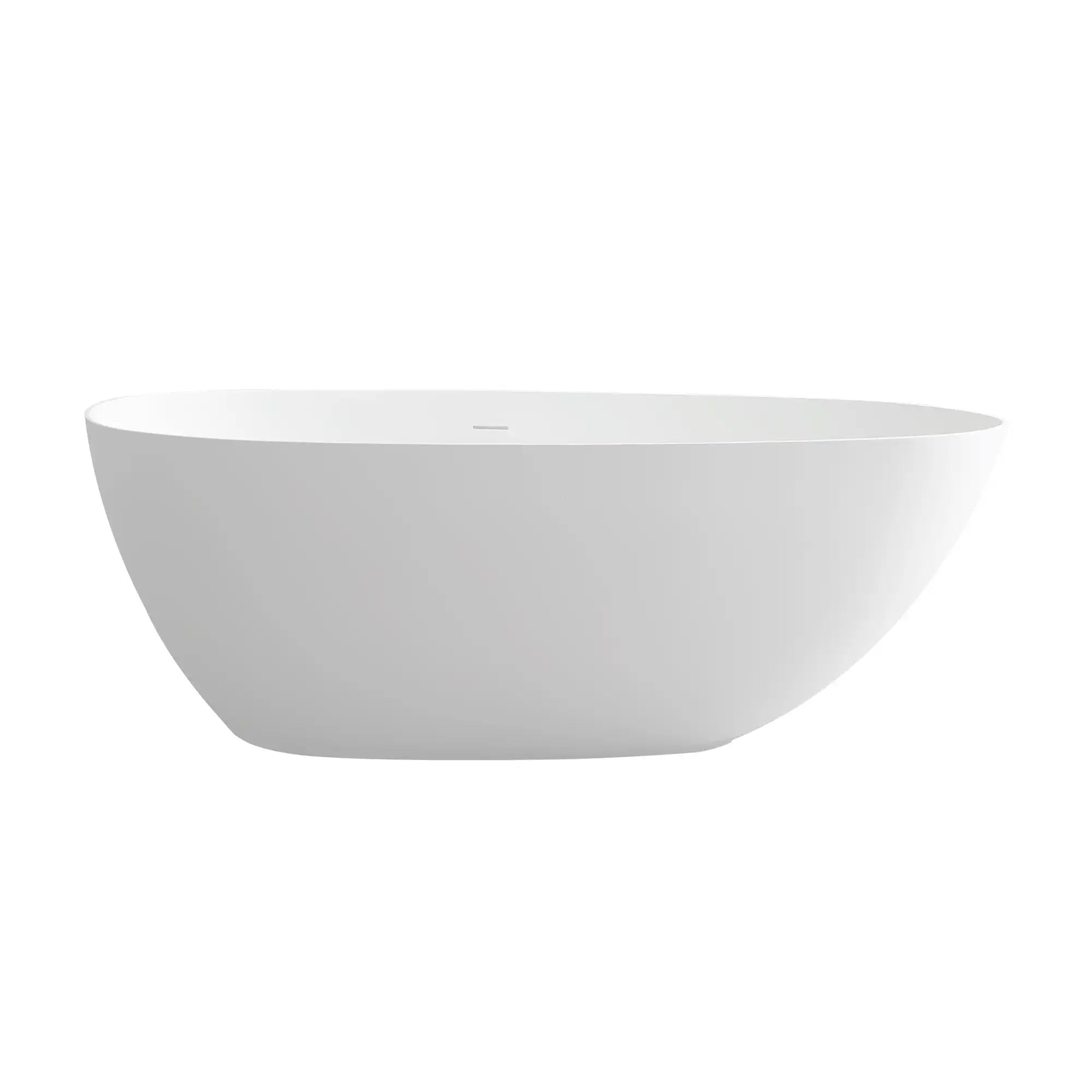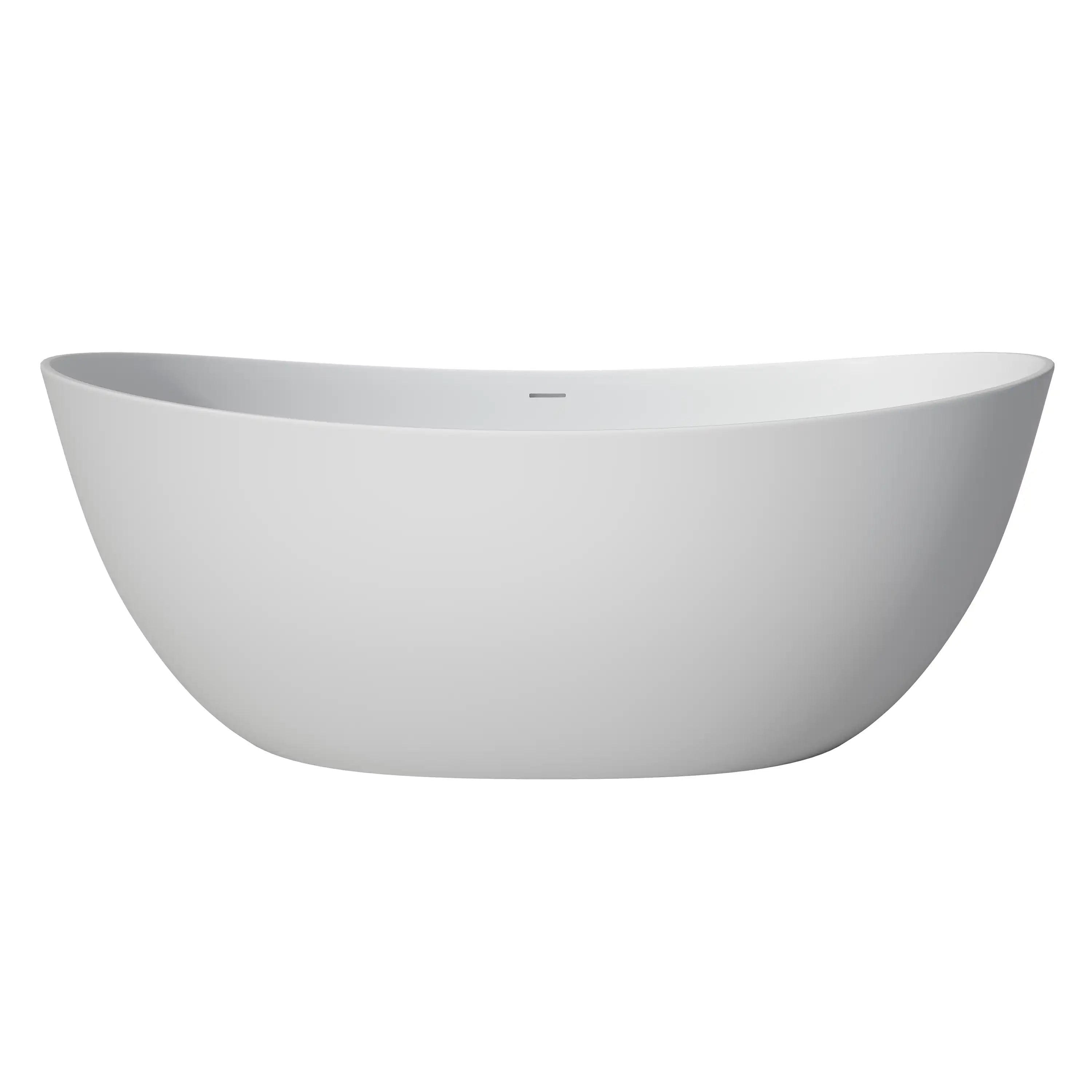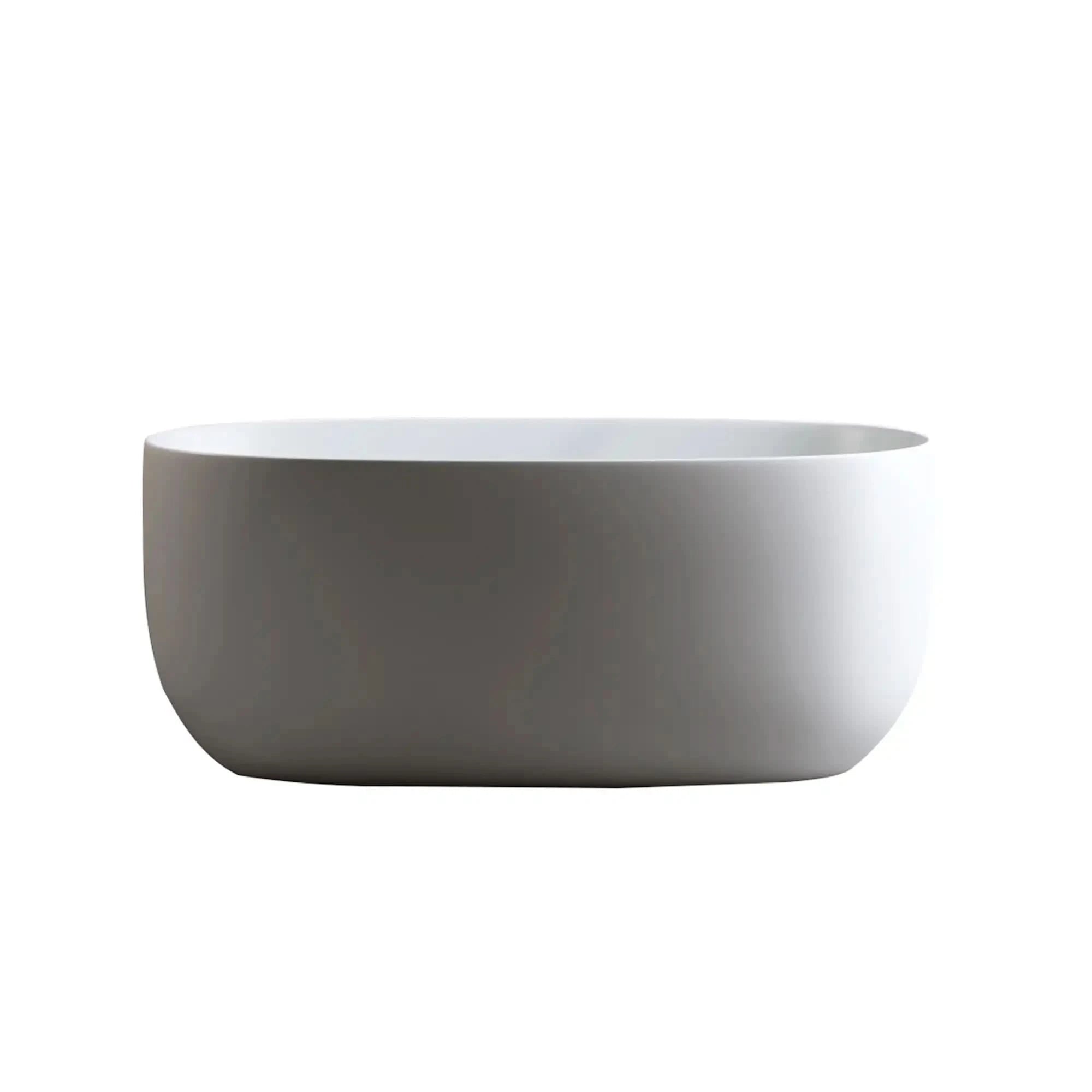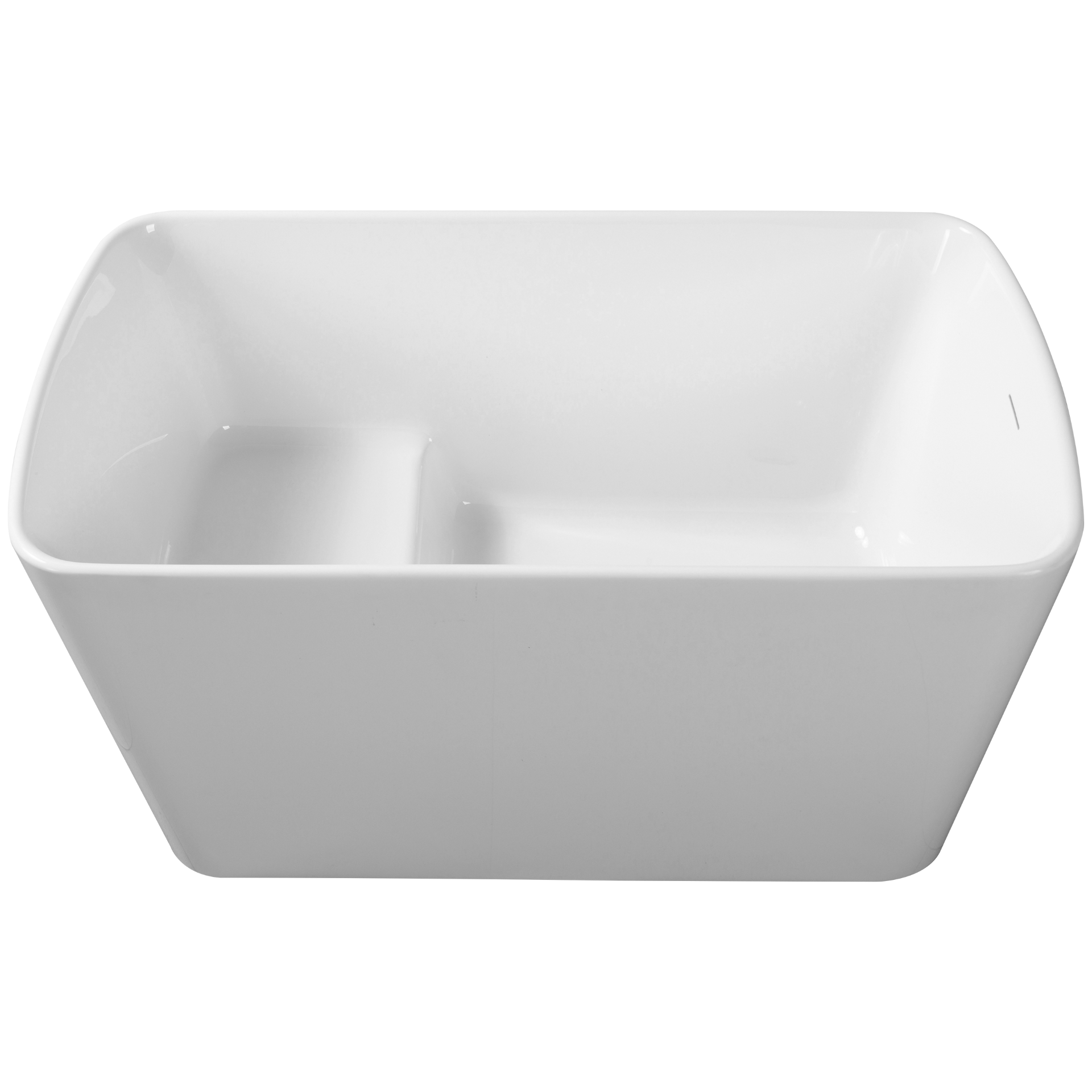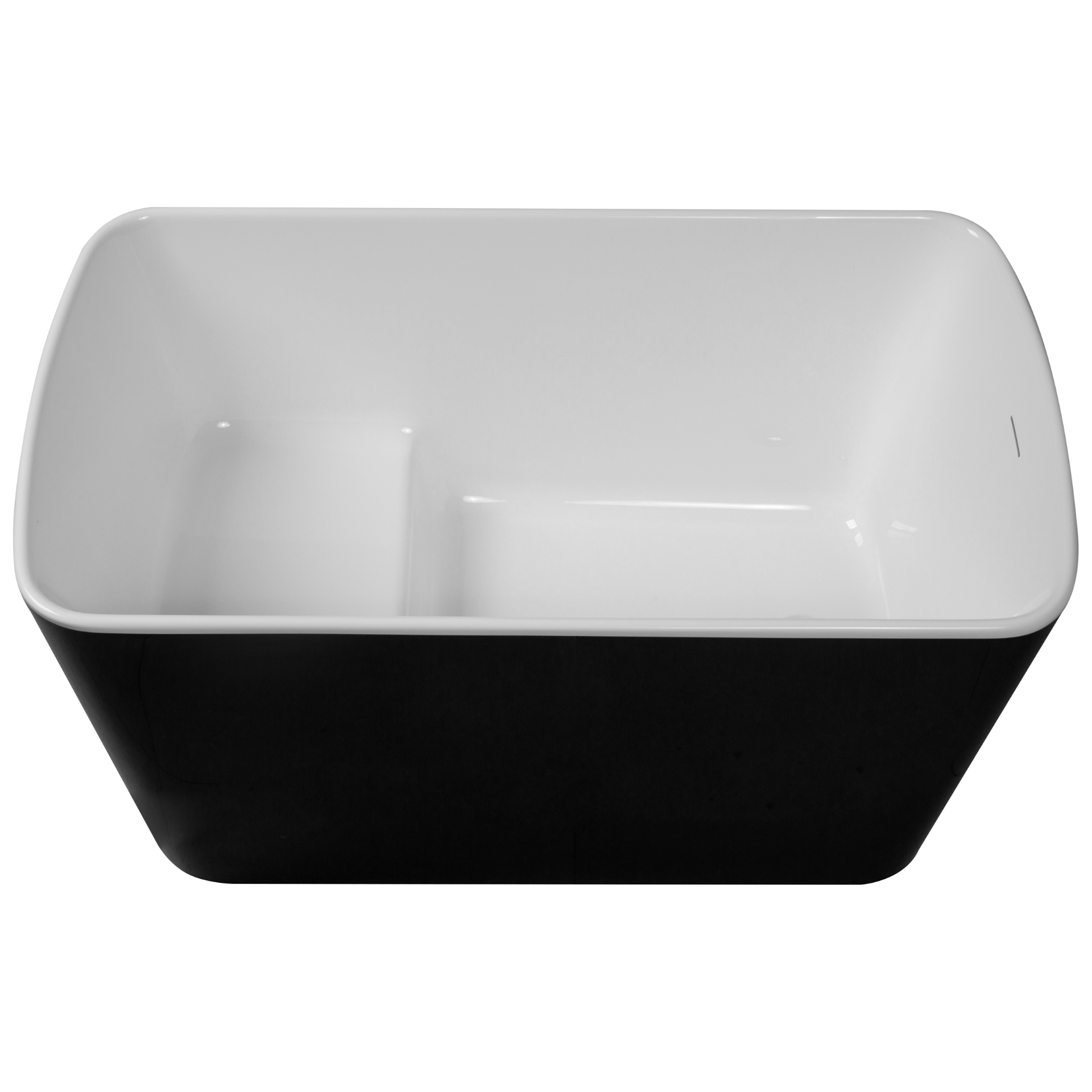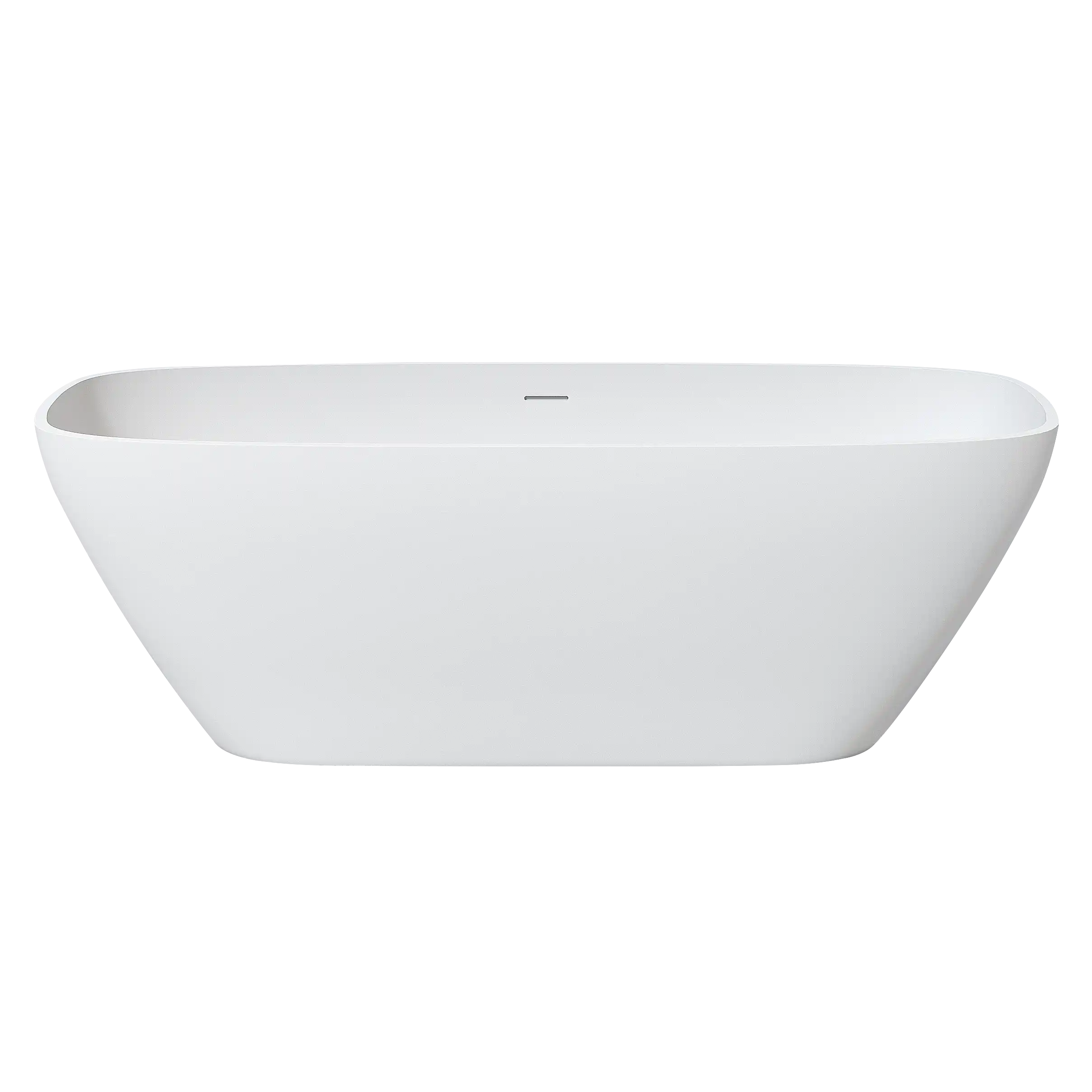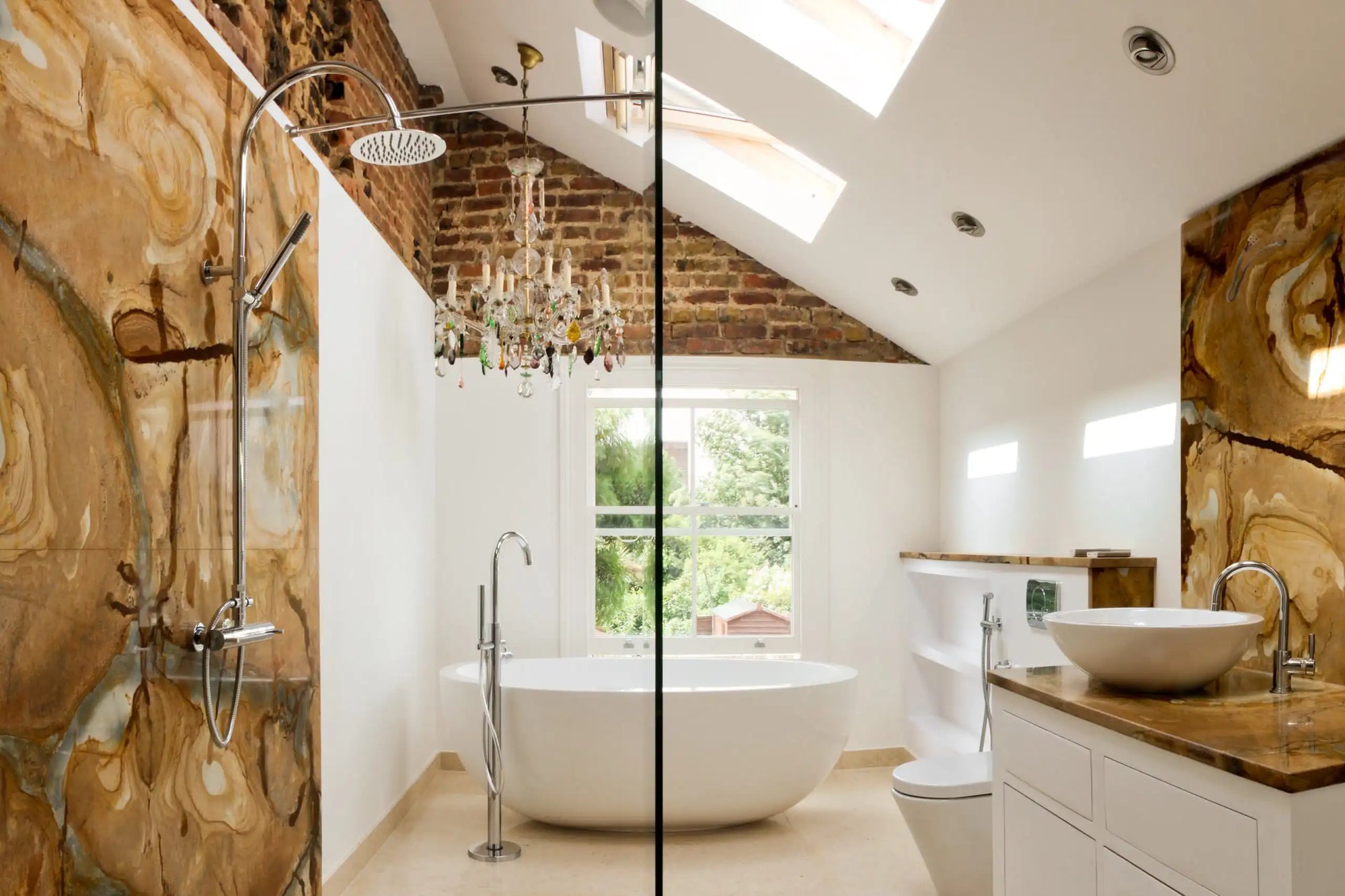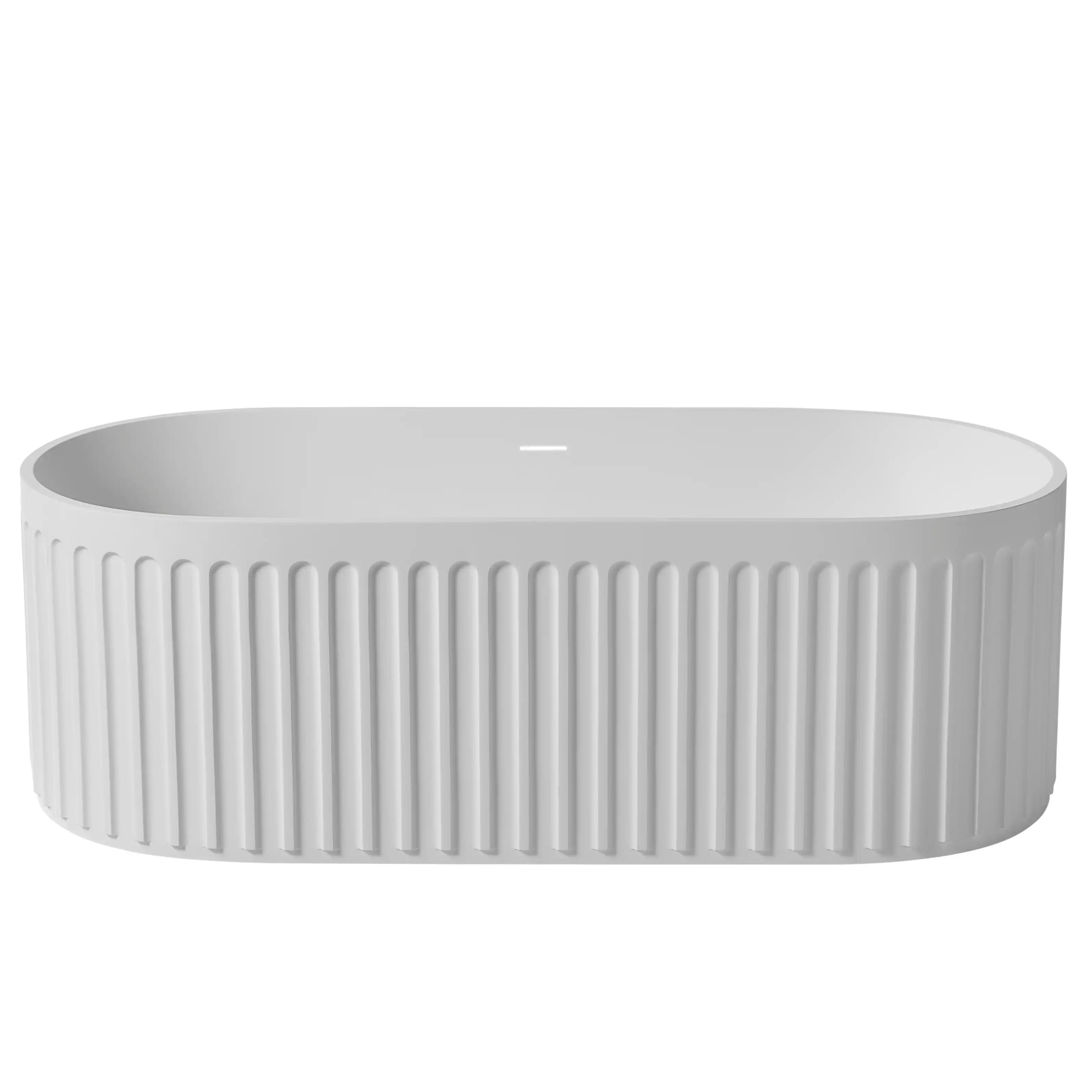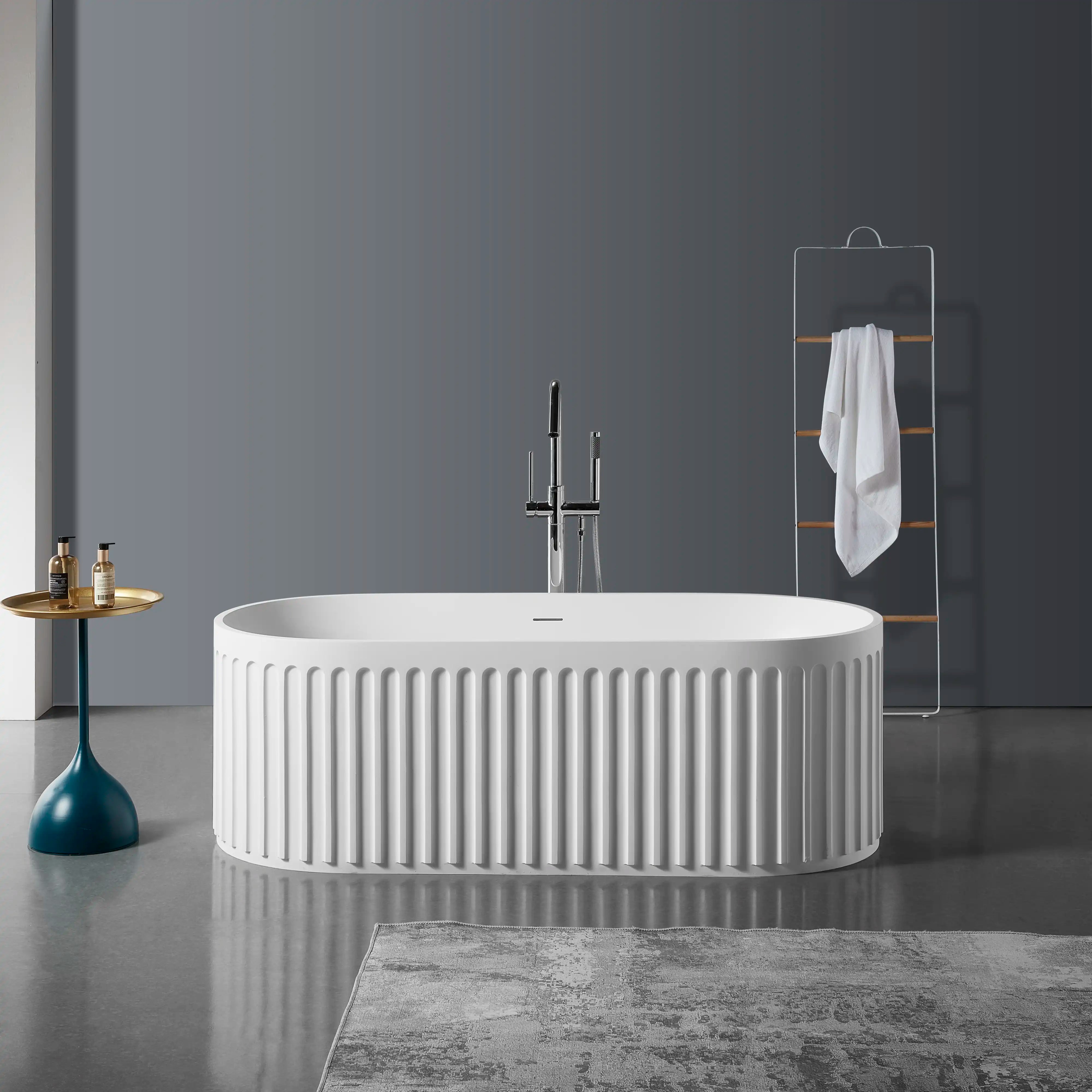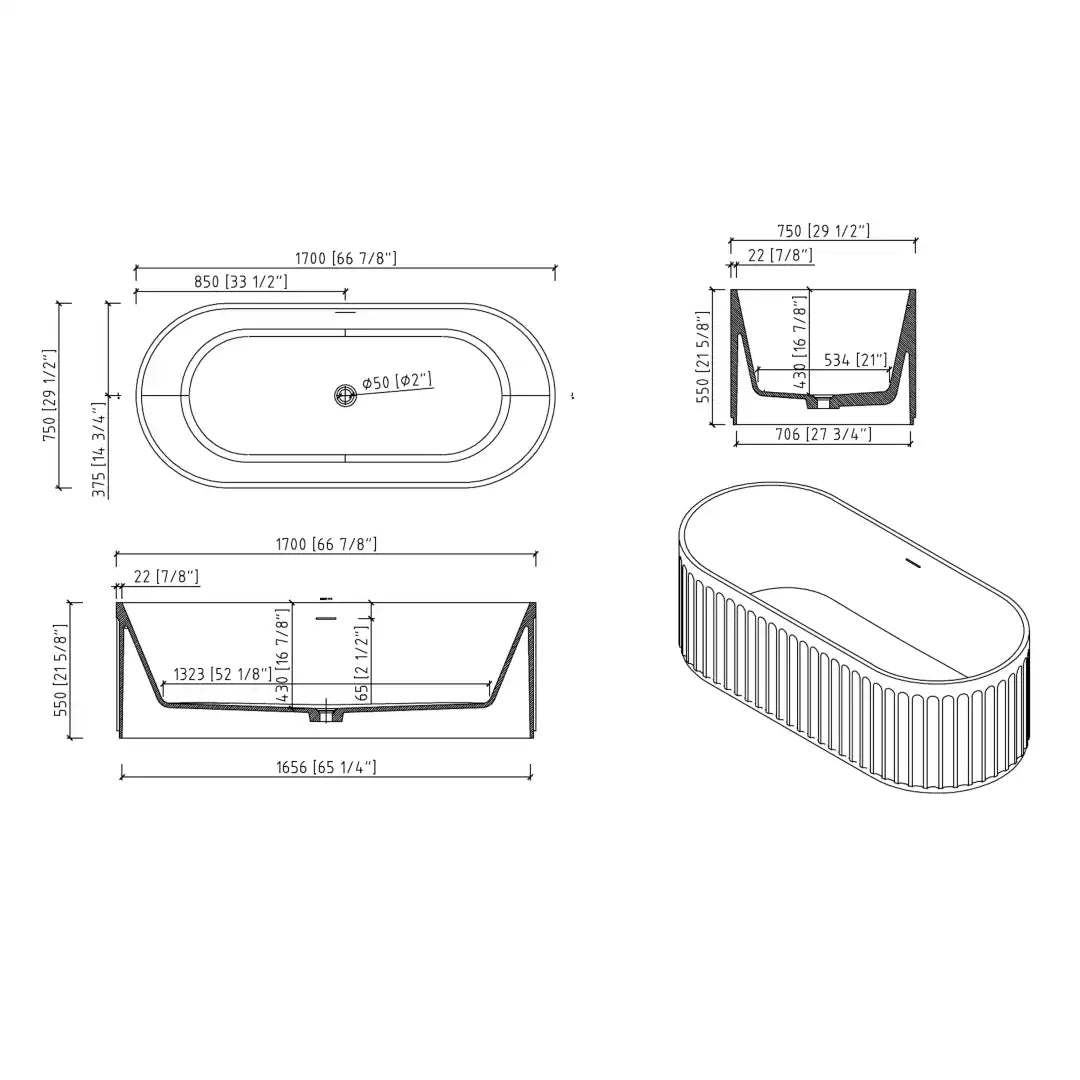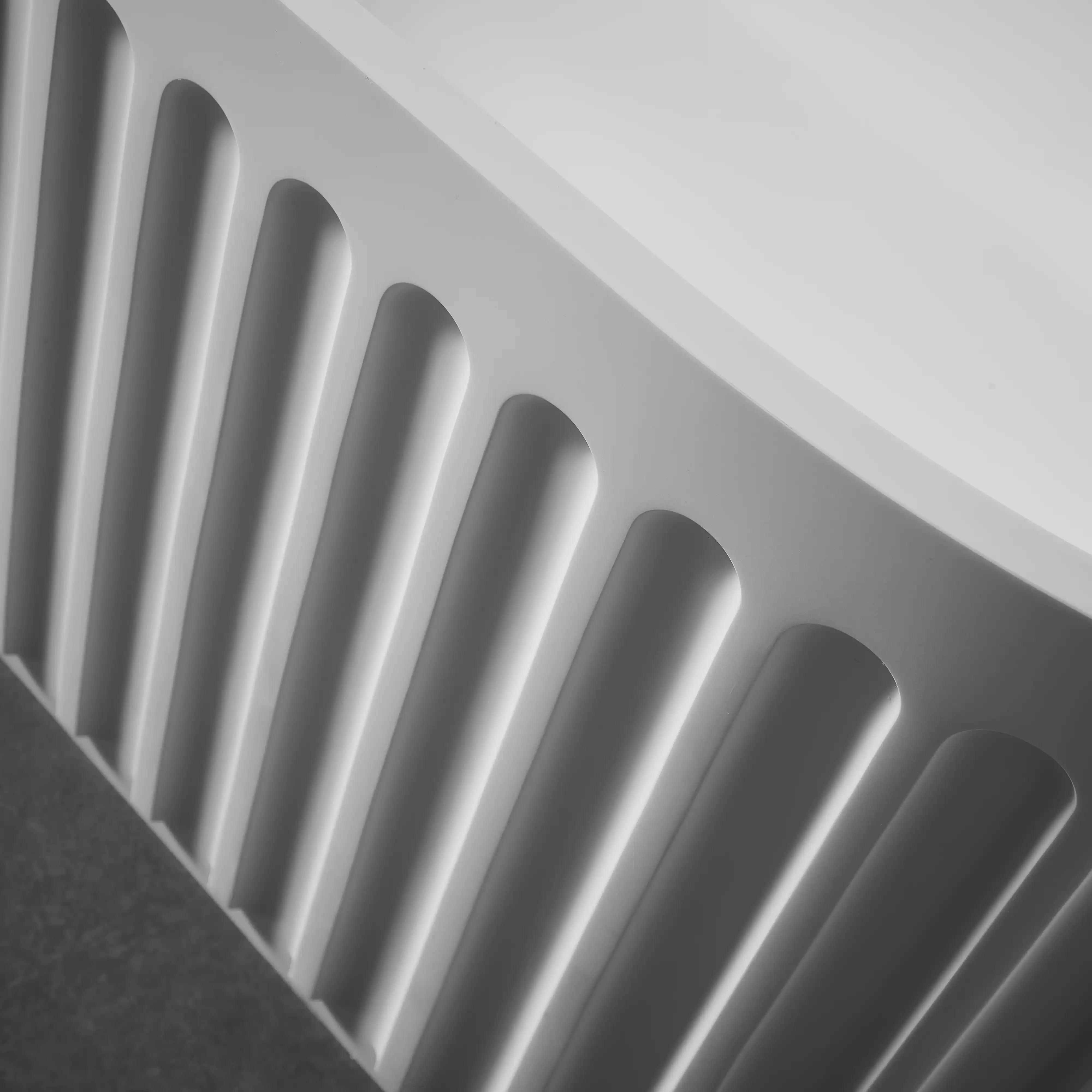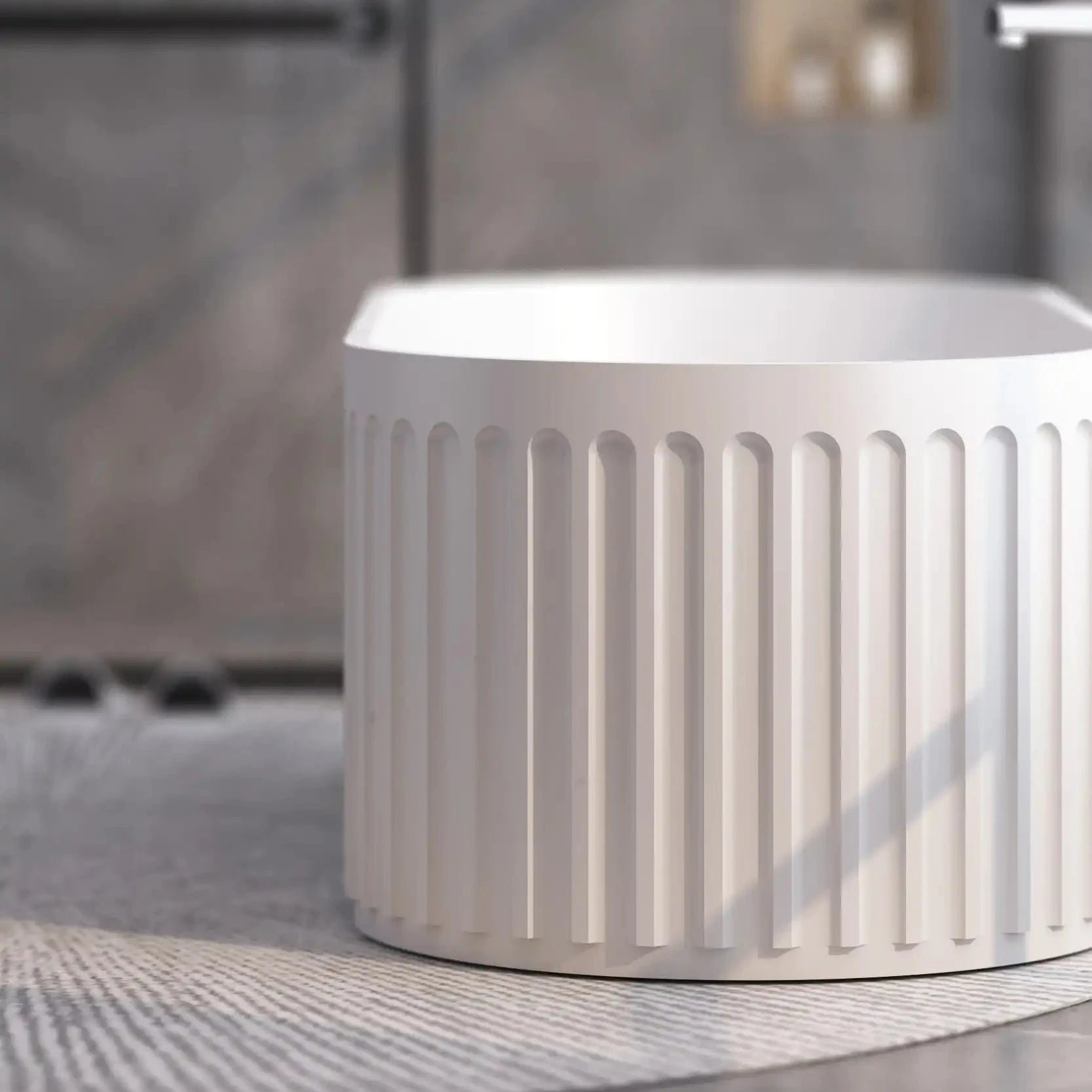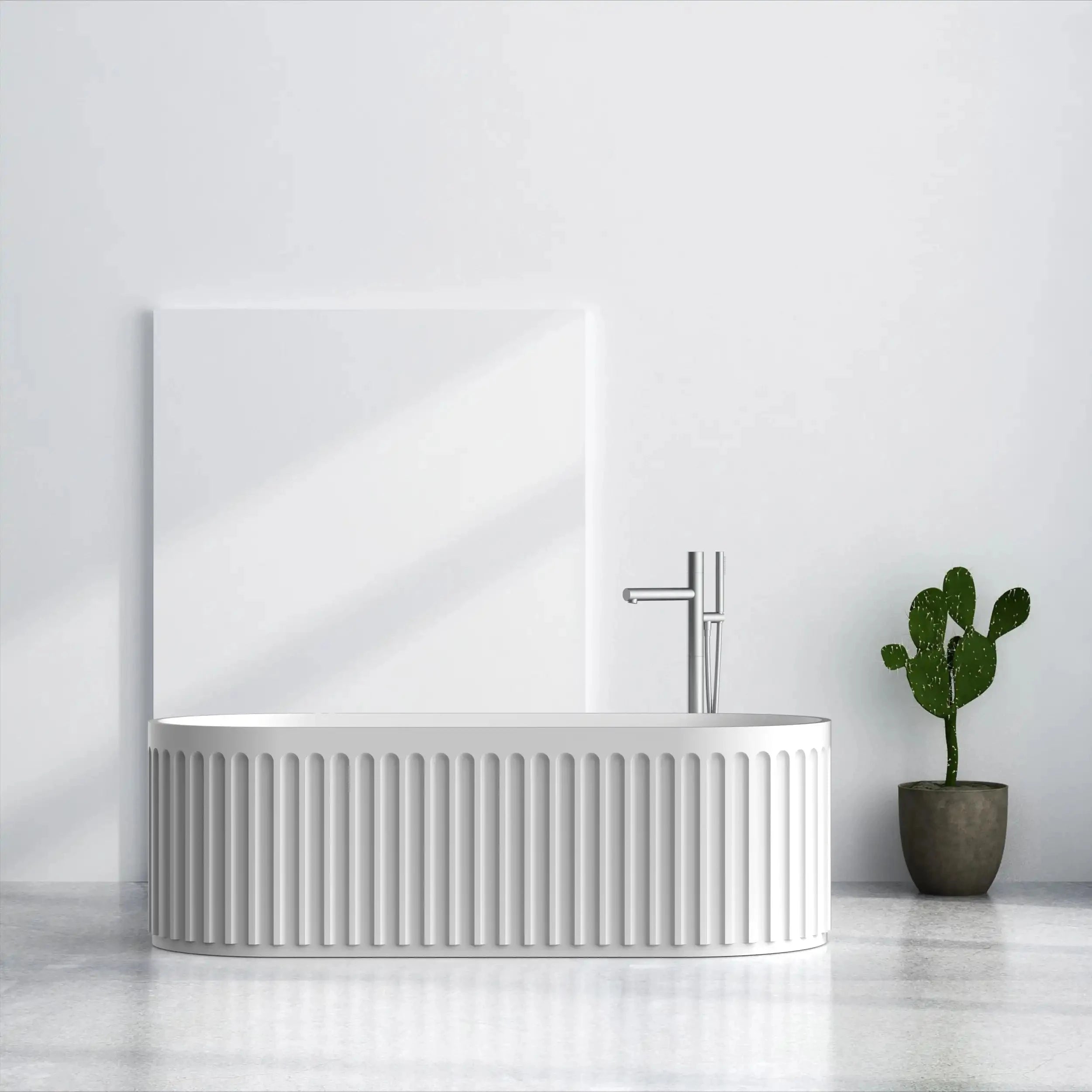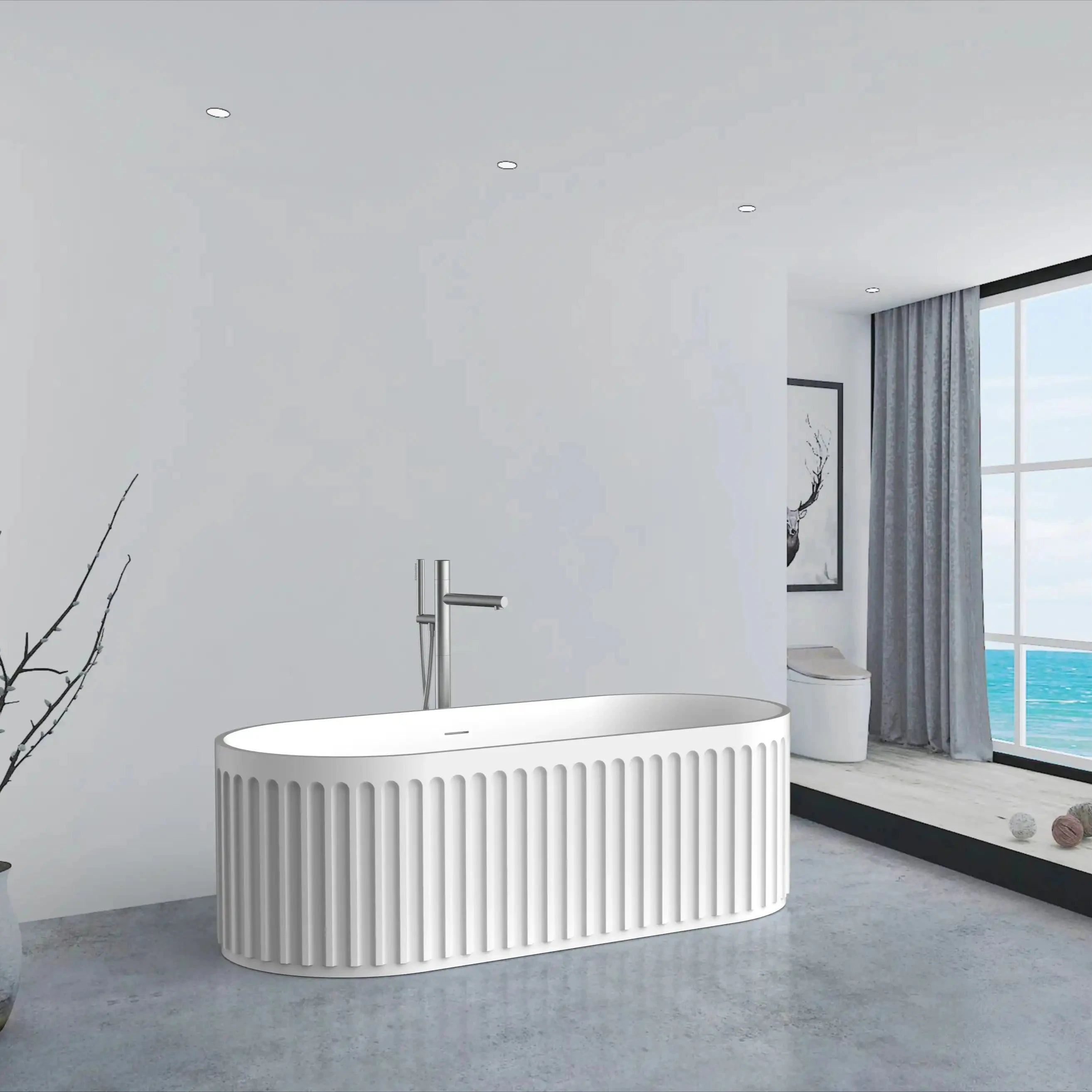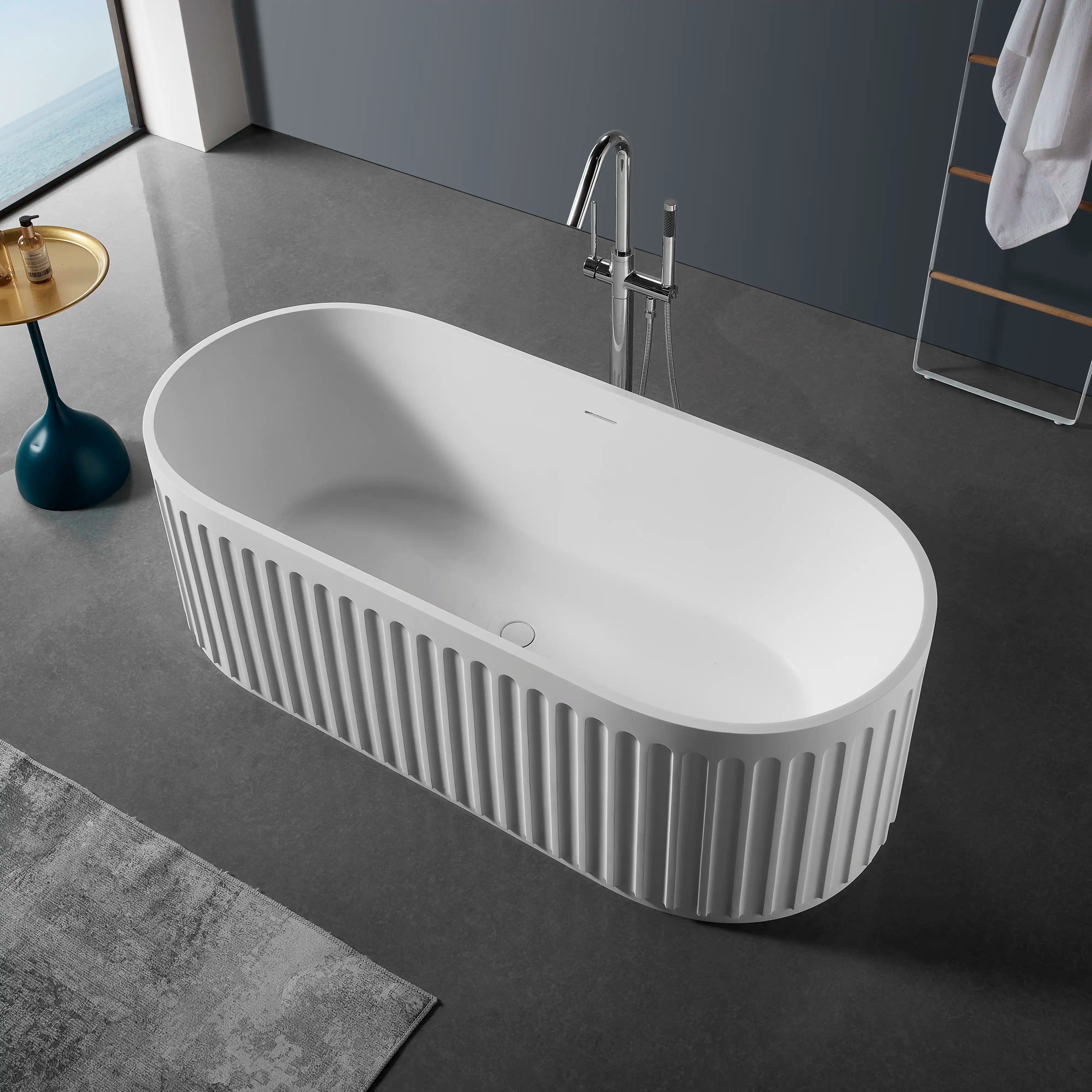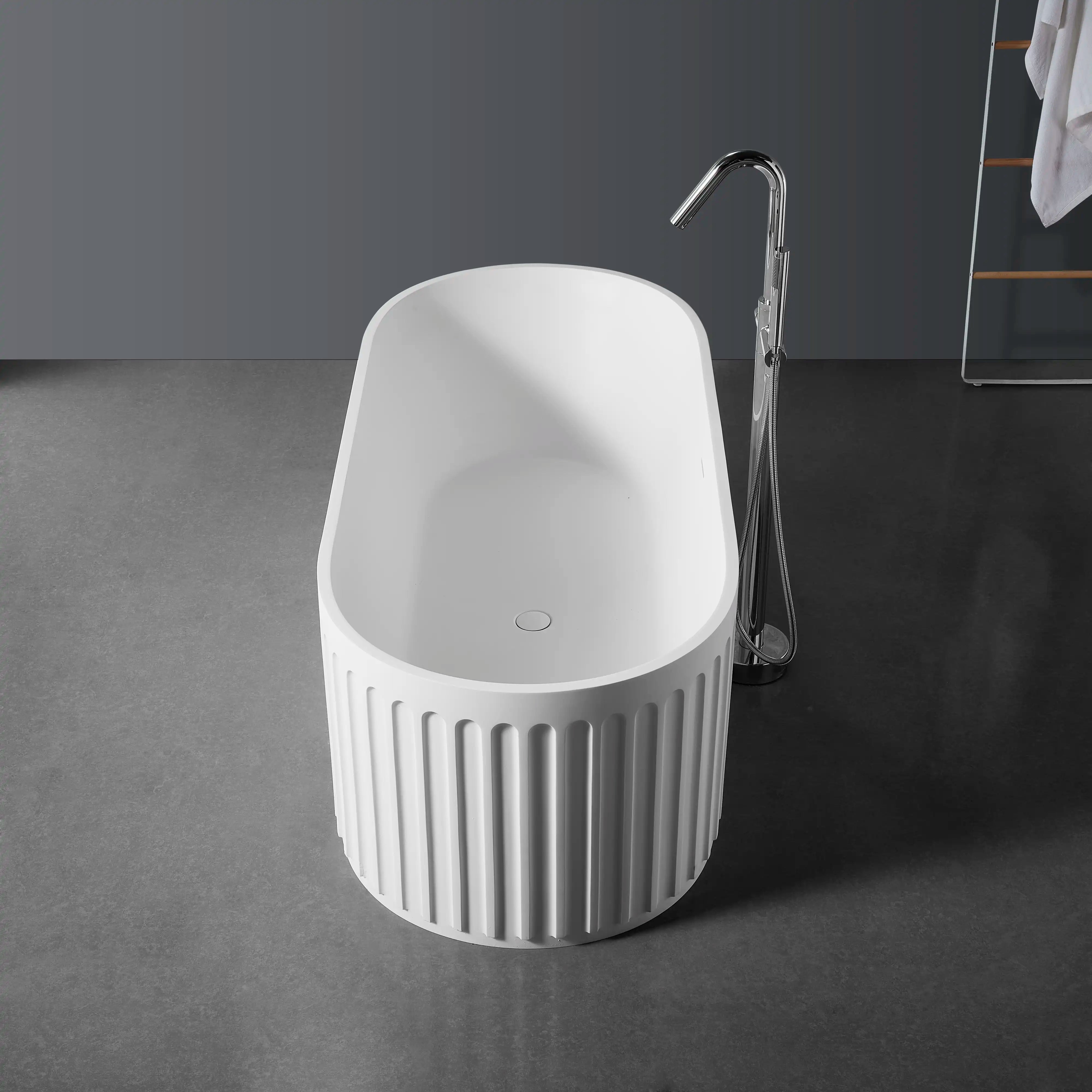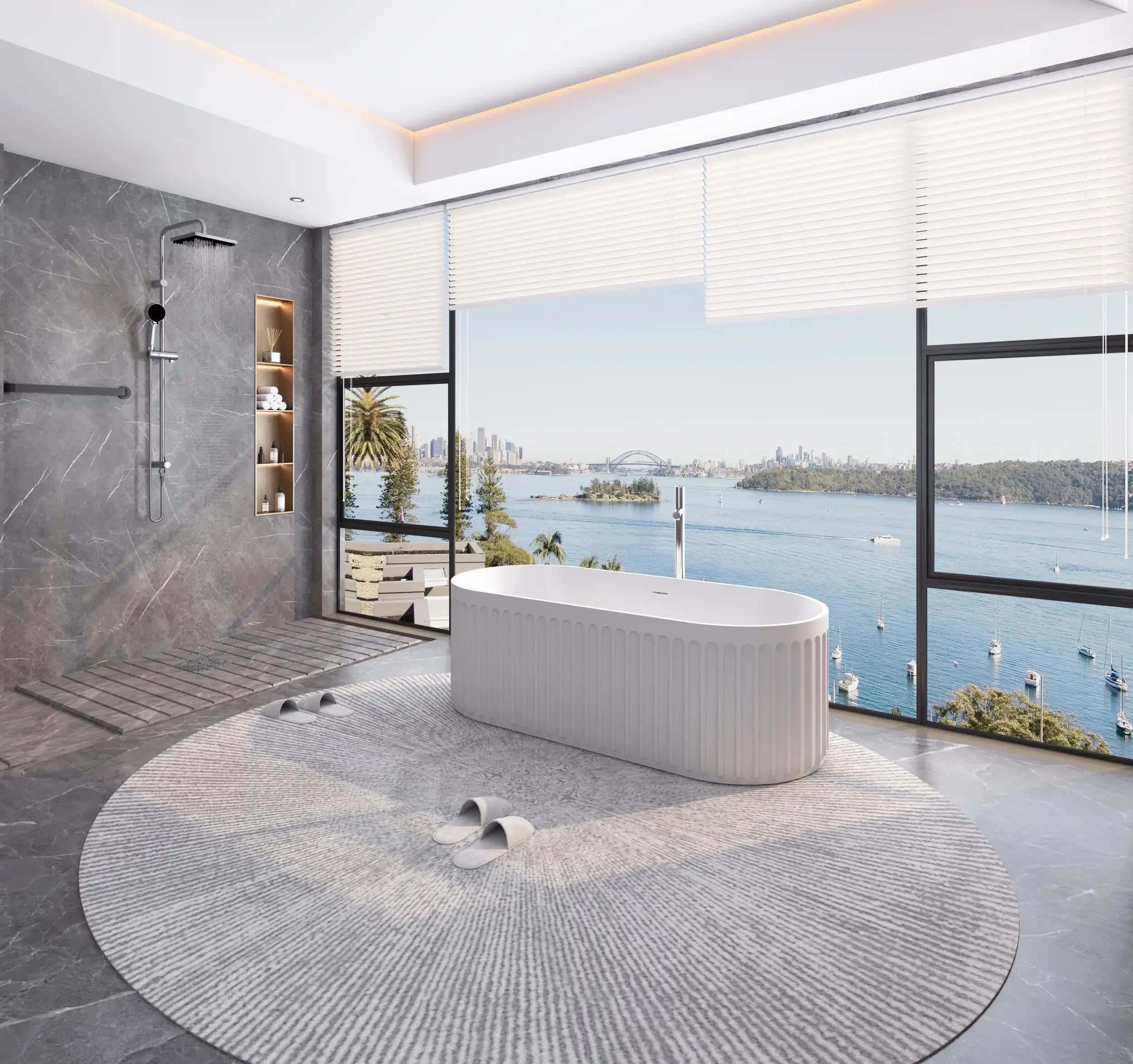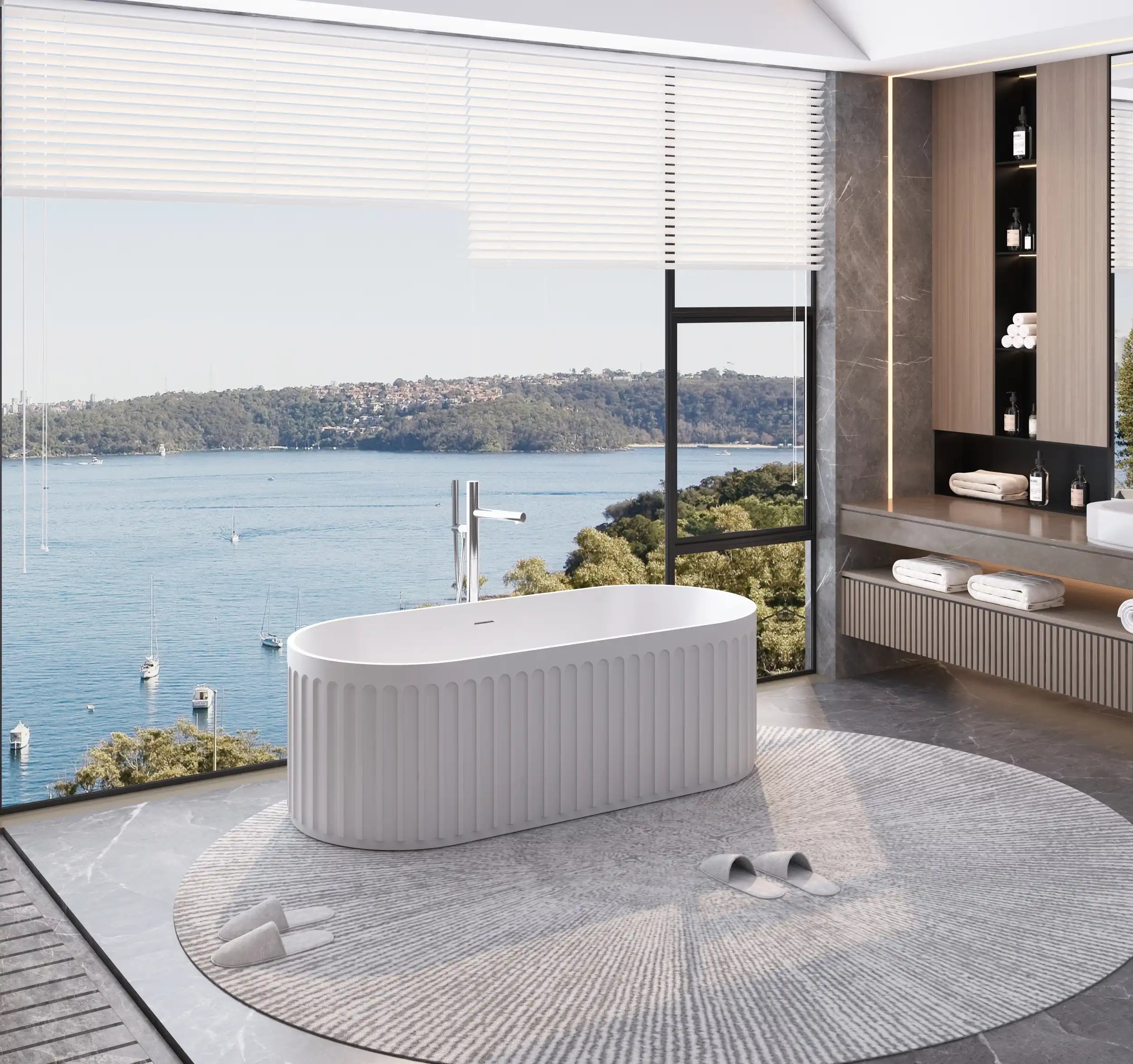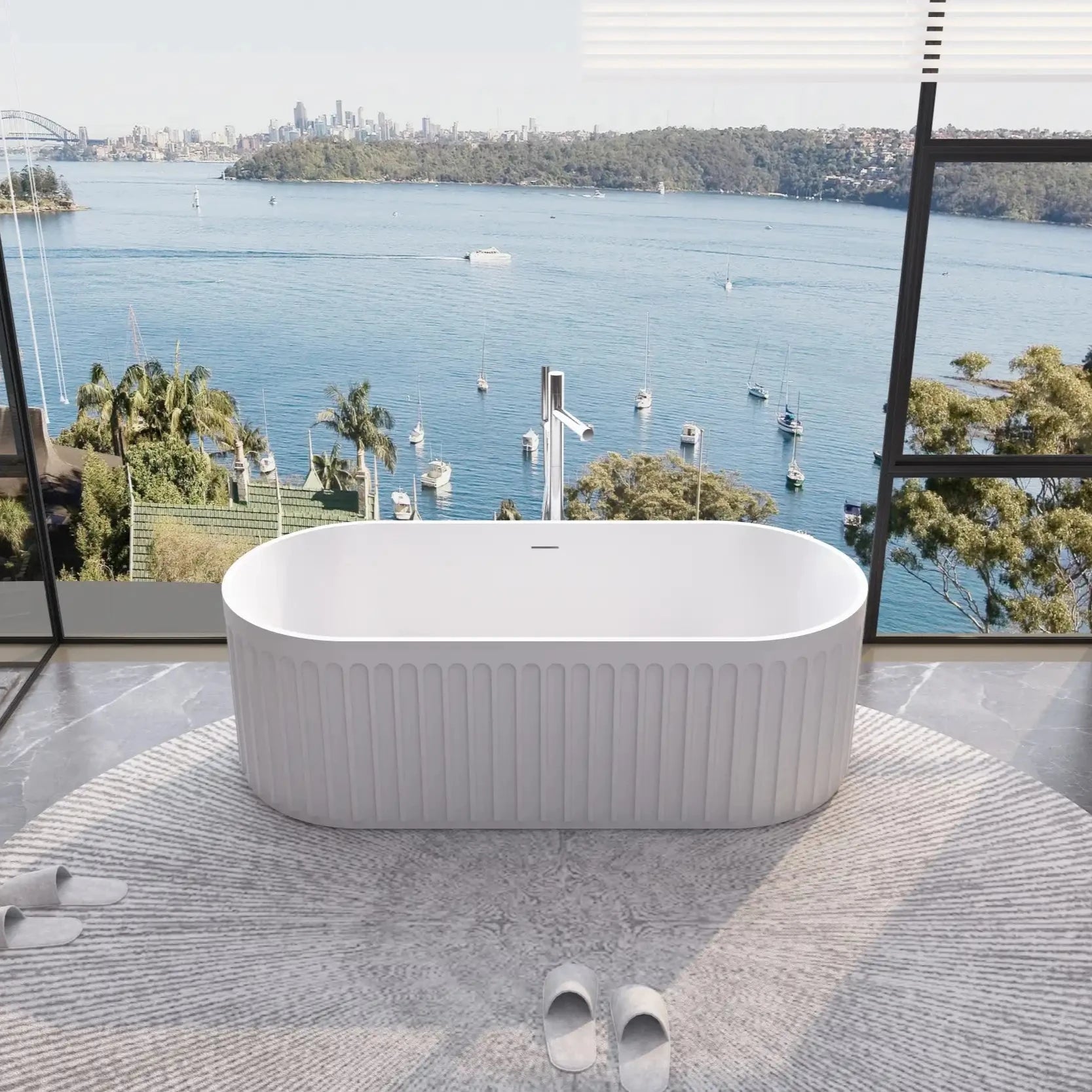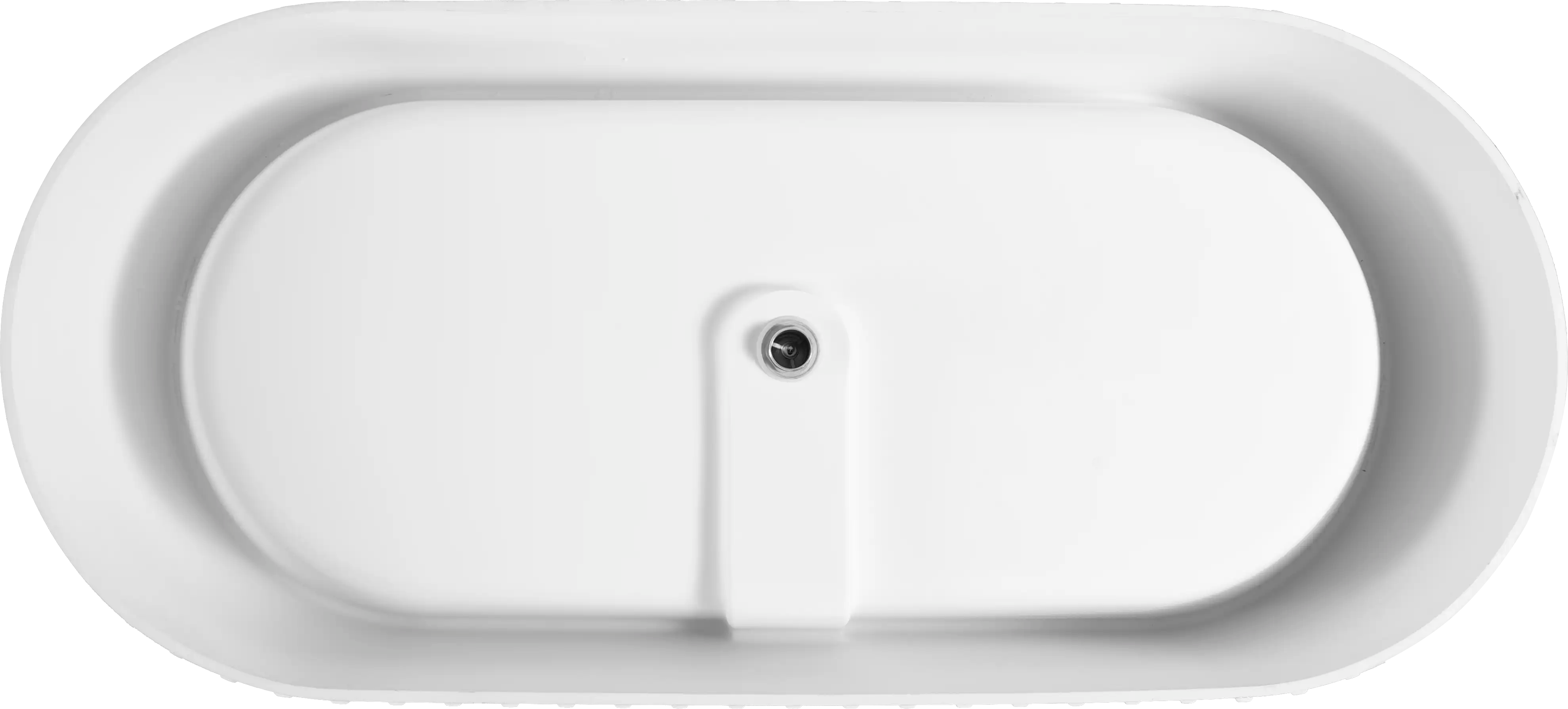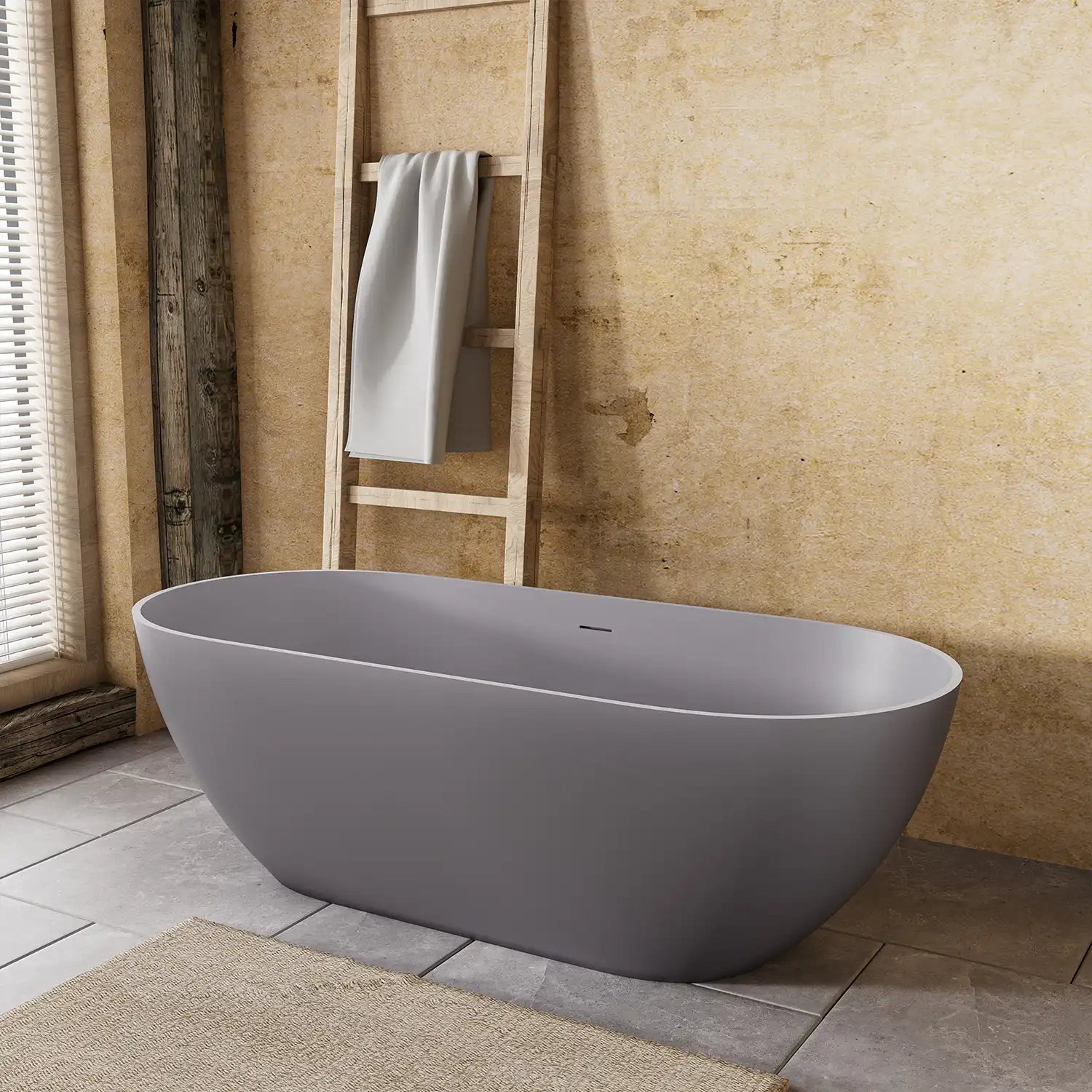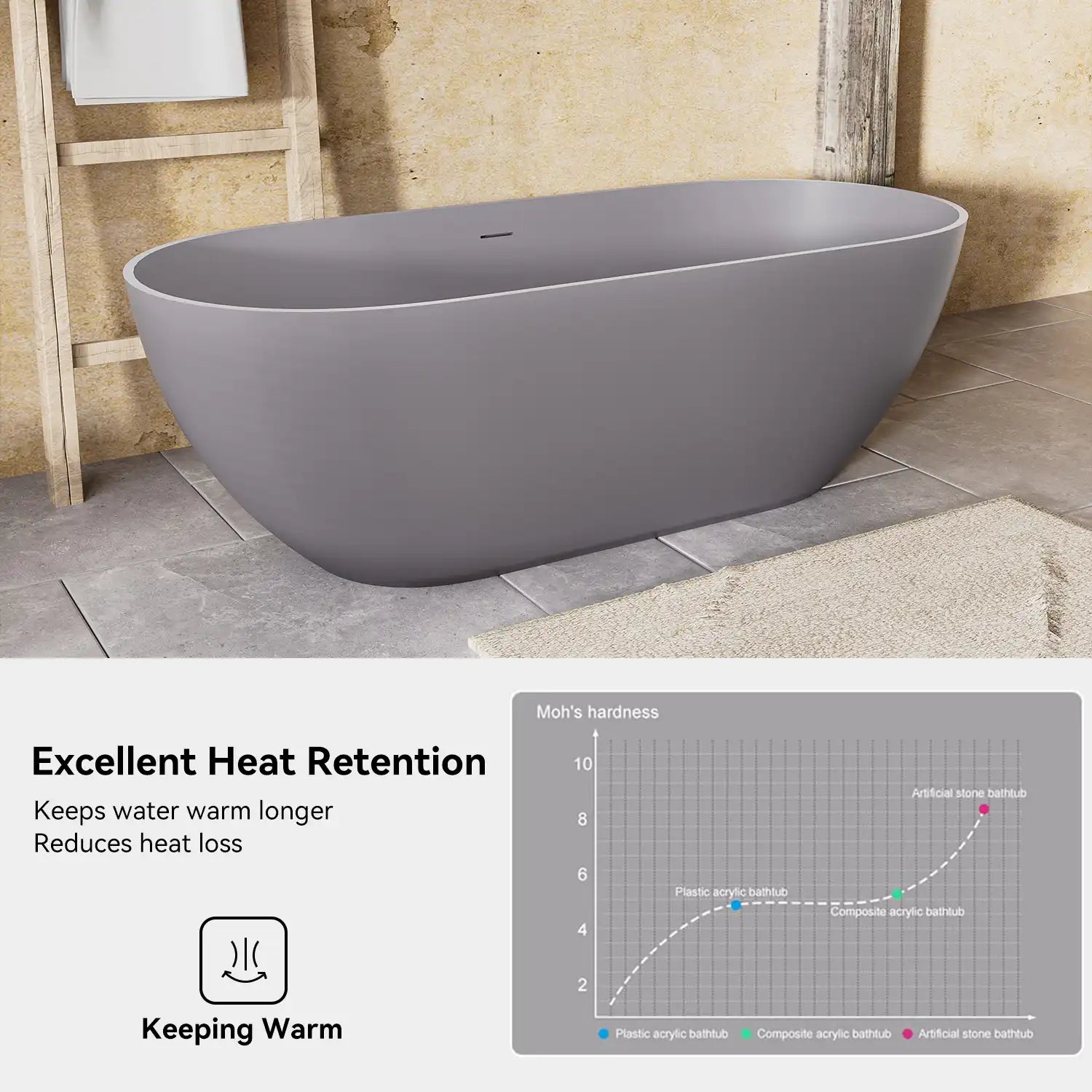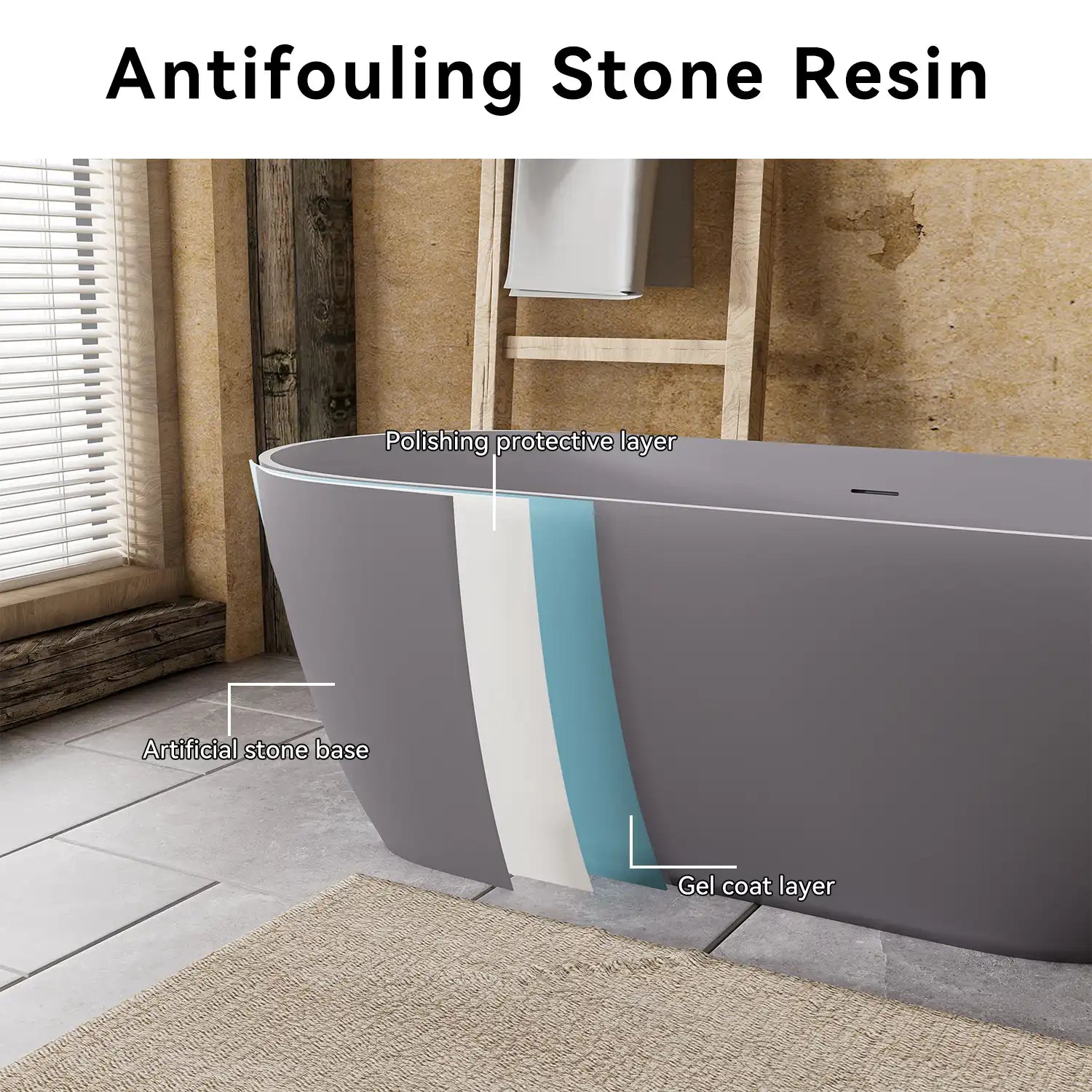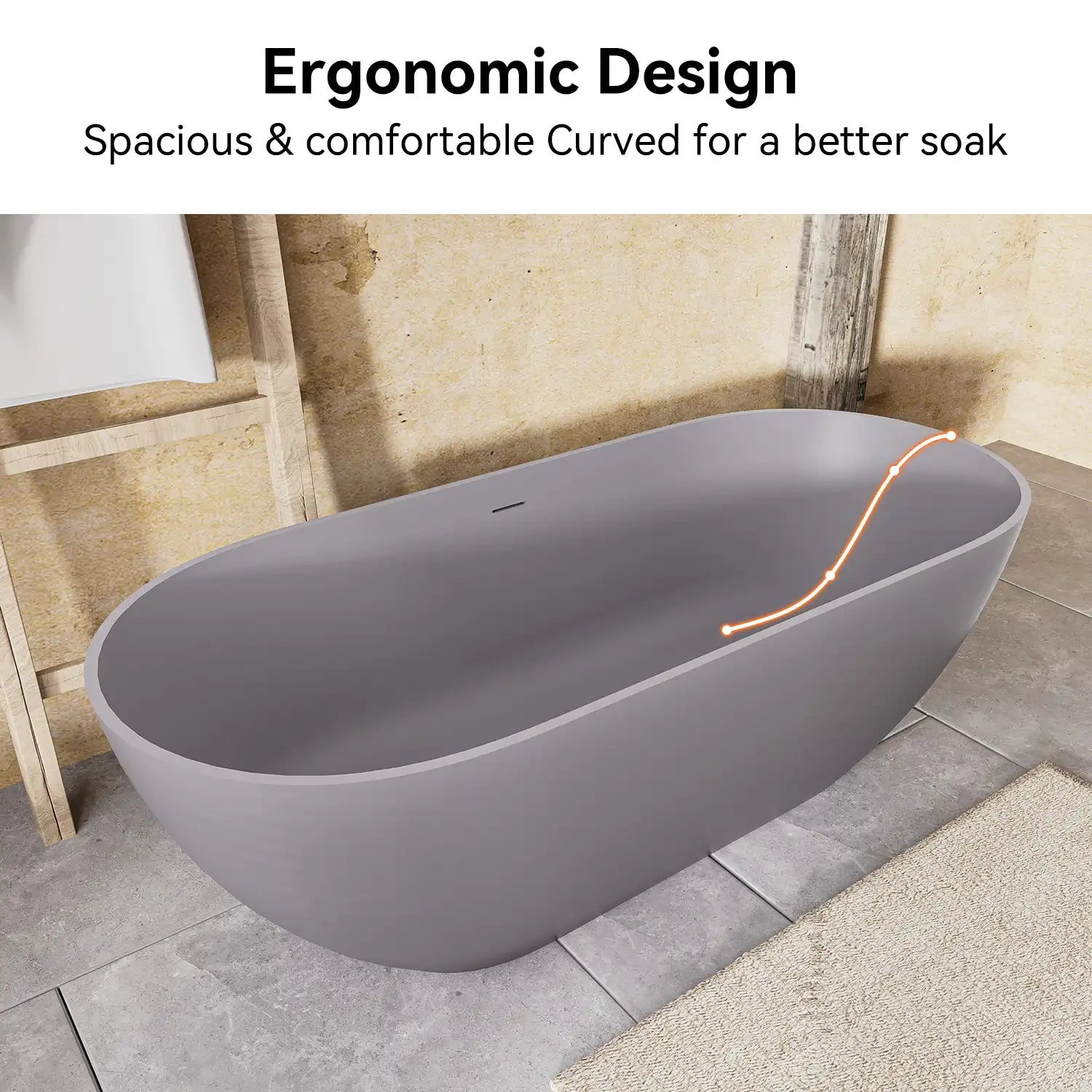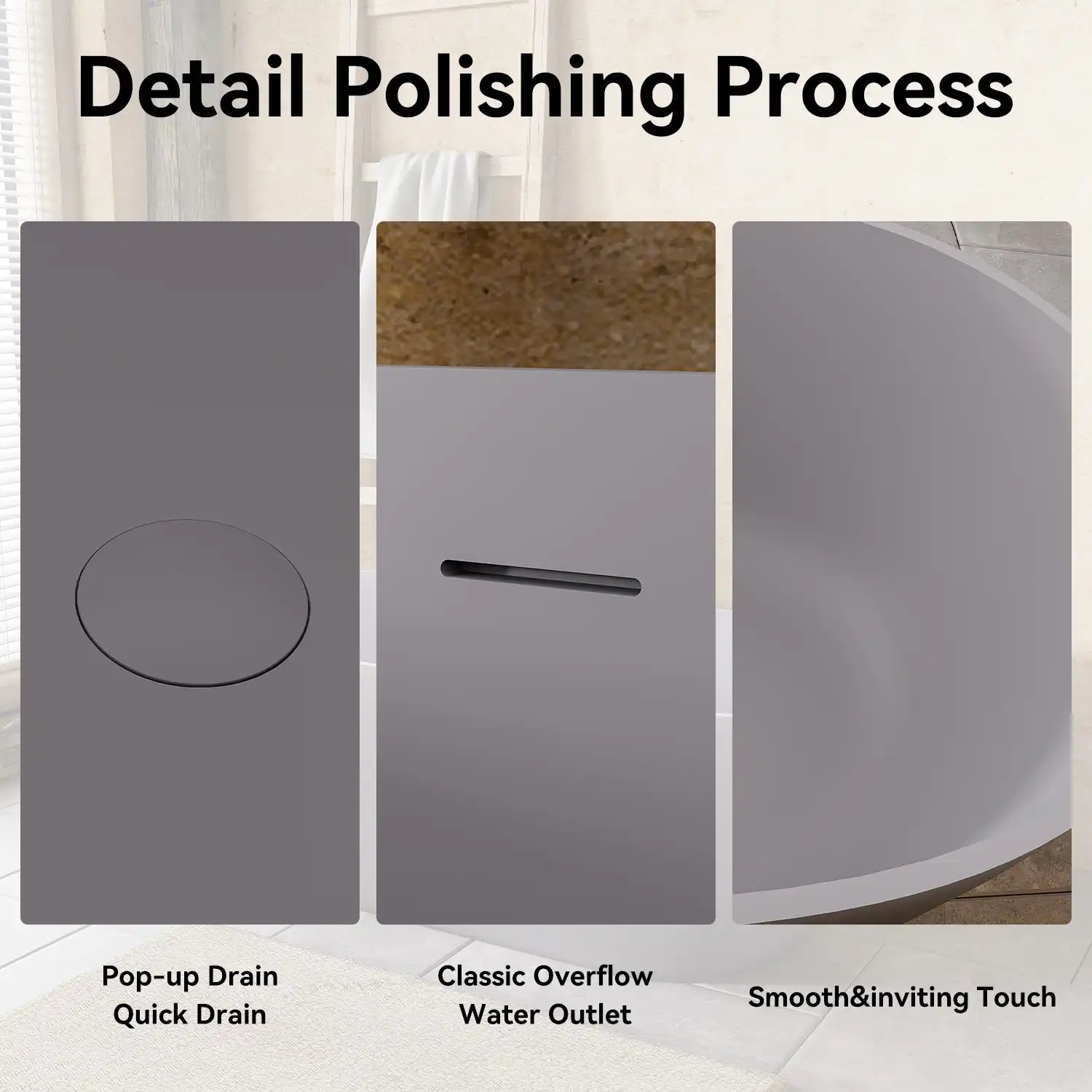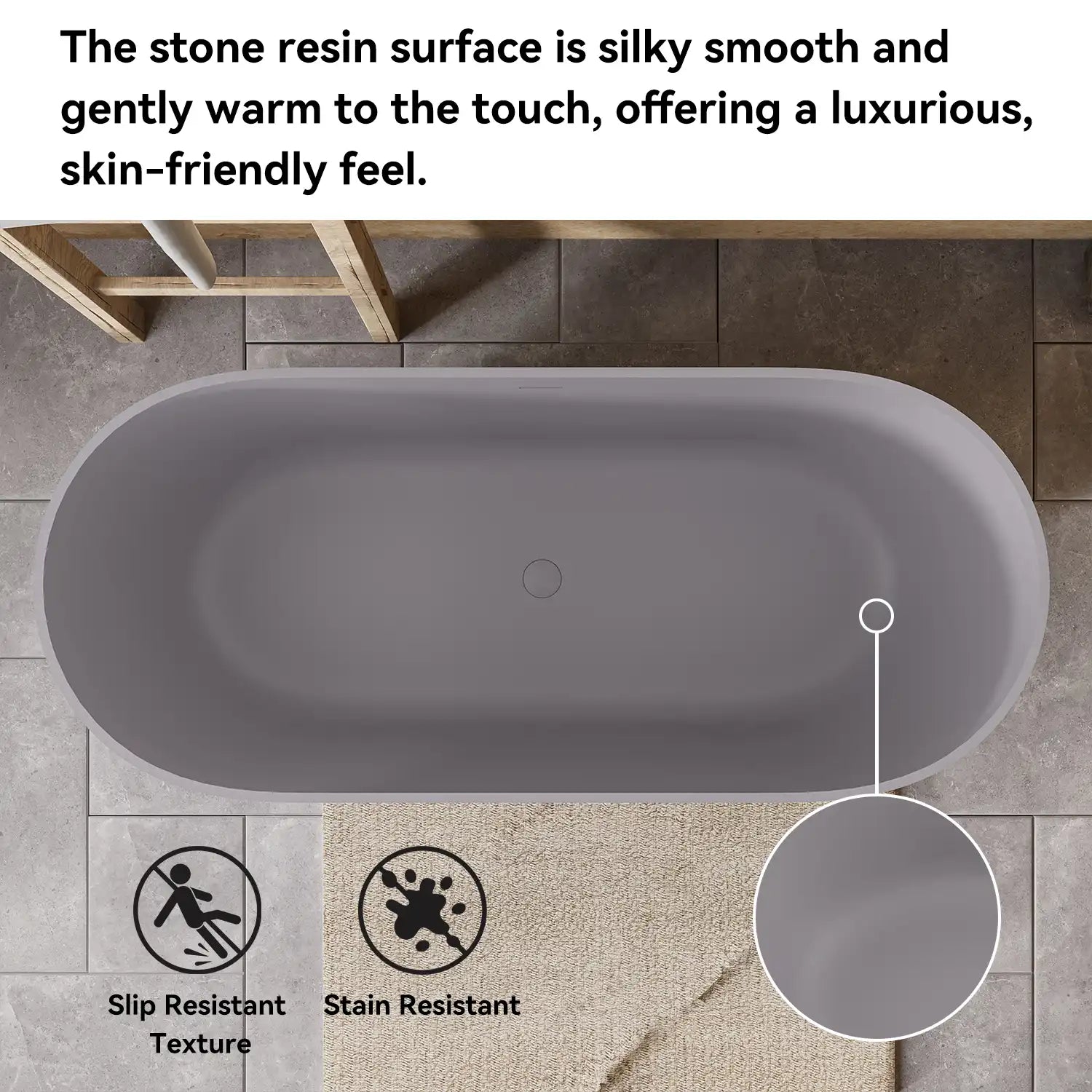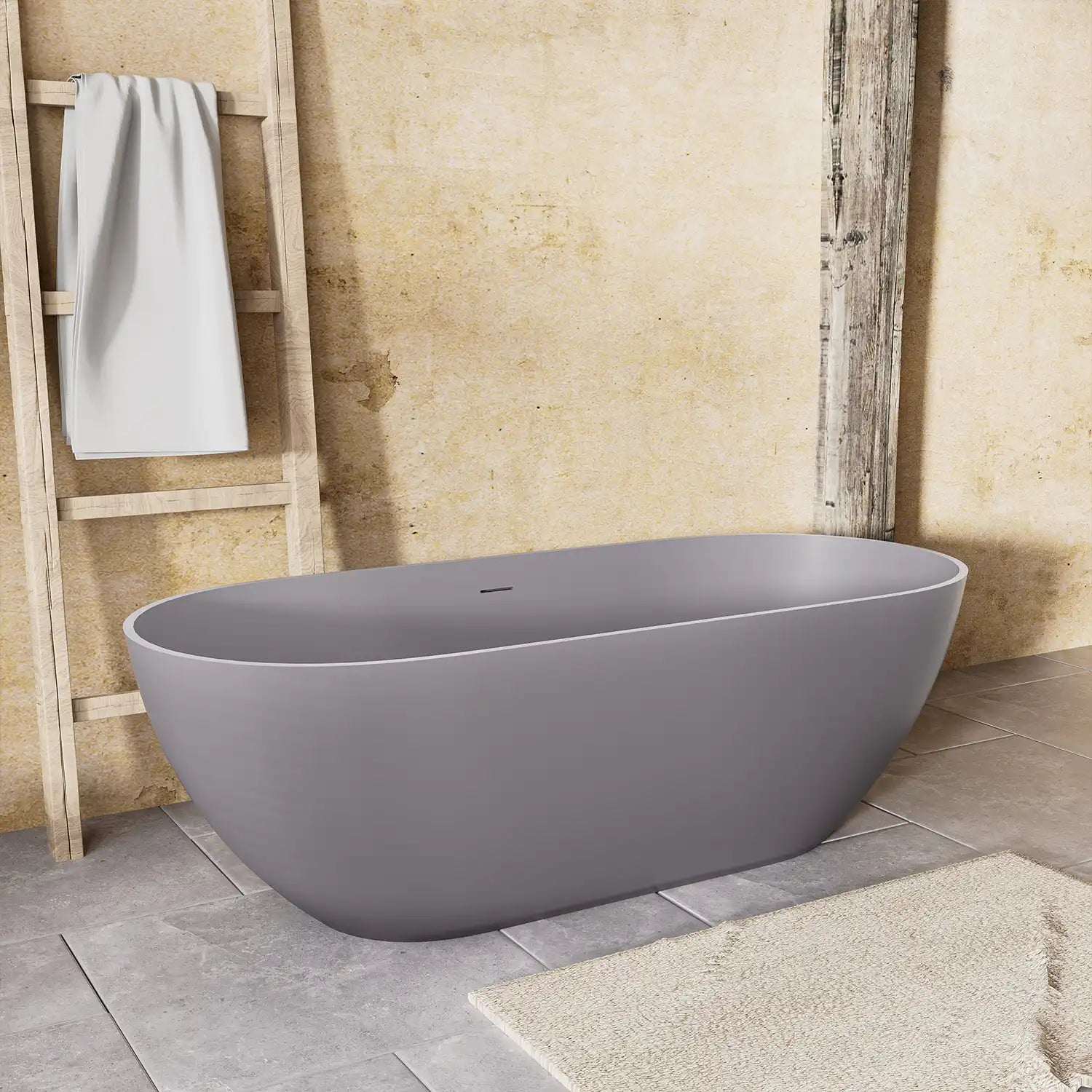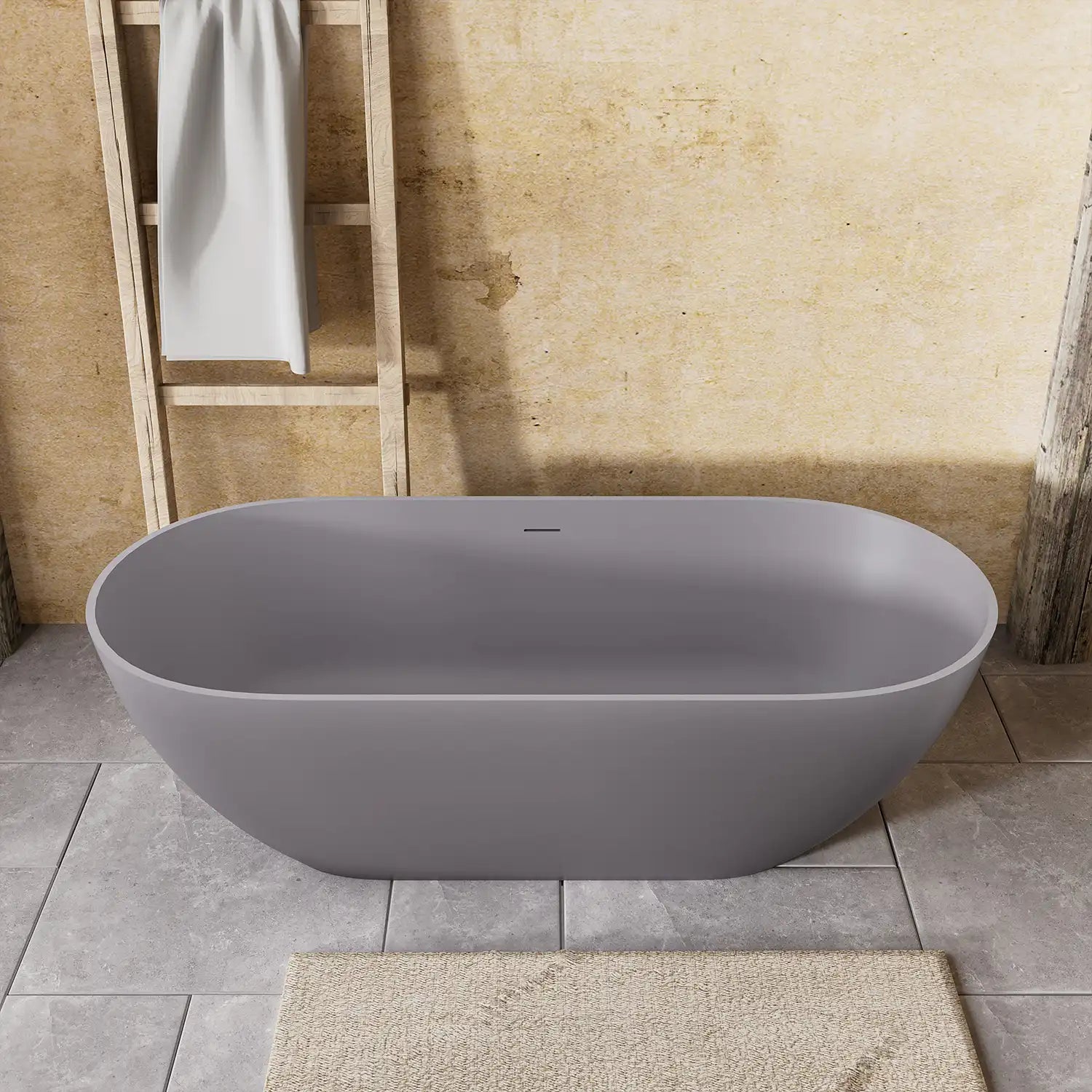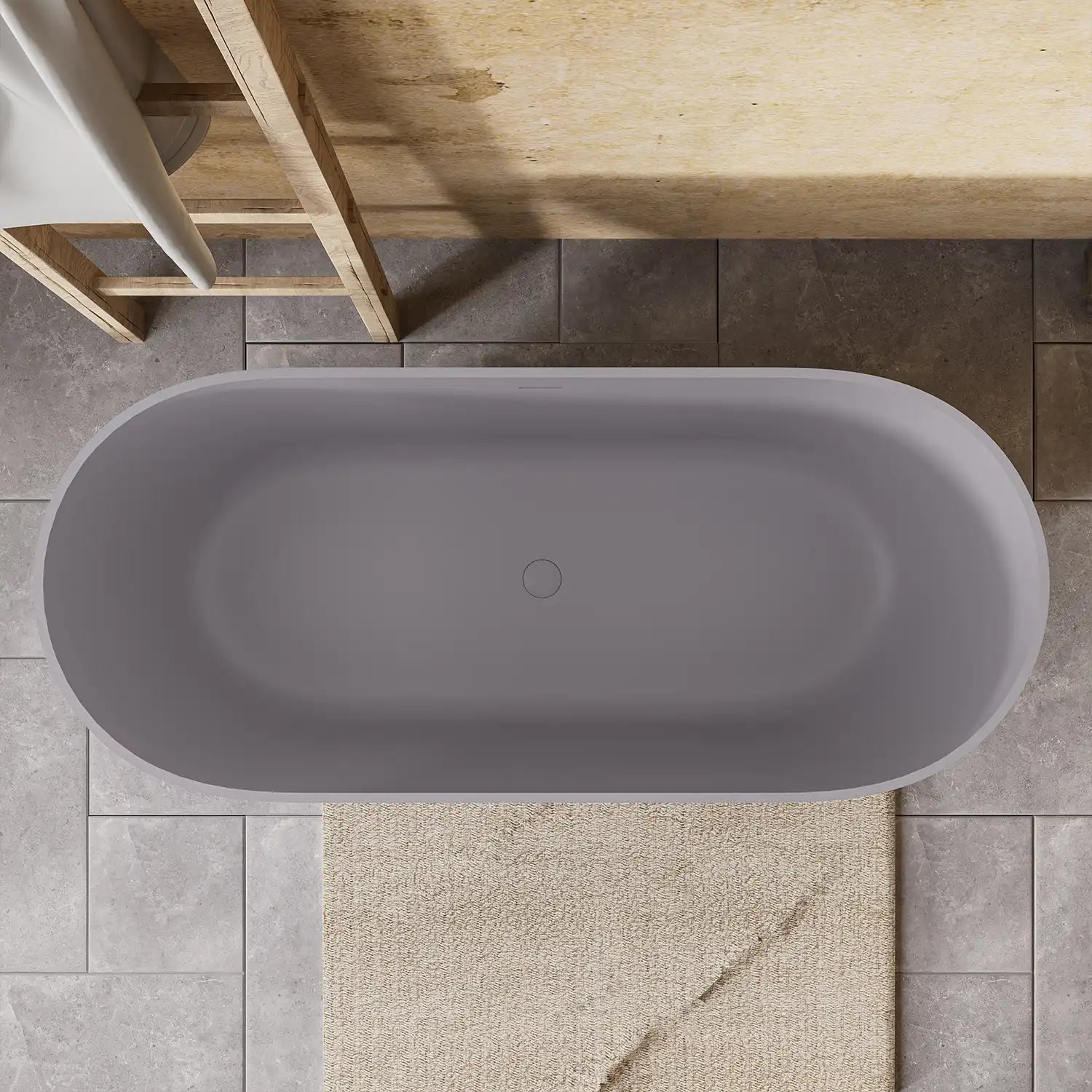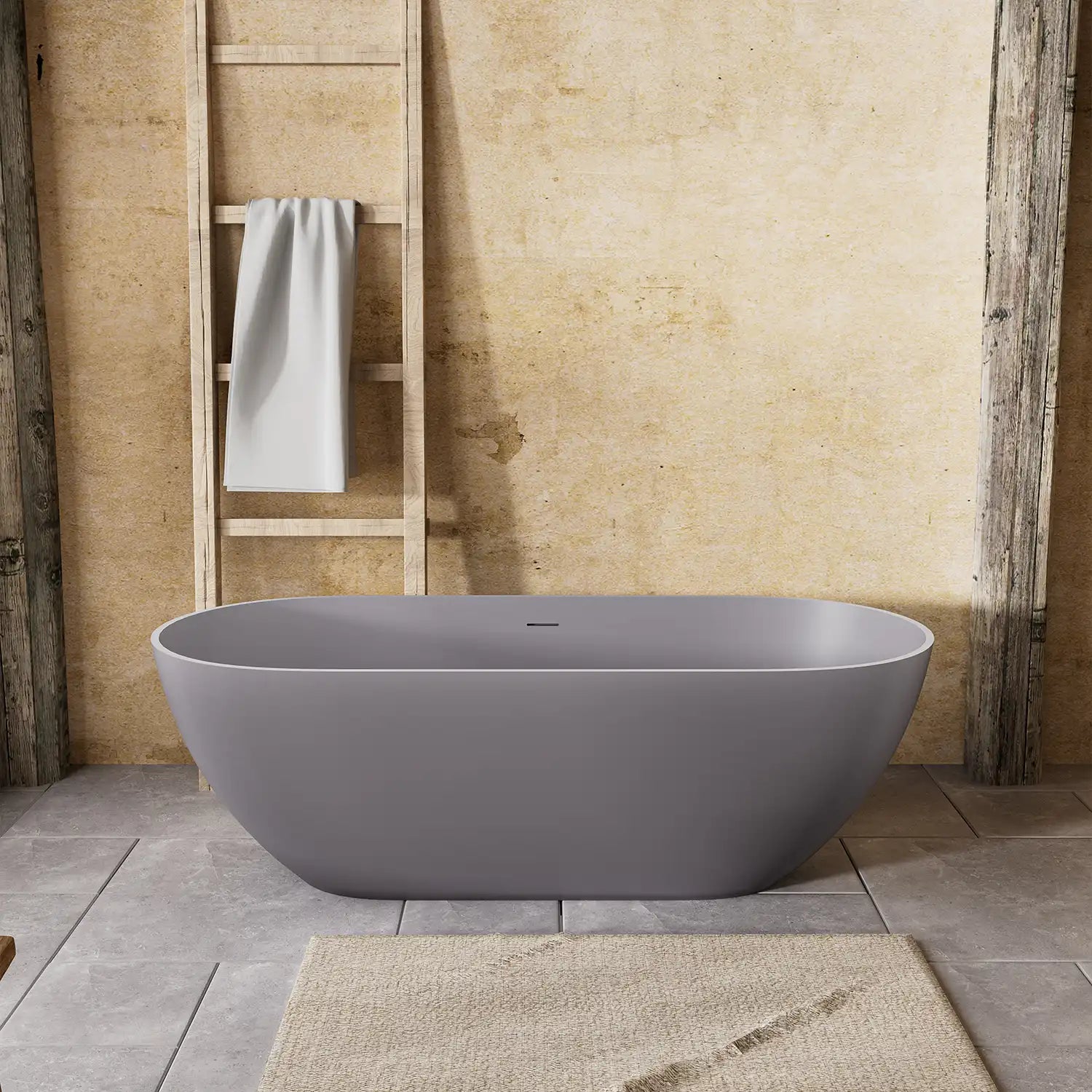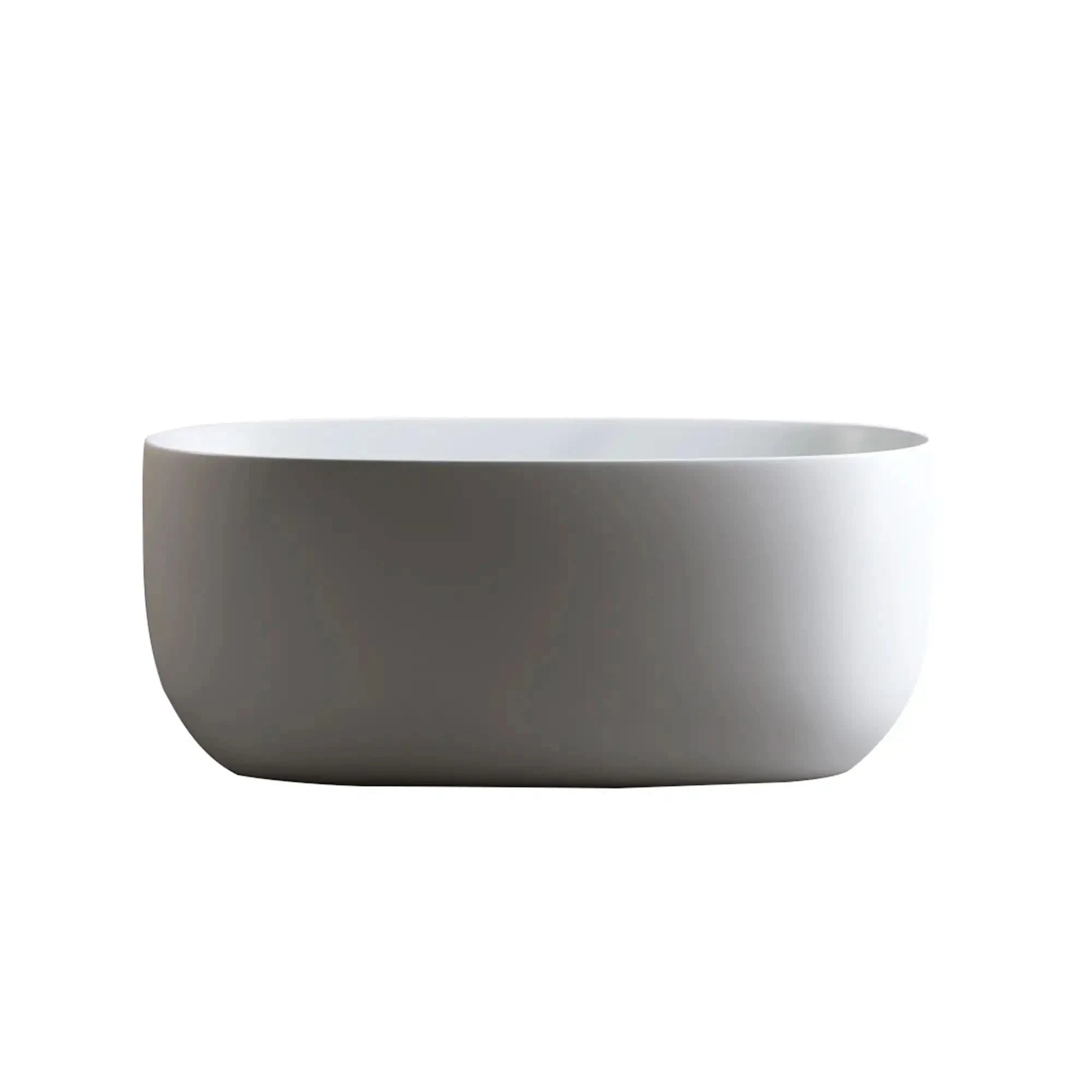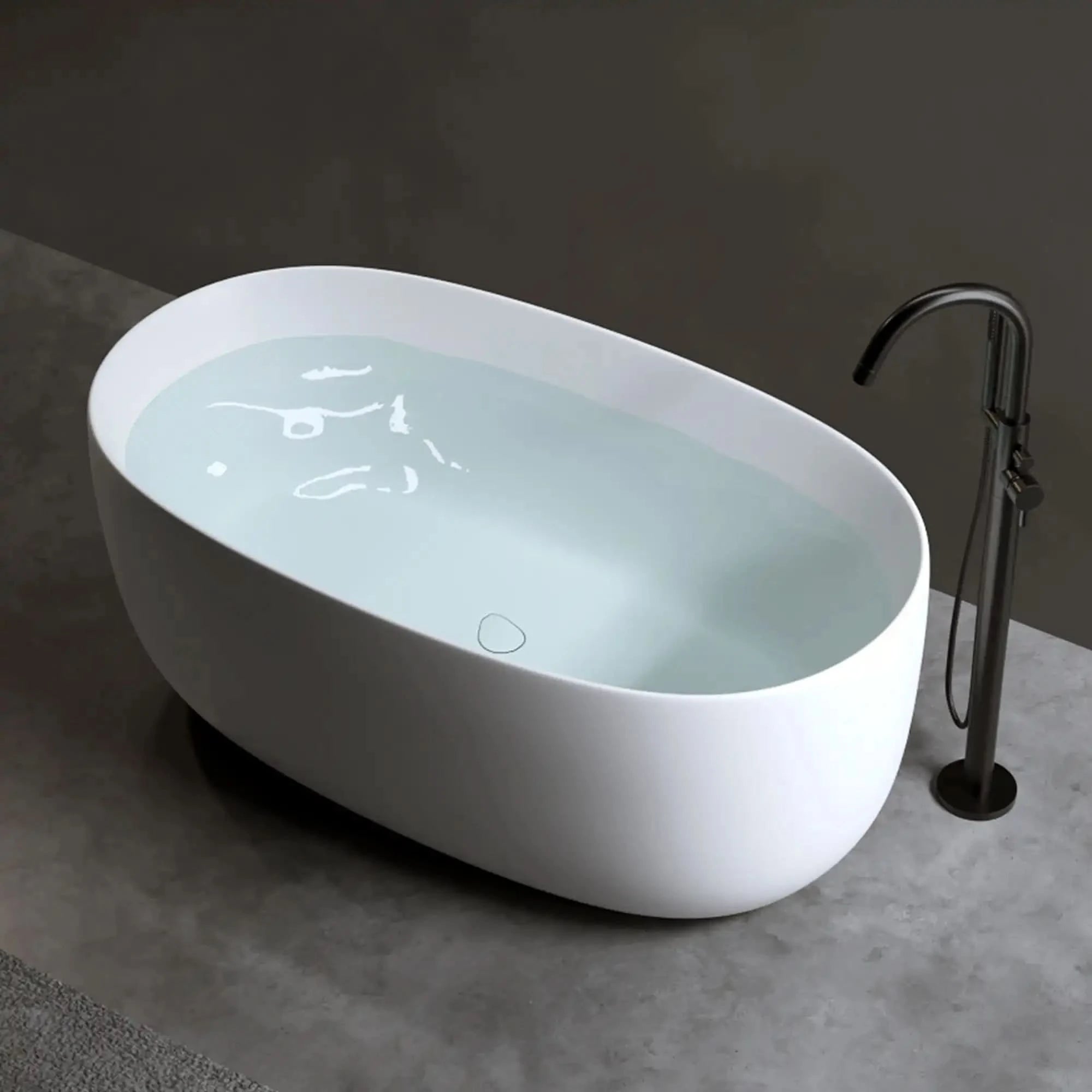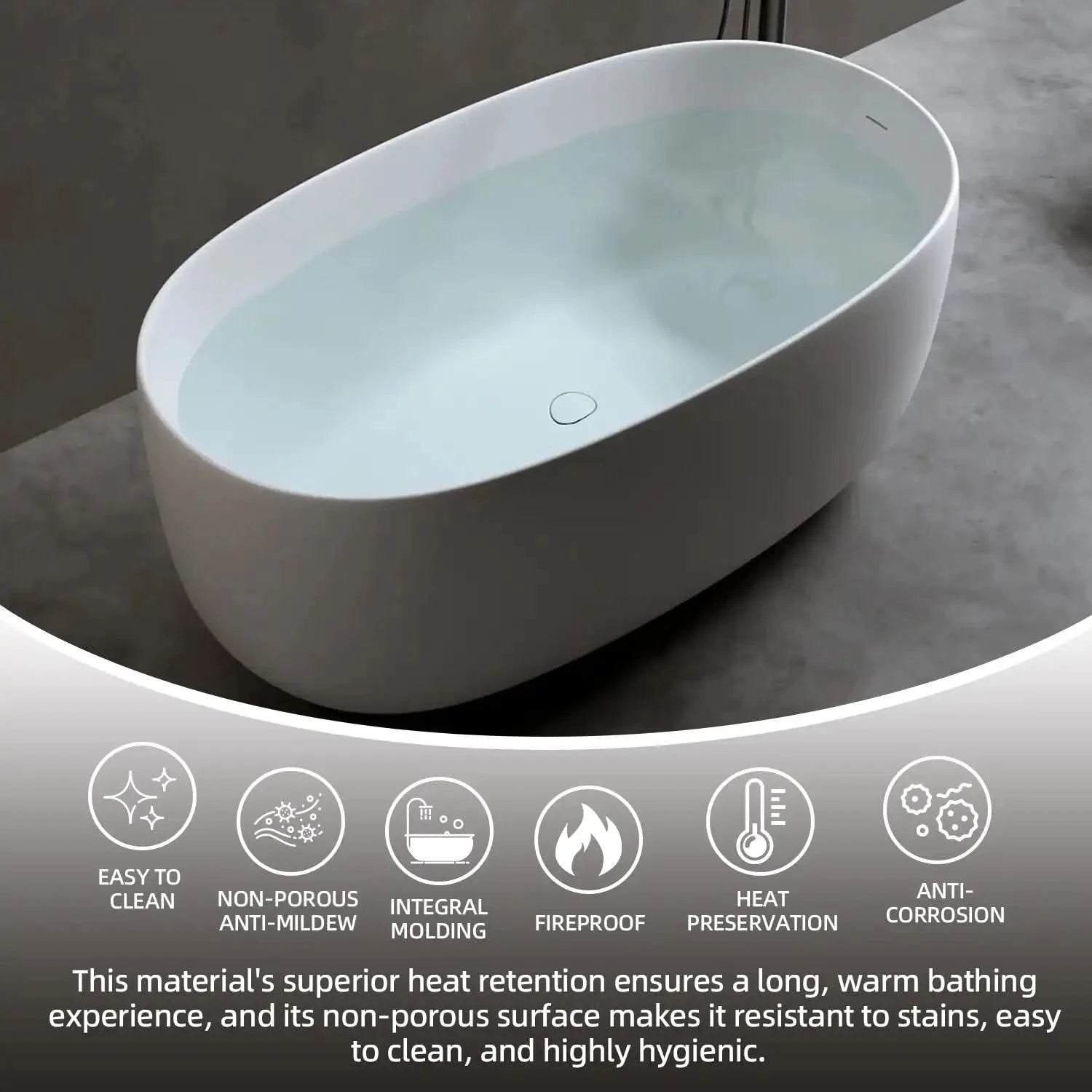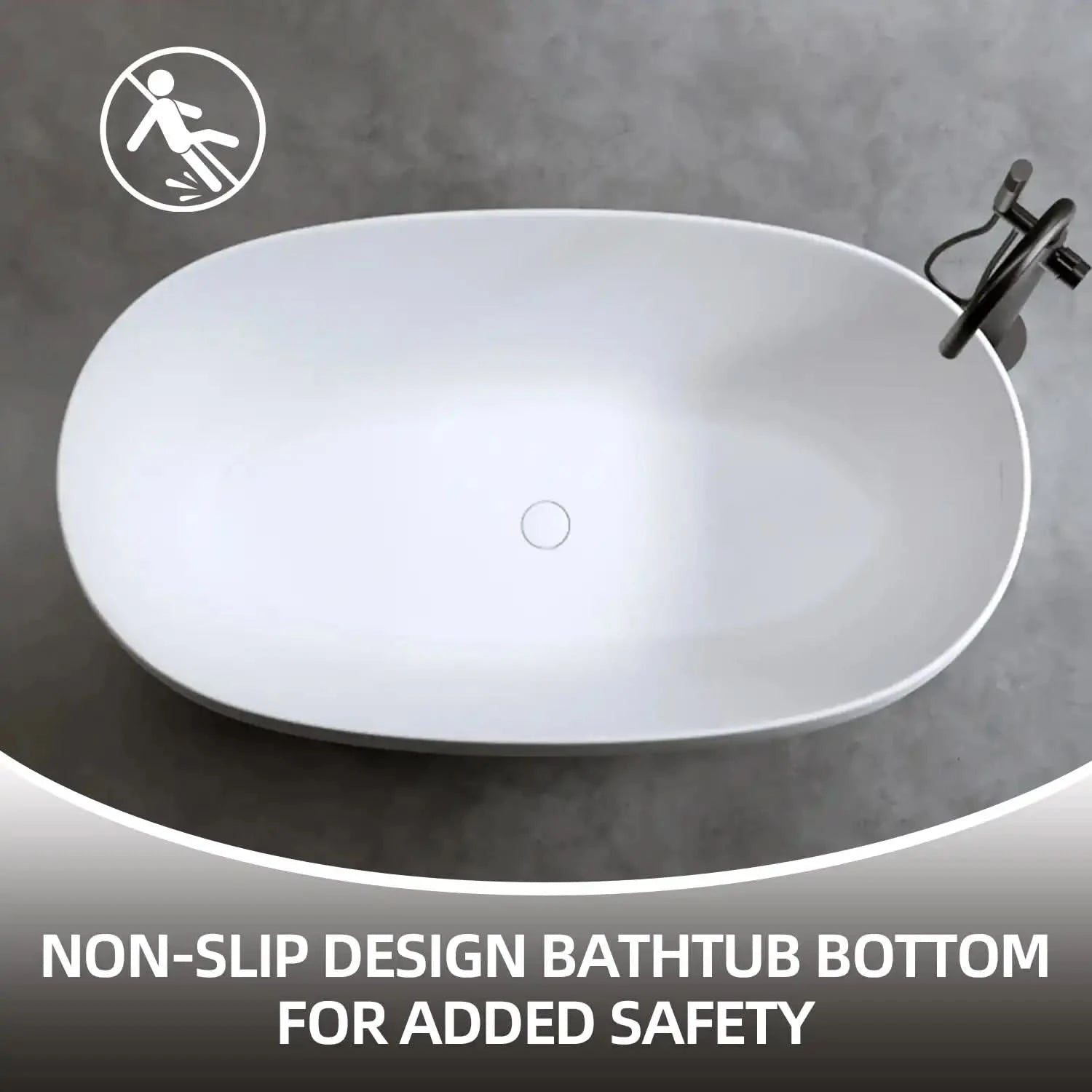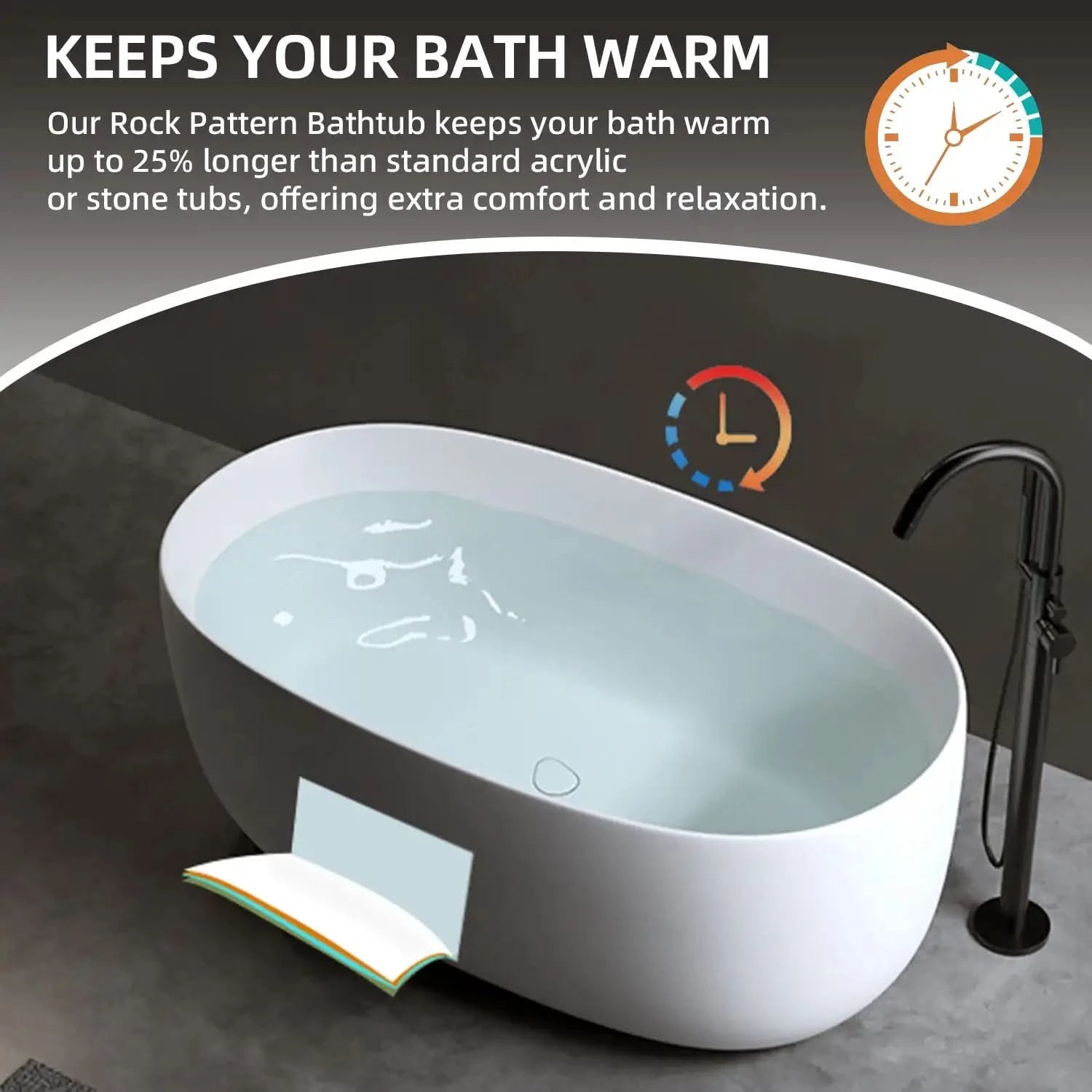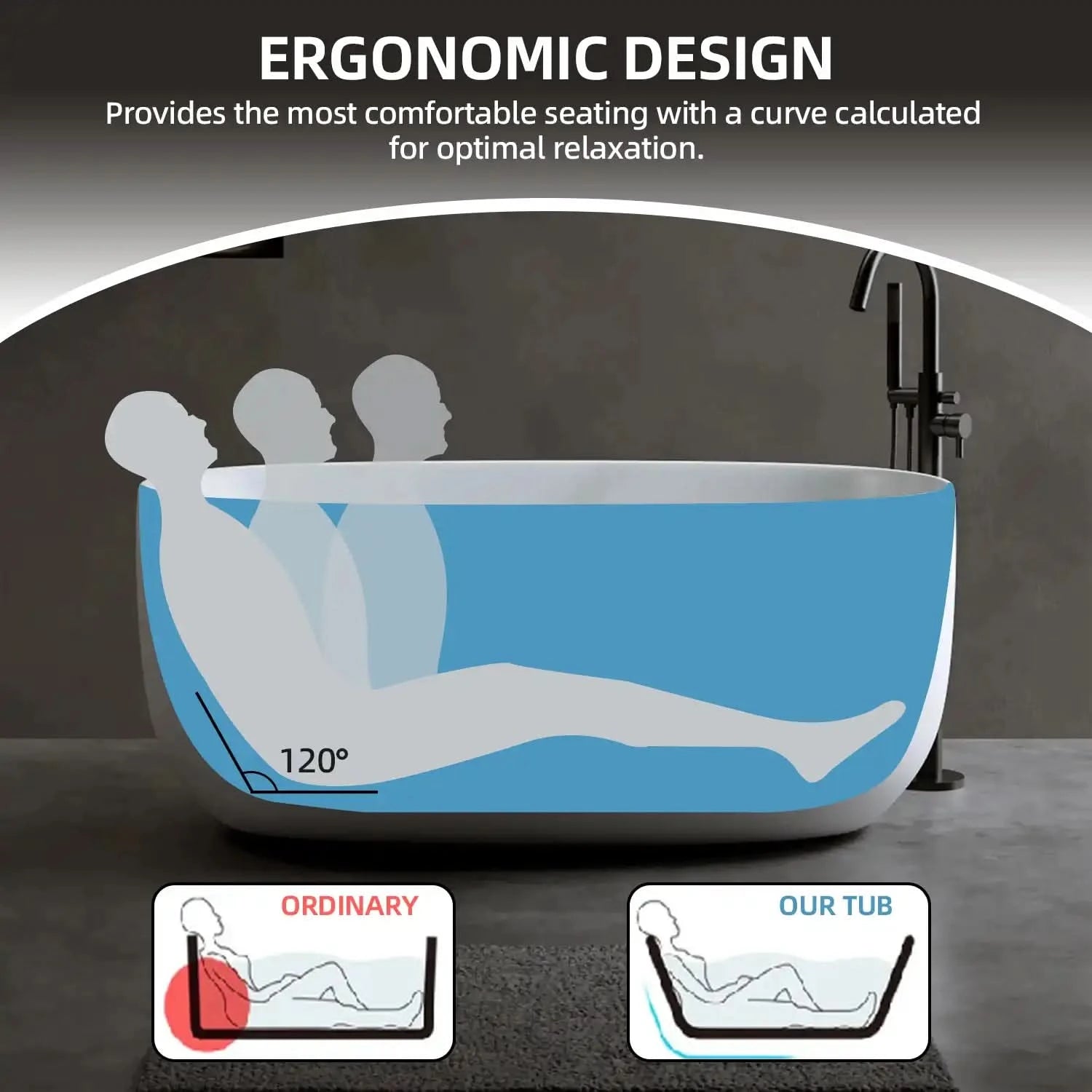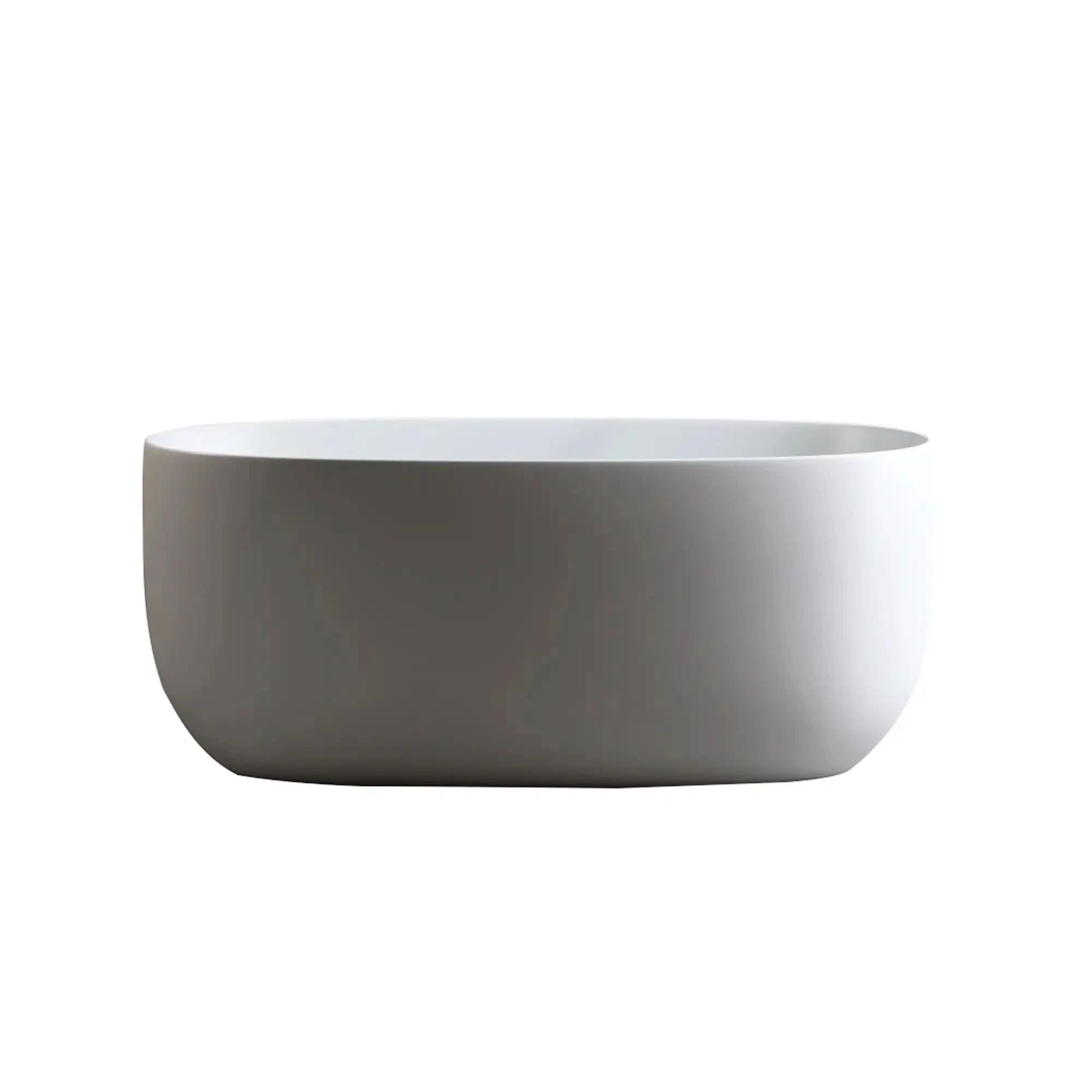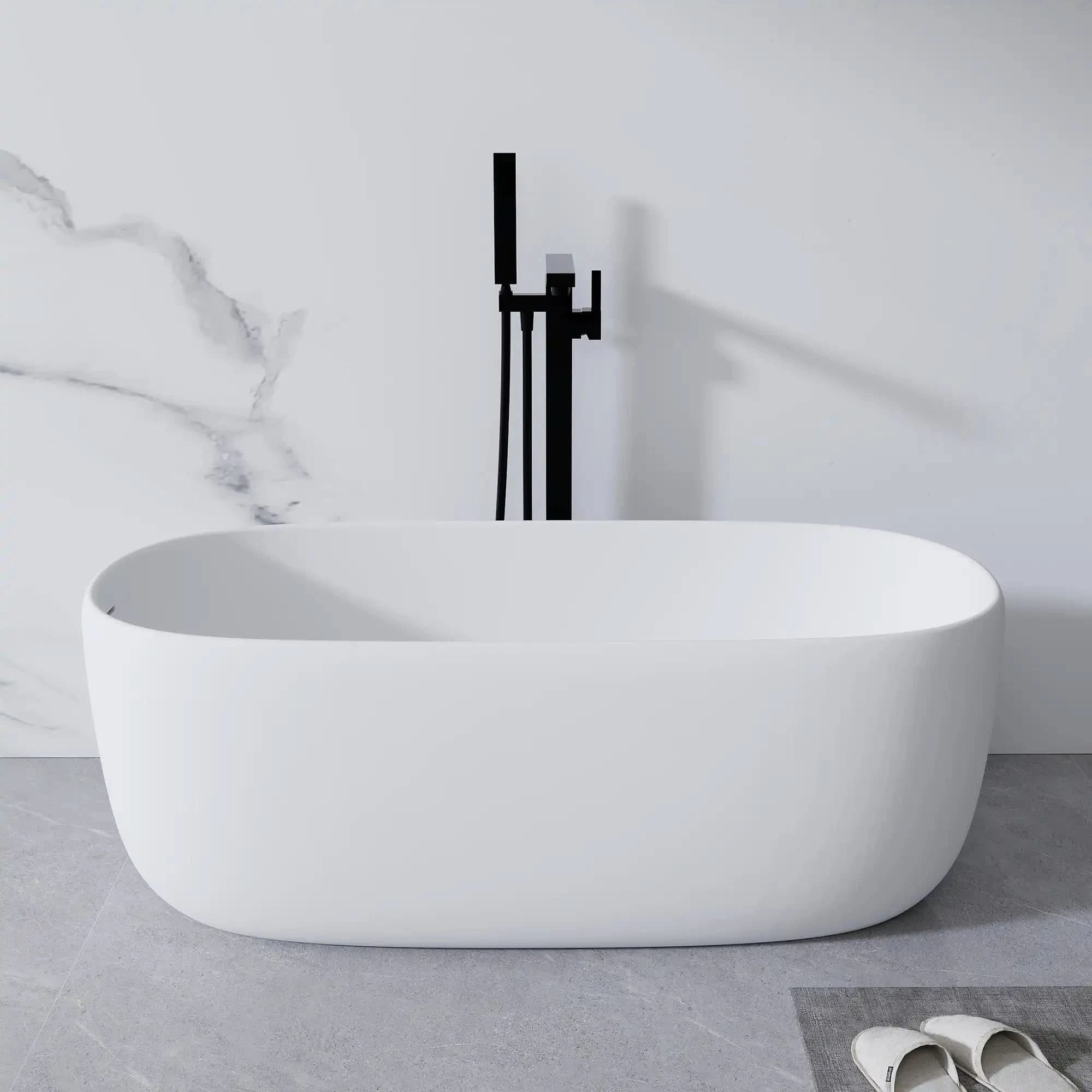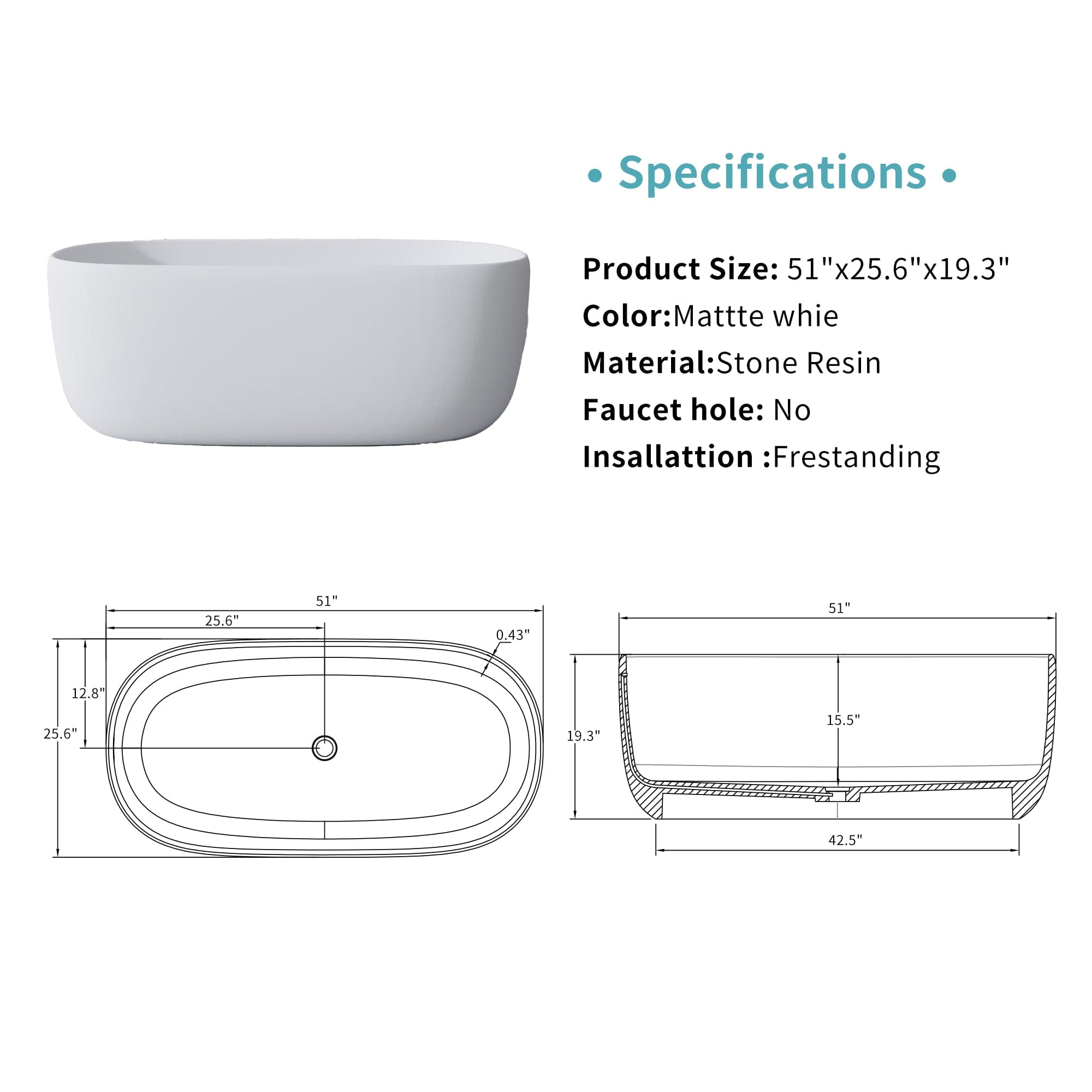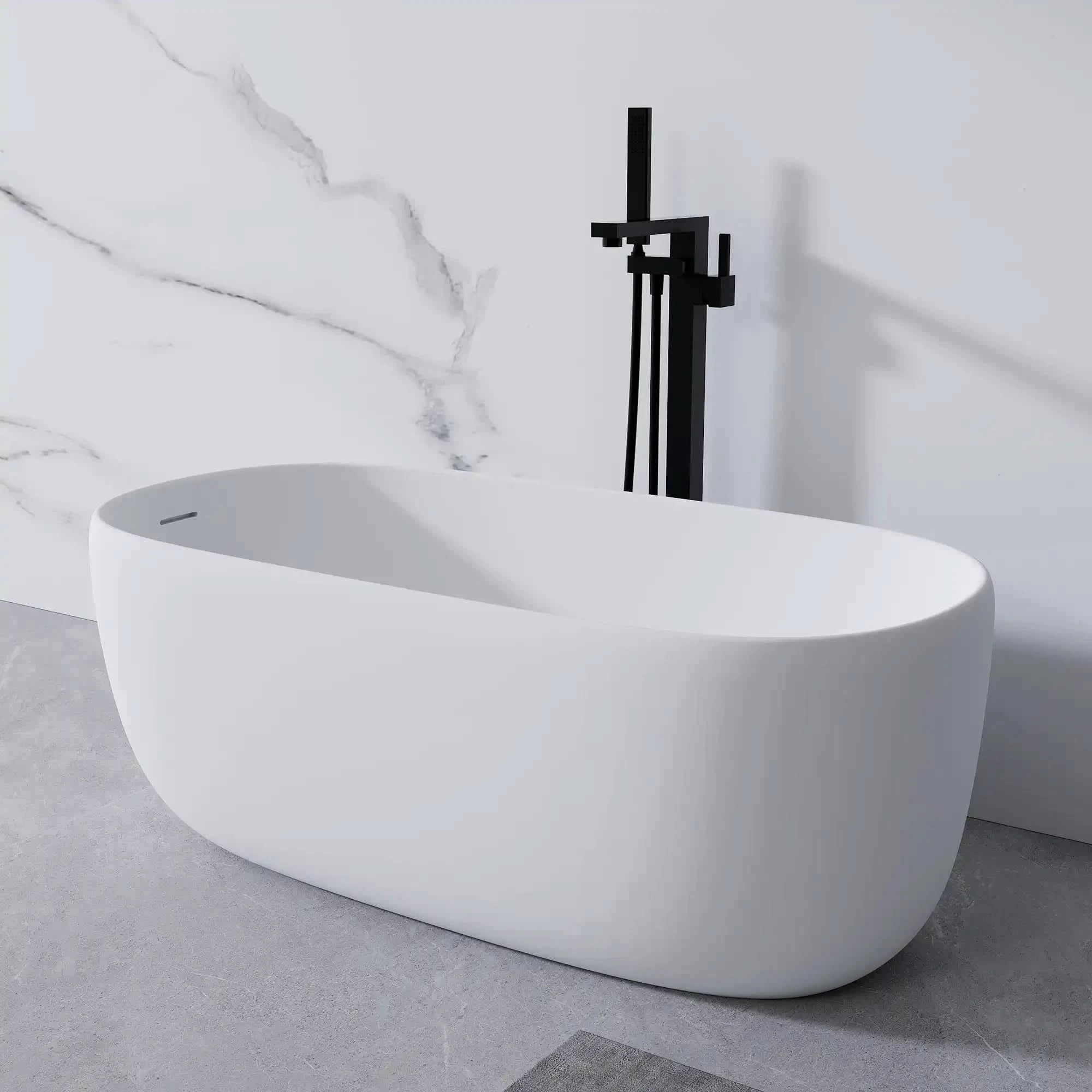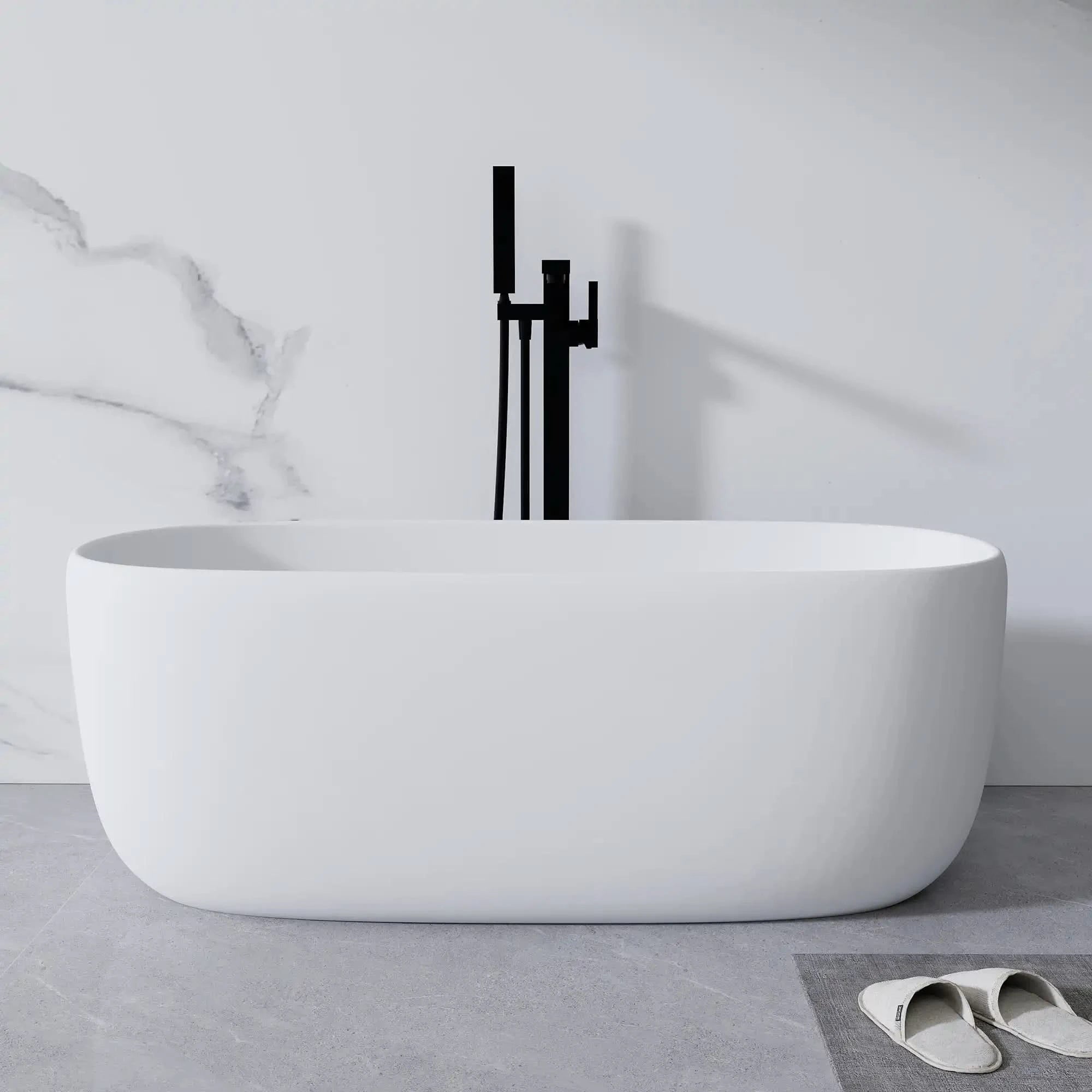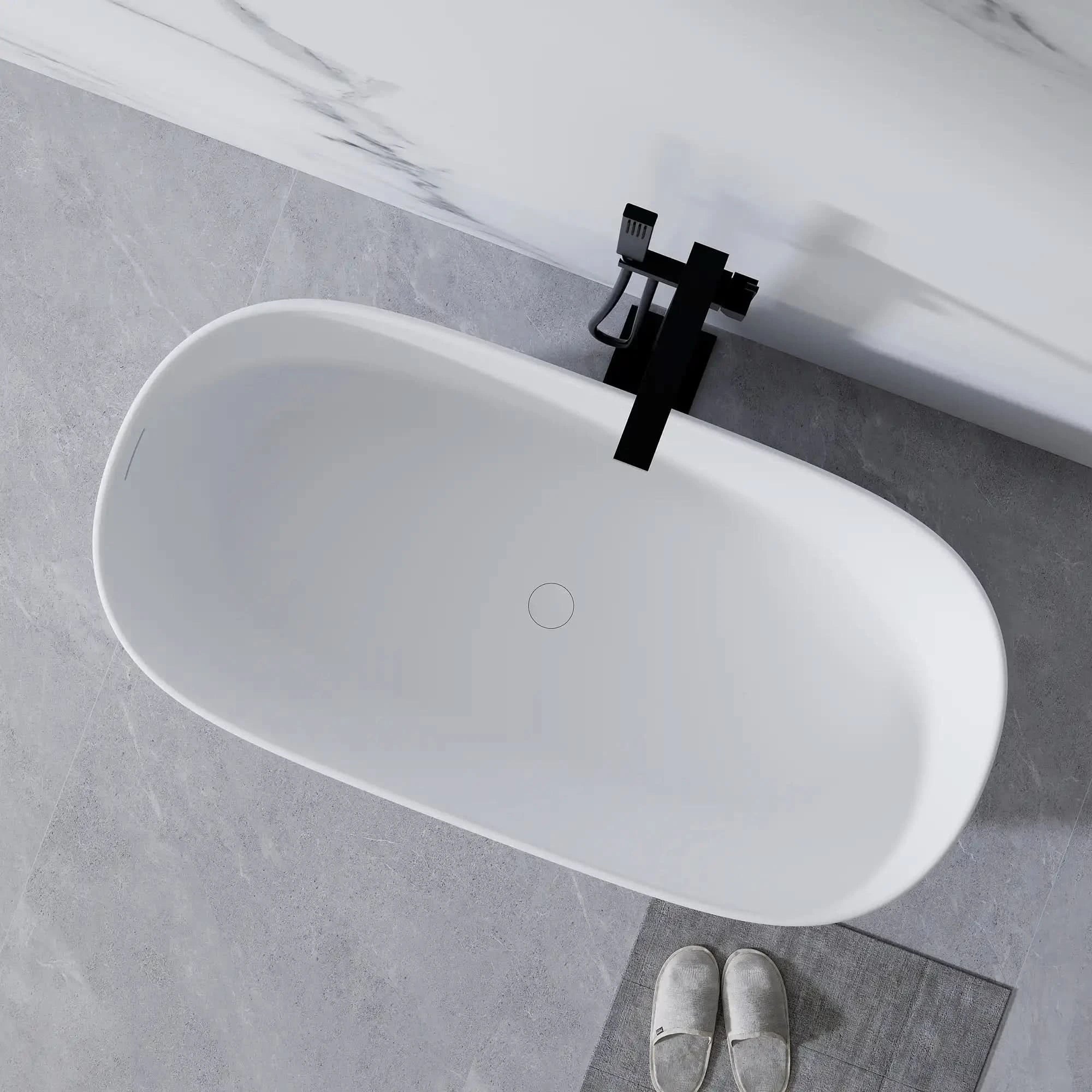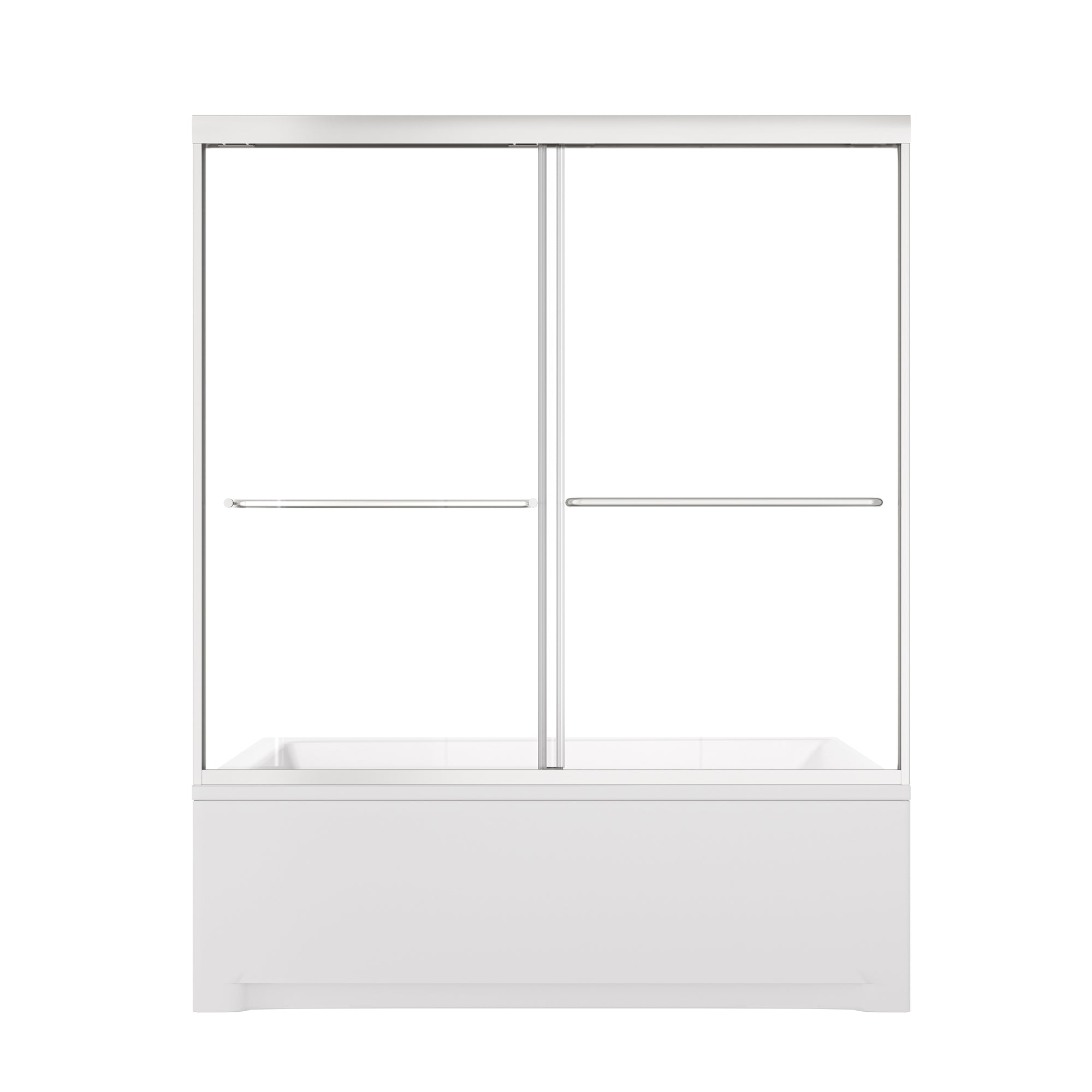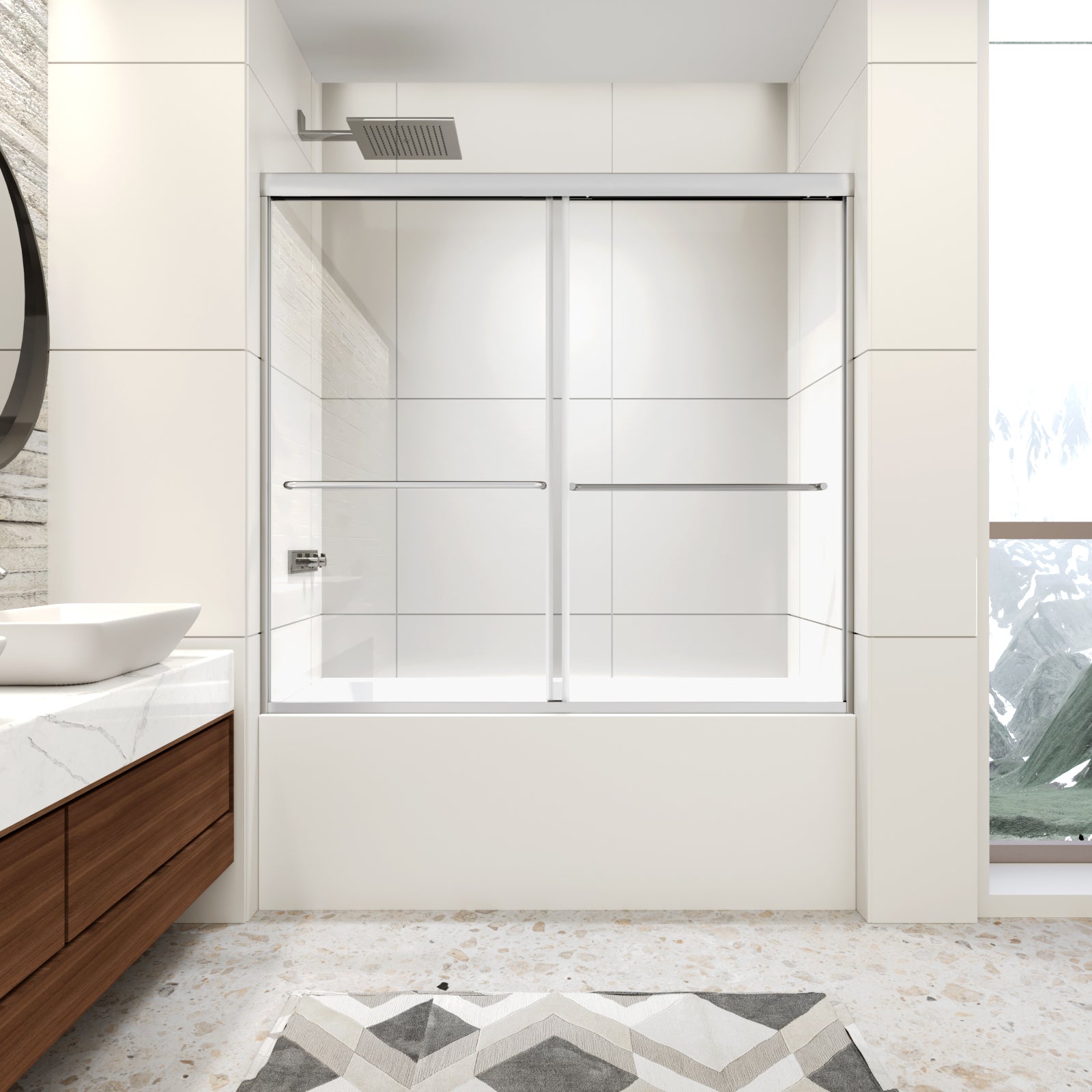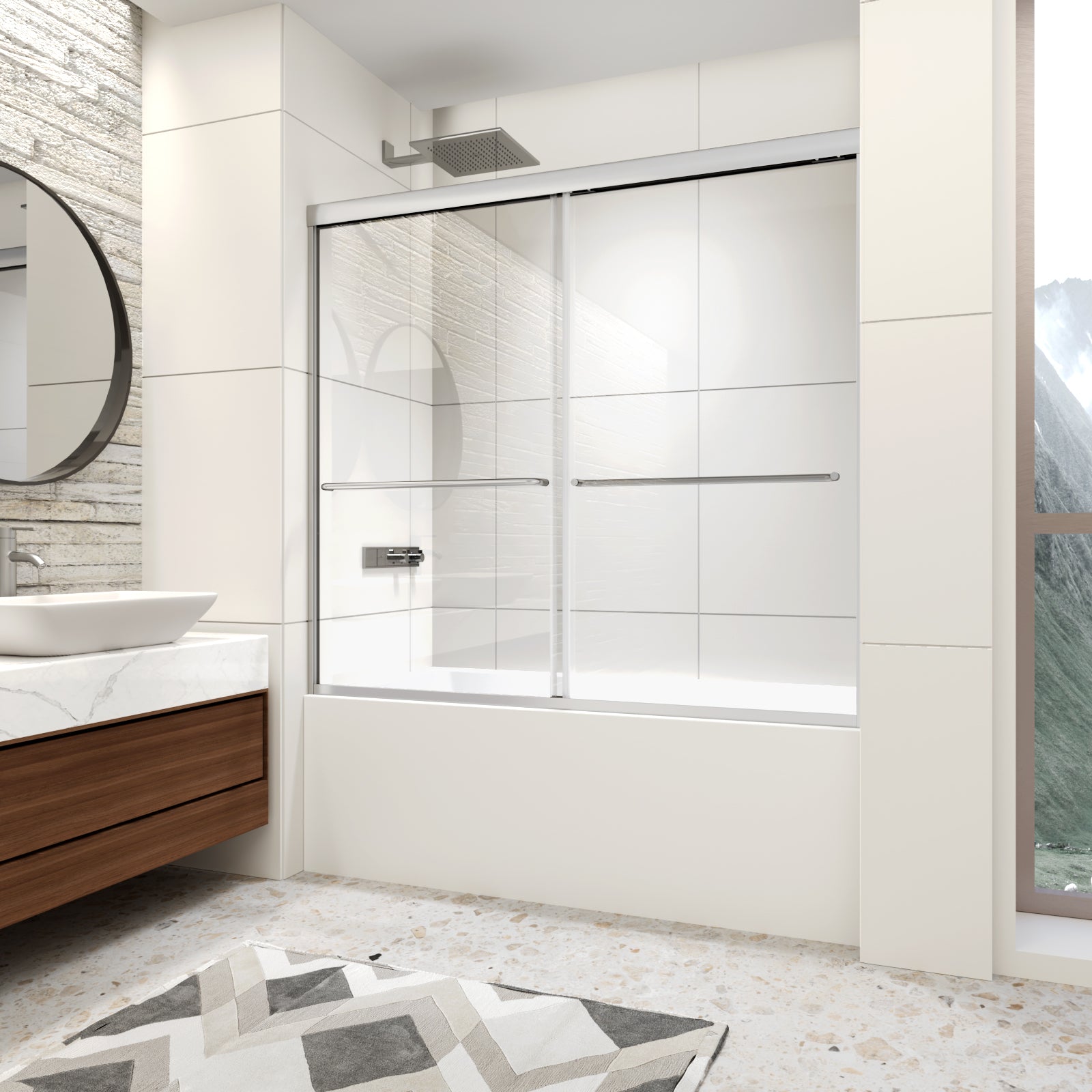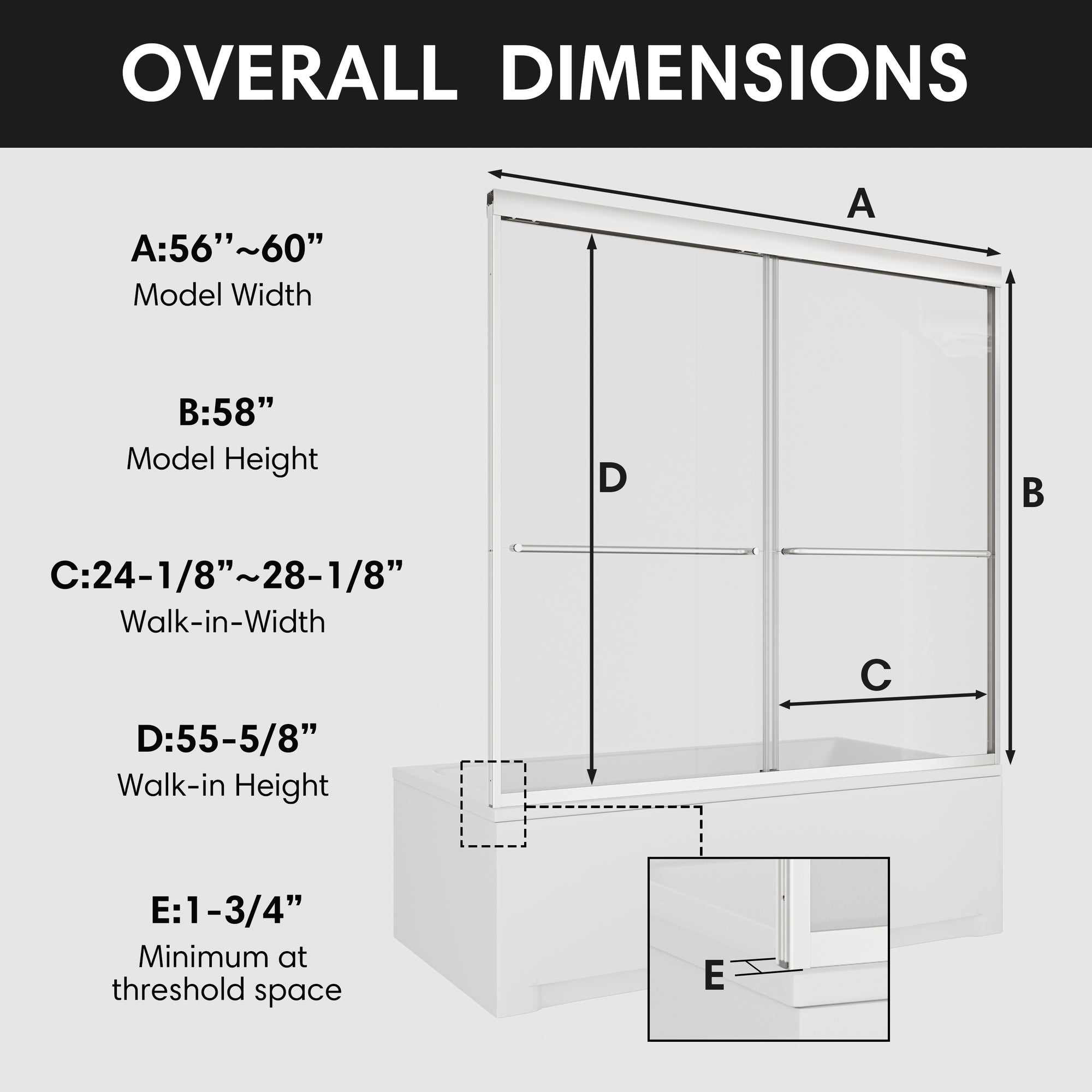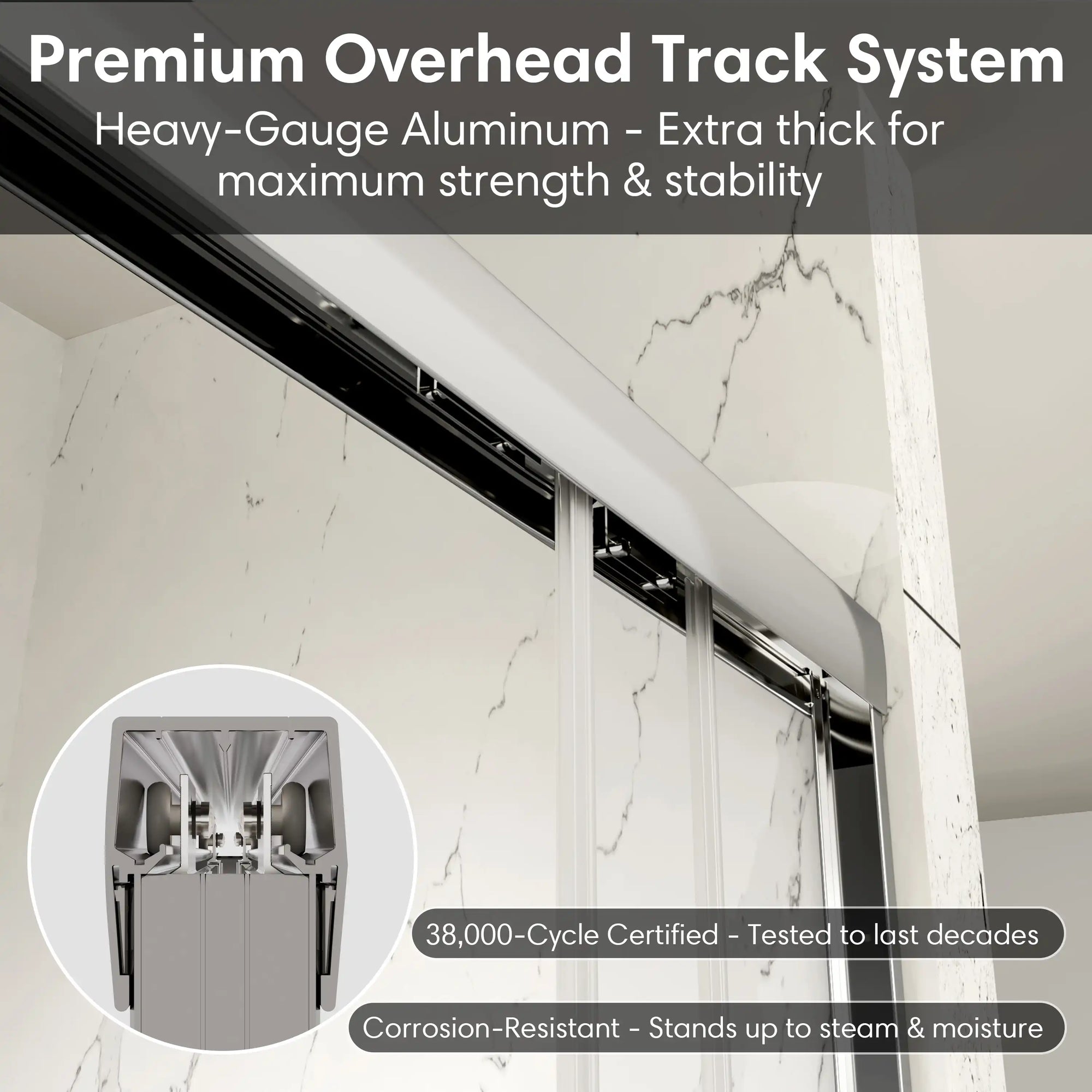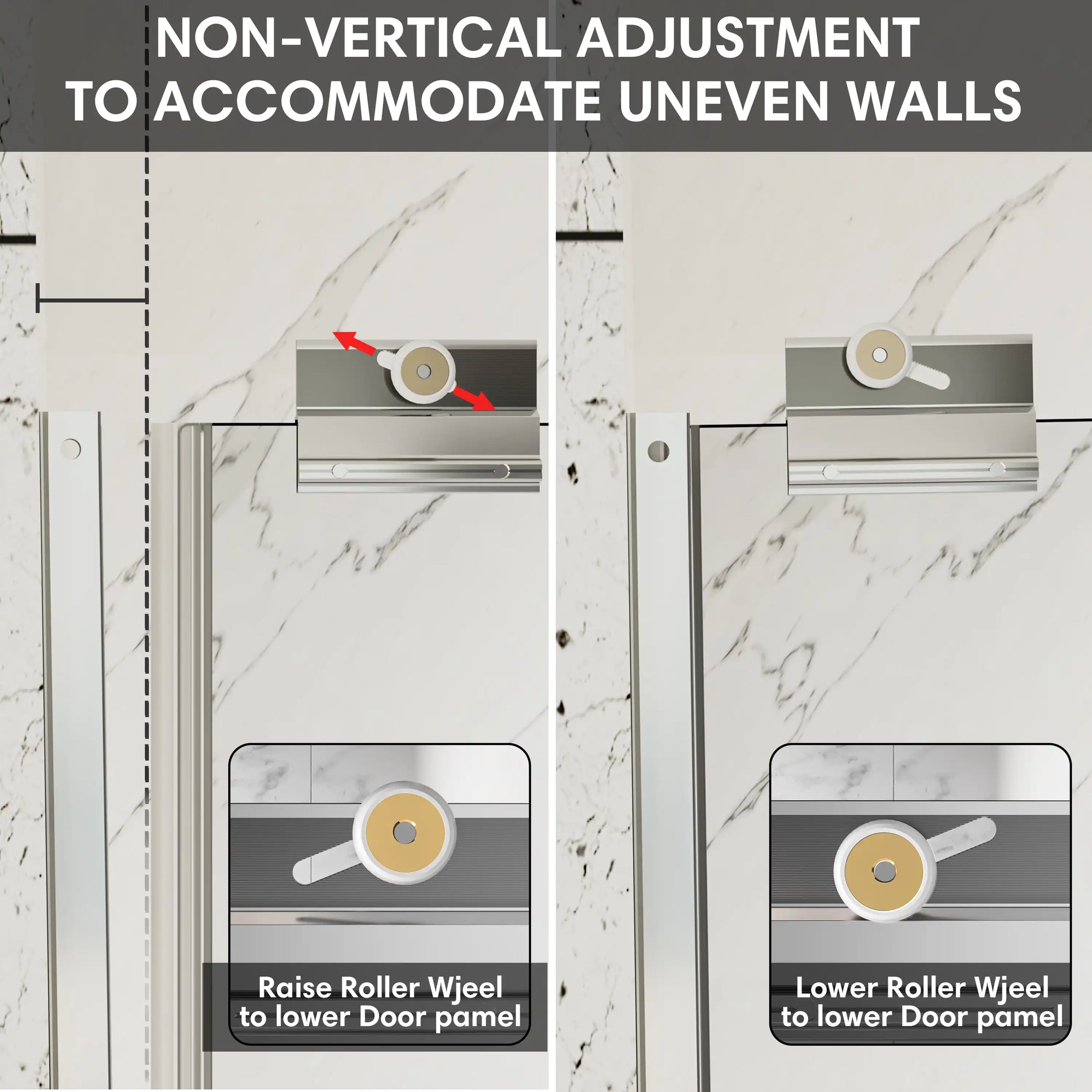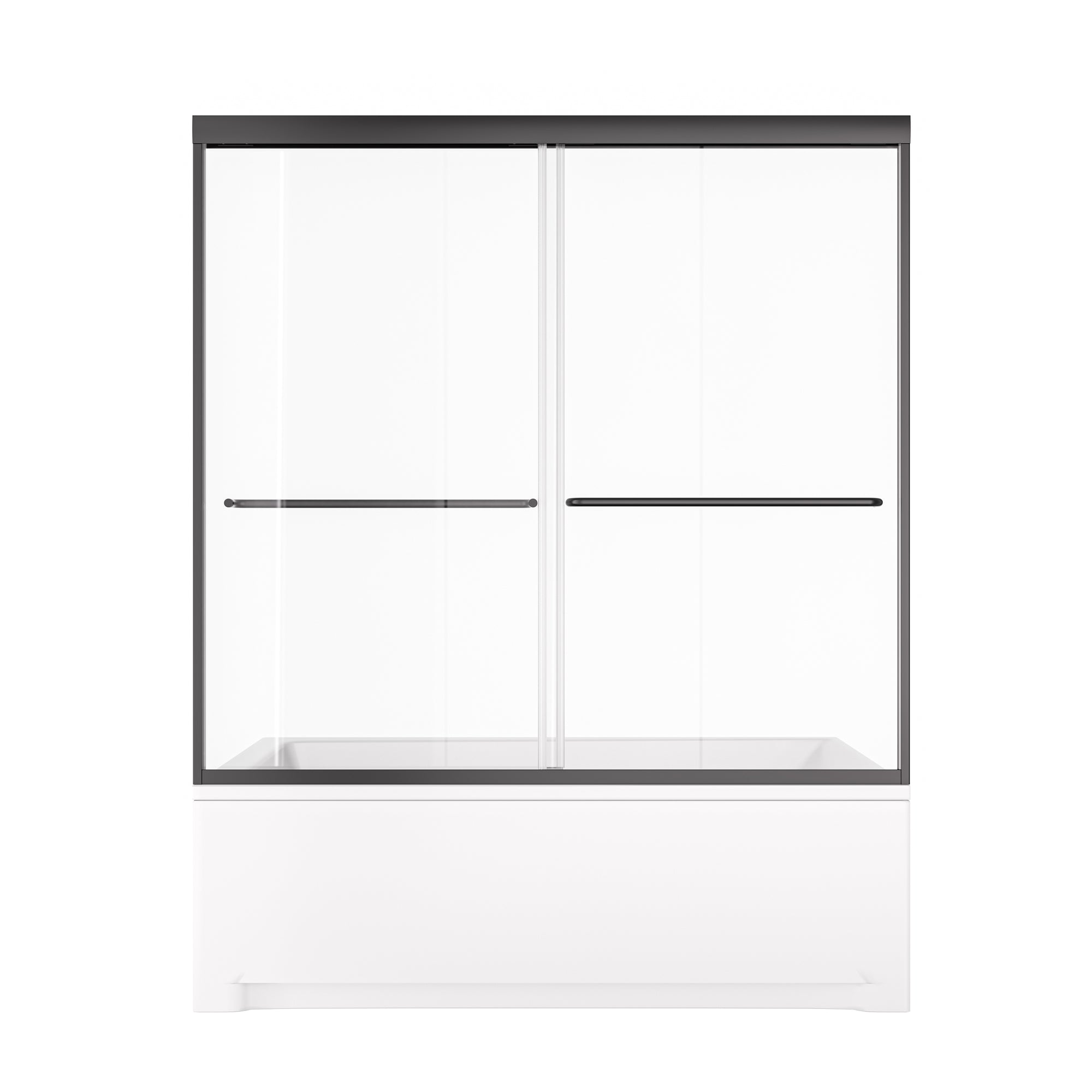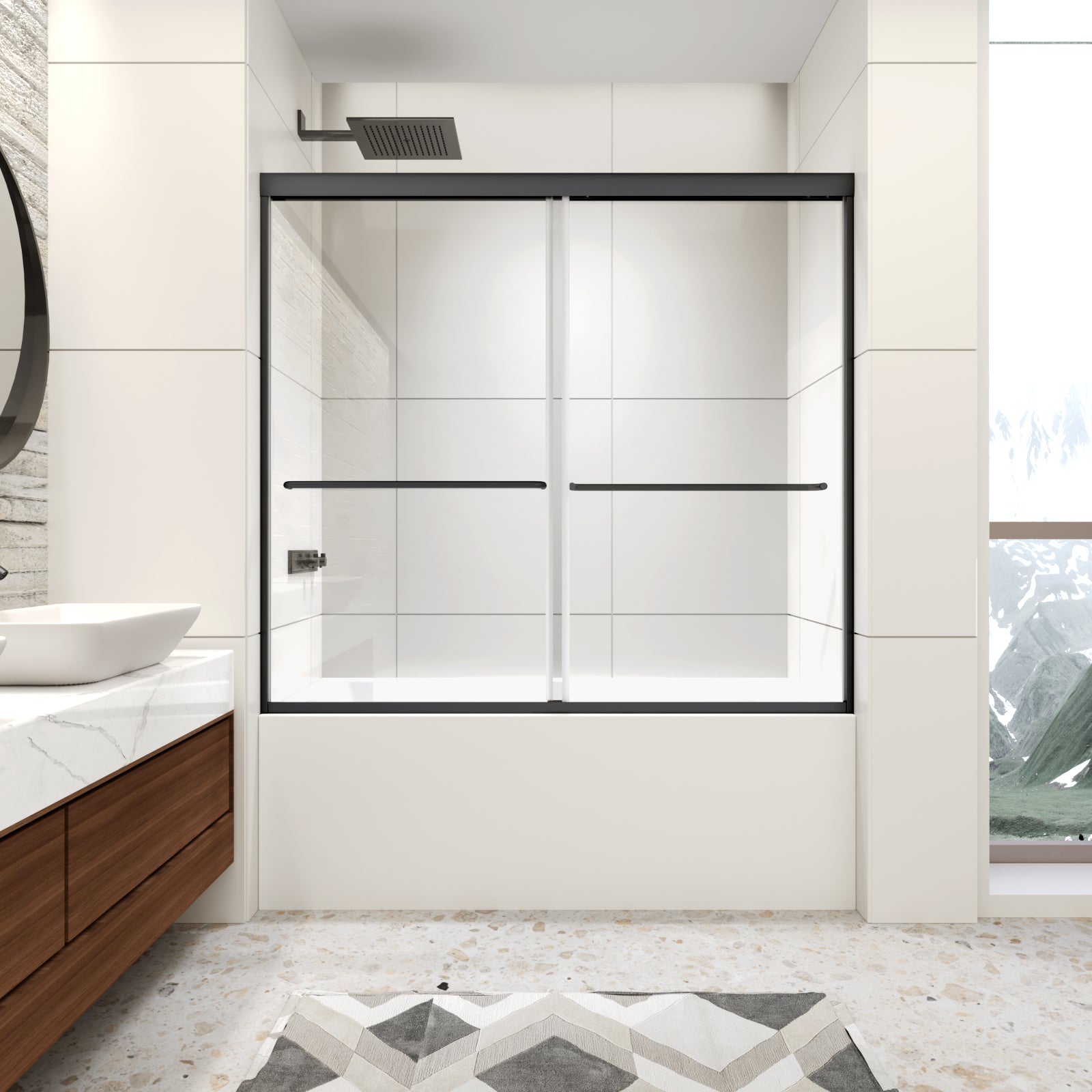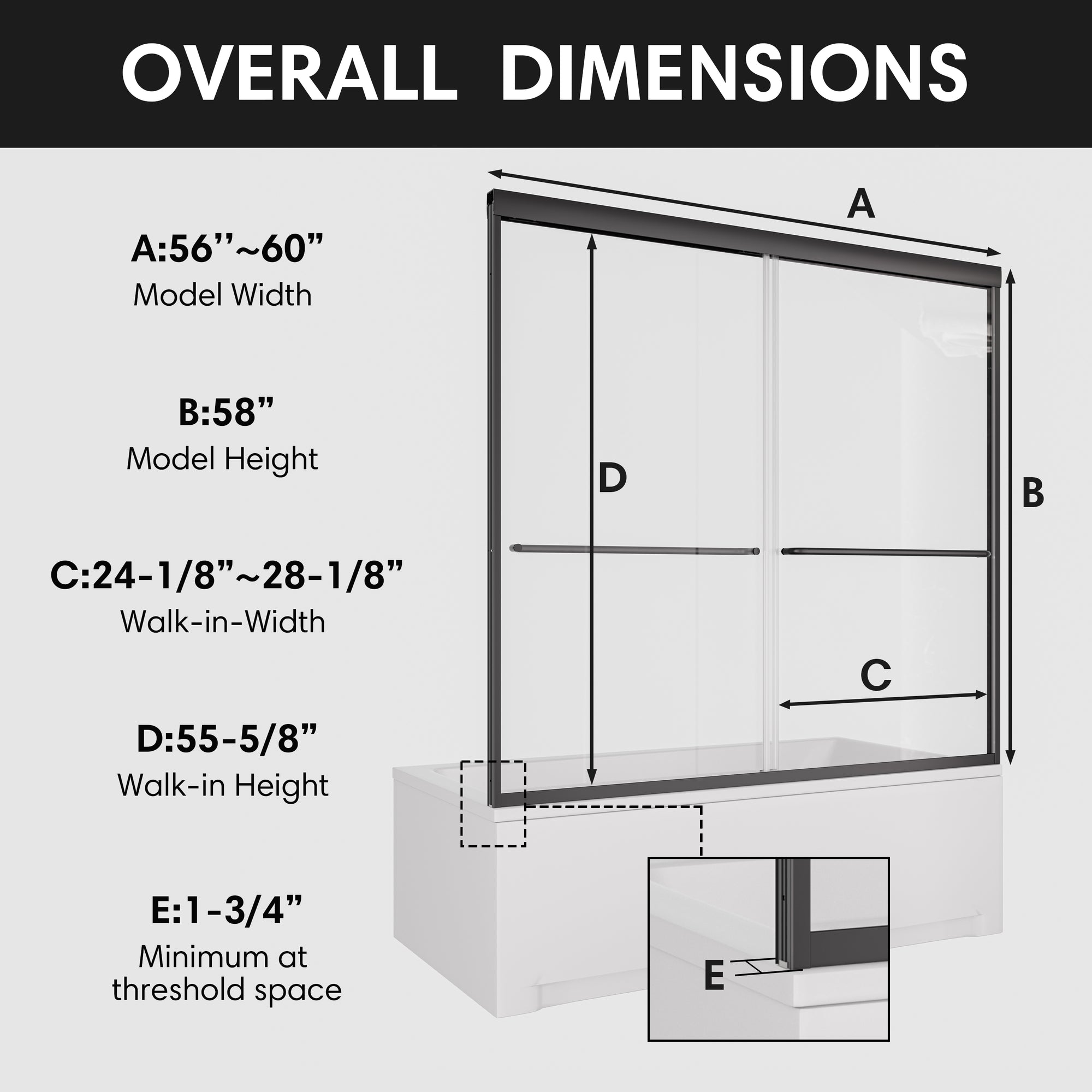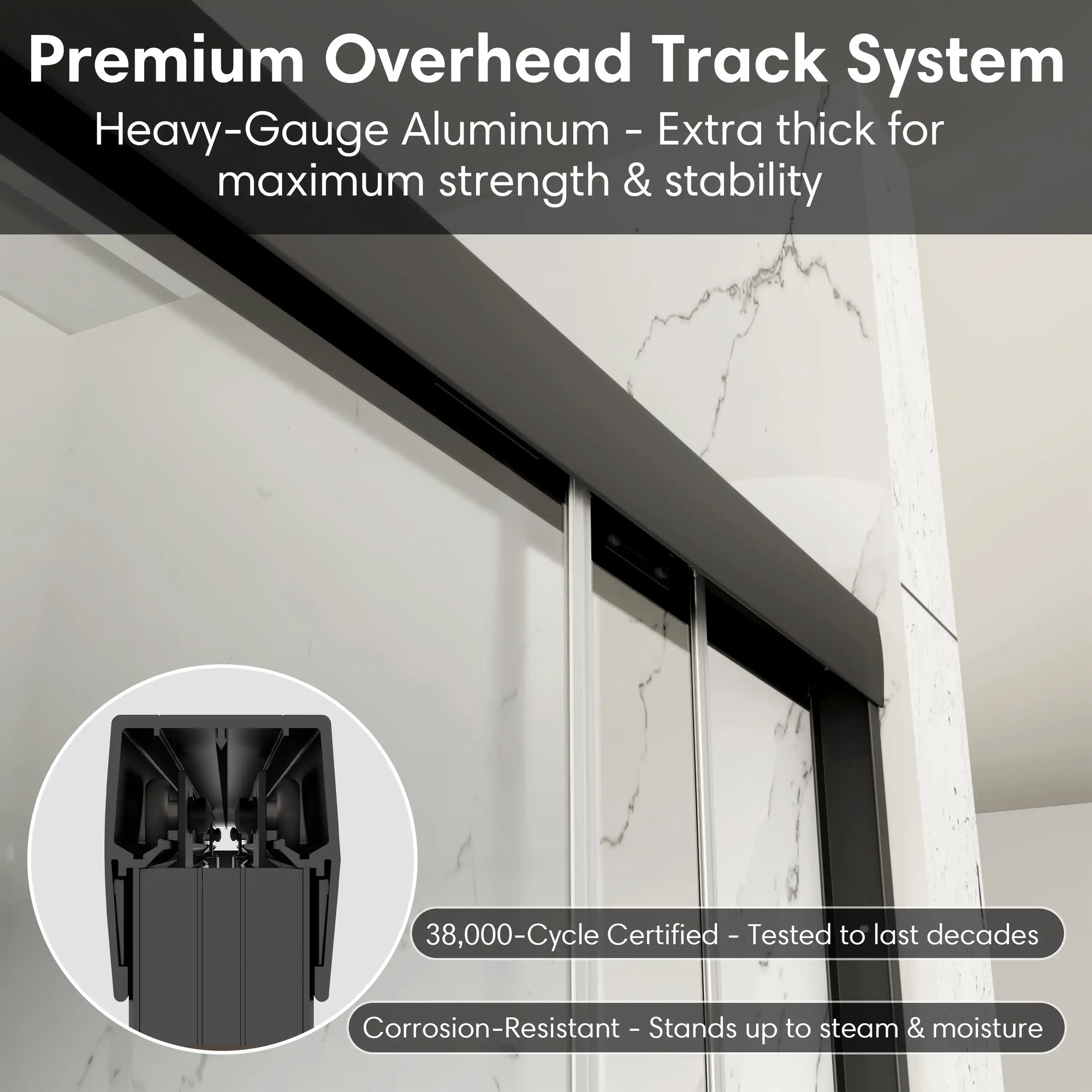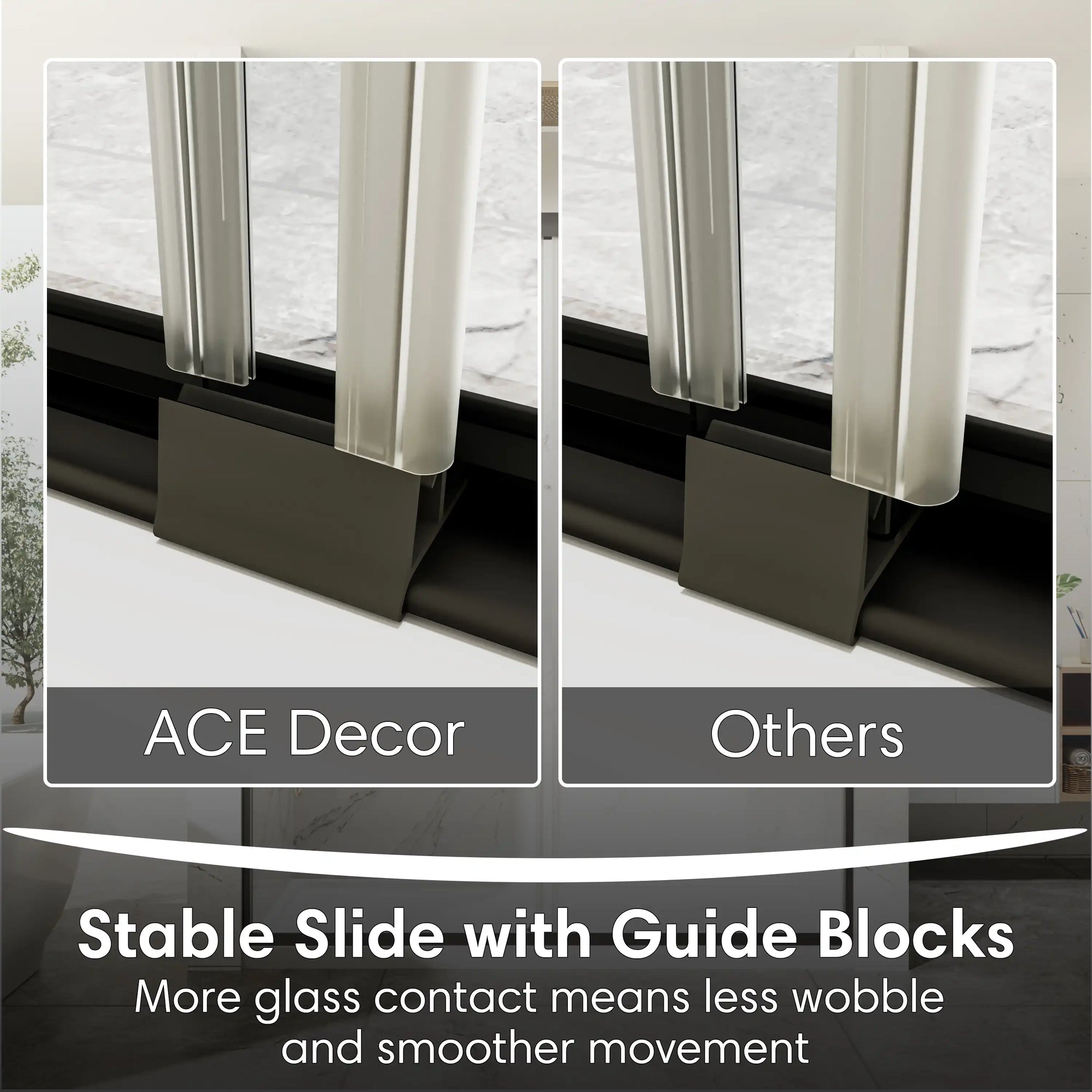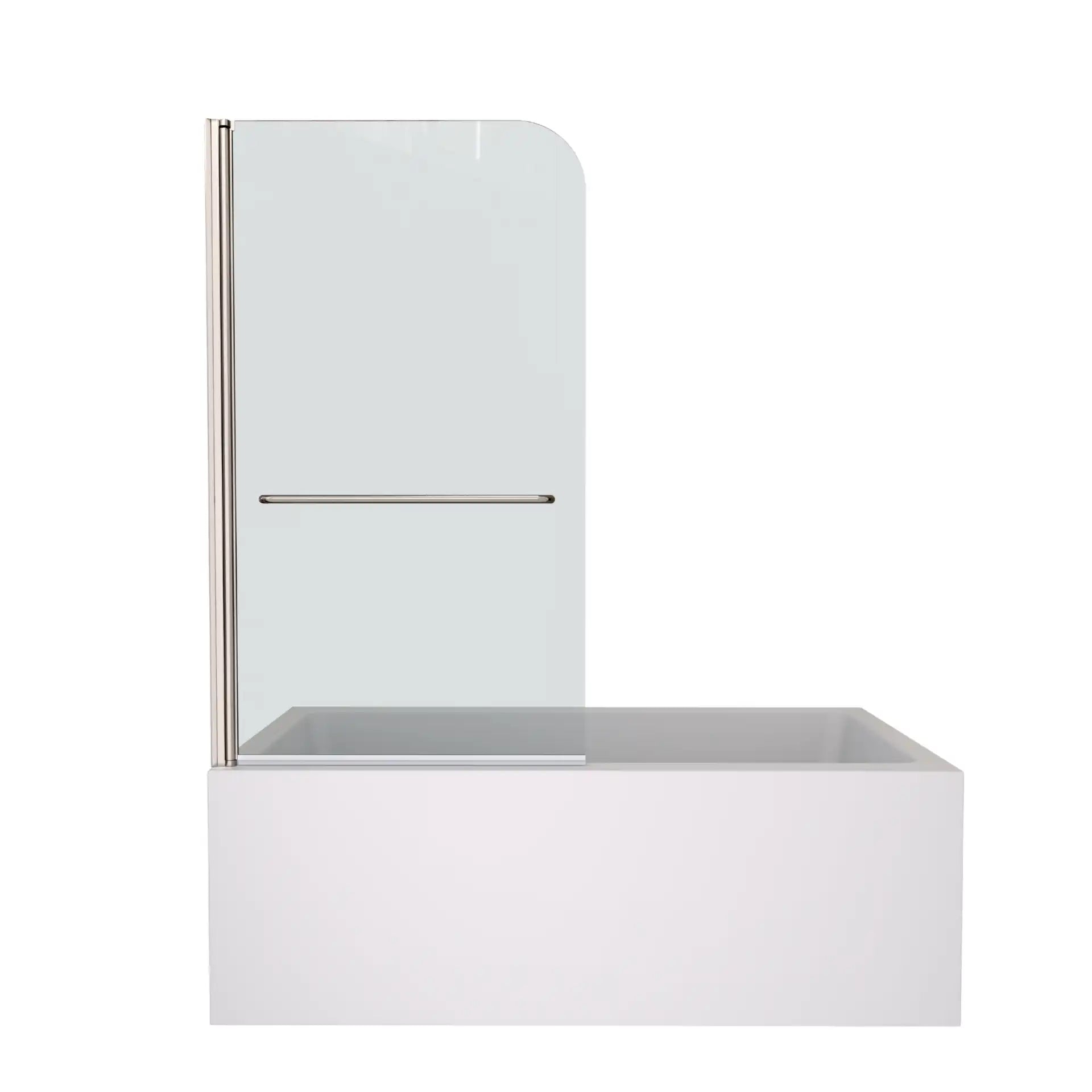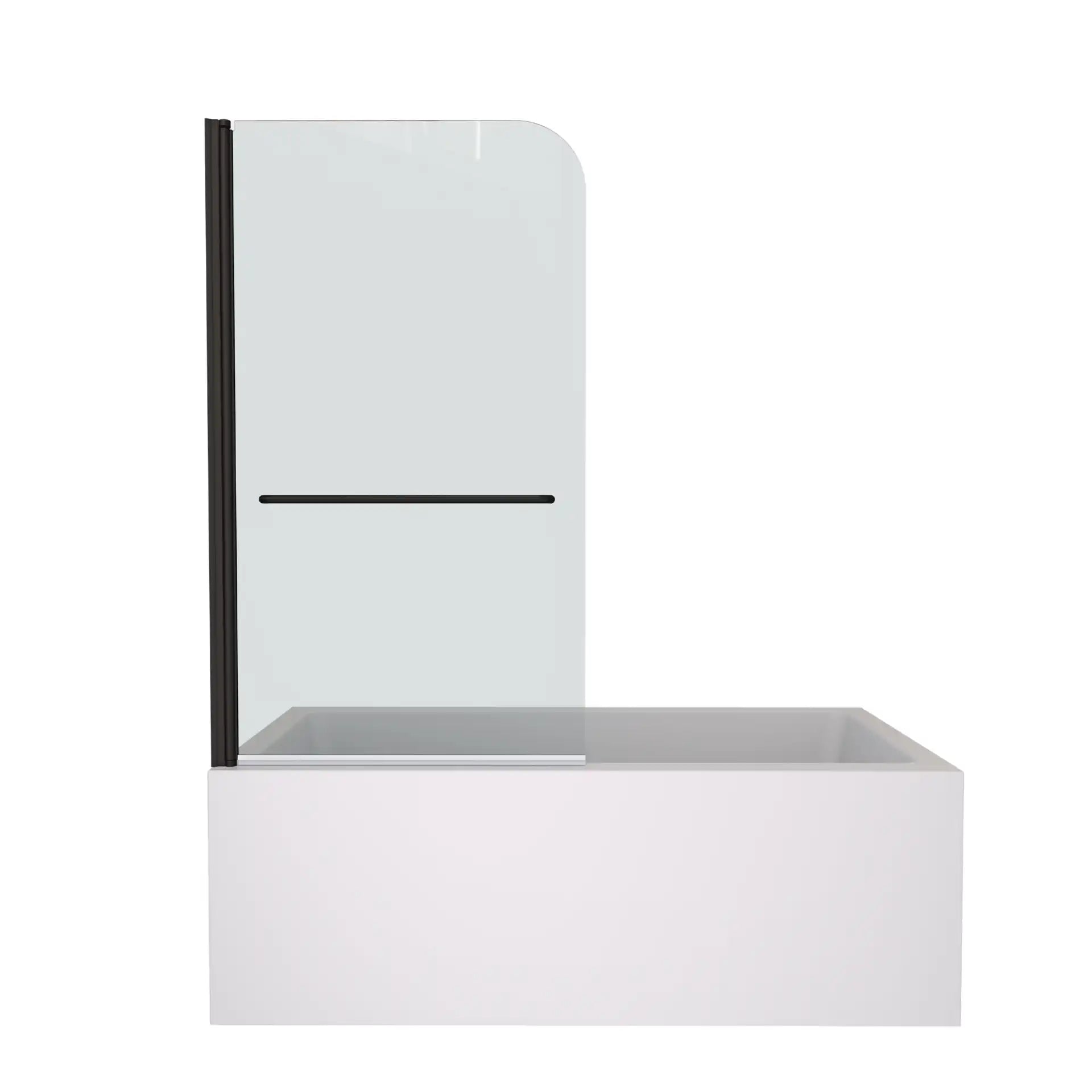A freestanding tub with shower brings together two daily rituals — the quick refresh of a shower and the deep calm of a bath. It’s a design that values both function and atmosphere, fitting homes where relaxation and practicality need to coexist.
Depending on how the space is planned, this combination can look entirely different: a statement tub framed by a circular curtain, a compact corner setup with glass panels, or a spacious layout where a tub and shower share the same open zone. Each approach changes how the bathroom feels and functions, from cozy efficiency to spa-level comfort.
This article looks at three proven layouts, their pros and cons, and how to choose the one that truly fits your lifestyle and space.
Table of Contents:
- Classic Centerpiece Design: Vintage Charm Meets Functionality
- Corner Setup: Practical and Space-Saving
- Luxury Dual-Zone Layout: Spa-Level Comfort
- Design and Maintenance Tips for Combined Bath-and-Shower Spaces
- Conclusion
- FAQ
- Related Articles
Classic Centerpiece Design: Vintage Charm Meets Functionality
In traditional or Victorian-inspired bathrooms, the freestanding tub often takes center stage — literally. Situated in the heart of the space under a suspended rain shower head, and enveloped by a circular curtain rail, it creates, without a doubt, a sultry ambience. It’s a style that harks back to early 20th-century European bathhouses while offering full modern functionality.
In this layout, a freestanding tub with shower becomes the centerpiece of the room. A shower curtain, often suspended from a brass or chrome ceiling ring, creates a contained showering space while allowing the sculptural tub to be visible. Materials play a crucial role: cast iron or acrylic tubs maintain the vintage aesthetic, while ceiling-mounted shower systems in brushed nickel or black finishes add a touch of contemporary sophistication.
However, this setup does come with trade-offs. Water control can be a little tricky since the rain shower head is also ceiling-mounted, and the shower curtain offers only limited splash resistance, and keeping the floor dry may require extra attention. Additionally, ceiling-mounted plumbing can be costlier and more complex to install.
Despite these practical considerations, the freestanding tub with an overhead shower remains unmatched for those who value atmosphere and timeless character. It turns everyday bathing into an experience — chic, vintage, and irresistibly intimate.

Corner Setup: Practical and Space-Saving
Not every home can accommodate a dramatic centerpiece freestanding tub. In small or medium-sized bathrooms more of a pragmatic approach is to place the freestanding tub with shower in one of the corners. This configuration offers both bath and shower options in a single, compact space and takes up the least amount of floor area as possible.
In this arrangement, the tub is typically used with a fixed glass panel or shower door to contain water, along with a wall-mounted shower head or a dual-function system. The overall aesthetic leans toward modern minimalism — clean lines, clear glass, and unobtrusive fixtures that make the space feel open and uncluttered. It is especially ideal for homeowners who love the luxury of a standalone tub but require a standing shower for practicality on a daily basis.
There are, however, important considerations. Freestanding tubs are designed to stand apart from walls, which means there’s often a narrow gap between the tub and the surrounding surfaces. This space can be difficult to clean and may trap moisture if not properly ventilated. In addition, freestanding tubs generally are taller than alcove tubs, which could make them a bit more difficult to step into or out of, especially for children or older adults.

Luxury Dual-Zone Layout: Spa-Level Comfort
In larger master baths, the ultimate luxury is to create a dedicated wet zone that uses both a tub and a separate shower system in the same space. Rather than stacking functions vertically, this layout separates them horizontally, allowing each element to shine while maintaining visual unity.
In a typical design, one end of the shower room would be fitted with a freestanding tub, while another corner would feature a luxury shower space, both sharing a consistent tile finish, lighting scheme and both be enclosed within a oversized glass partition, creating a “wet room” effect that exudes contemporary luxury.
The dual-zone concept provides clear functional advantages. Users can choose between a quick, invigorating shower and a long, soaking bath without compromise. The enclosed space helps retain warmth and minimize humidity in the rest of the bathroom. The transparency of glass maintains the light, unobstructed feel of the room and helps to reinforce the sculptural presence of the tub, even when the shower is being used.
The trade-off is that it requires much more investment and there is greater design complexity. Proper waterproofing, drainage, and ventilation are critical, especially in large enclosed zones. Installation costs for dual plumbing systems and premium materials such as frameless glass or natural stone can also add up.
As such, for homeowners who want the utmost in comfort and appeal, this layout is the highest expression of the freestanding tub with a shower design: stylish, space-efficient, and plush.

Design and Maintenance Tips for Combined Bath-and-Shower Spaces
Whether you have decided to place a freestanding tub and the shower in the same room or not, it is always crucial to combine them gracefully. This means that you should take into account a few design and maintenance rules:
1. Manage water control. Use a glass panel to prevent splashing. If you prefer a curtain, ensure it extends fully inside the tub and dries quickly to avoid mildew.
2. Prioritize floor protection. Bathrooms that integrate a freestanding tub with shower should feature anti-slip, water-resistant flooring with a slight gradient toward the drain. Porcelain or textured stone tiles perform better than polished marble for safety and durability.
3. Consider accessibility. Install grab bars or a built-in ledge if the tub is deep. For wall-mounted showers, ensure that the valve and the height of the spray are comfortable for both sitting and standing users.
4. Simplify cleaning. Seamless silicone sealing, detachable showerheads, and easy-access drainage points make upkeep easier. Regular ventilation prevents condensation buildup around the tub base.
5. Choose quality fixtures. Moisture and soap exposure are constant in combined setups. Invest in good corrosion-resistant hardware and ensure the properly sealed finish is guaranteed.

Conclusion
A freestanding tub with shower is not only an aesthetic choice, but also a practical choice. While each of the options has its own advantages and challenges, they all serve one similar purpose of helping to turn the bathroom into a space to relax, refresh, and express yourself. With careful planning, even a compact space can deliver the serenity and flexibility of a spa retreat — right at home.
Q1. Can I install a freestanding tub with shower in a small bathroom?
Q2. Are freestanding tubs harder to clean than built-in models?
Q3. What flooring is best under a freestanding tub with shower?
Q4. Does combining a bathtub and shower affect home resale value?
Bathtub Shower Combo for Small Spaces: Benefits, Drawbacks, and Design Tips
Minimalist vs. Maximalist Bathtub Decor: Which One is Your Vibe?
Space-Smart Alcove Bathtub Ideas for Cozy Bathrooms
How to Choose the Perfect Freestanding Bathtub Shower for Your Home
